19 best free things to do in Tokyo

Mar 21, 2024 • 8 min read
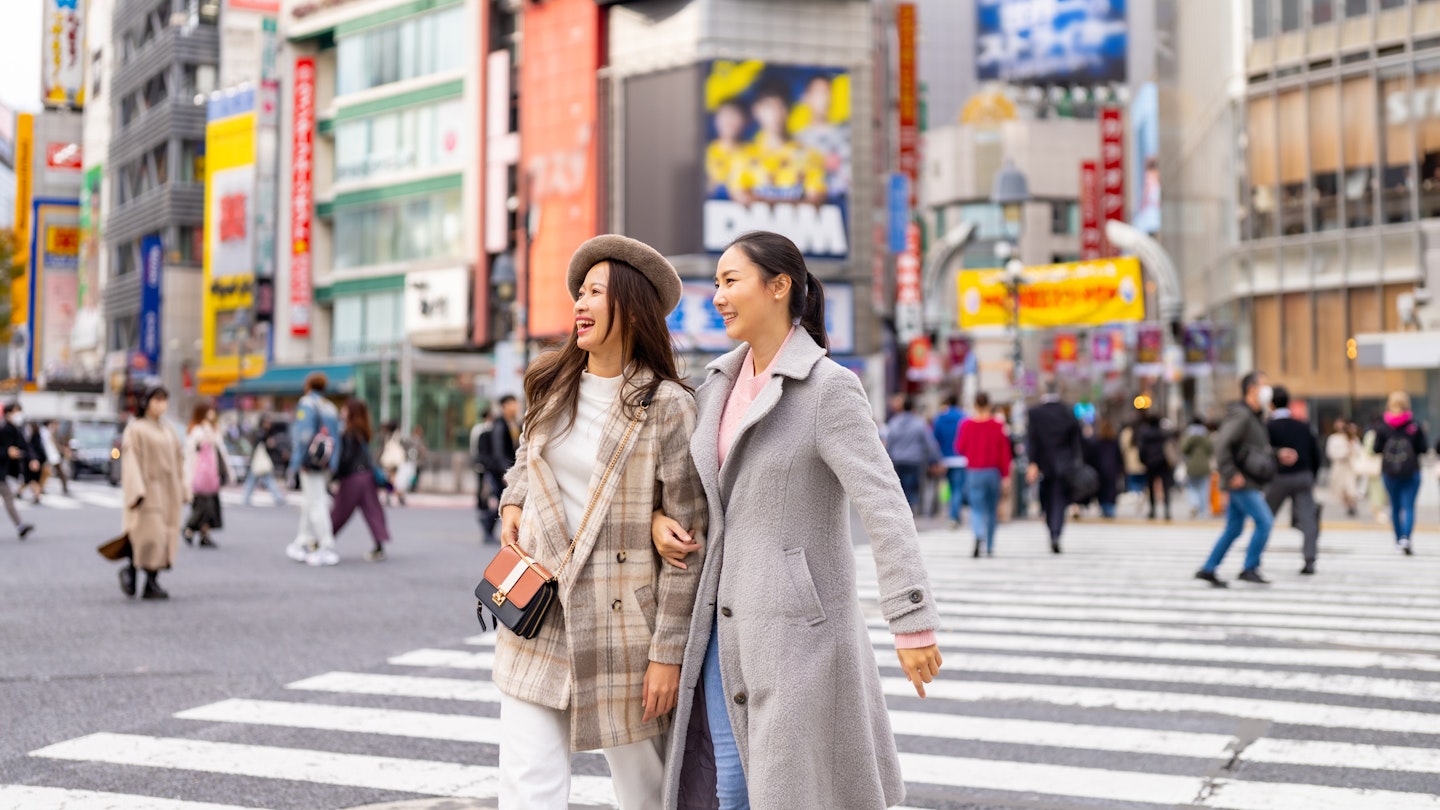
From iconic urban landmarks to sumo wrestling, there's plenty to see for free in Tokyo © Mint Images / Getty Images
Exploring Japan's capital is a mind-blowing experience, but it can also blow your budget.
Don't despair – there’s an abundance of things to do and see in Tokyo that don’t cost a single yen. From gardens and temples to contemporary art, sumo practice and a world-famous fish market, here's a list of Tokyo's best free attractions.

1. Stroll the grounds of the Imperial Palace
Follow the moats and paths surrounding Tokyo’s central point, the Imperial Palace , for views of its famous bridges and remnants of the old medieval keep. It’s 5km (3 miles) around the palace grounds – a popular local jogging course if you want to fit in some cardio while admiring the scenery.
Take a detour through the accompanying gardens without dipping into your wallet. The Imperial Palace East Garden encompasses the Honmaru and Ninomaru , the former innermost circles of the castle, featuring broad lawns, small stretches of woodland and seasonal flora (check out what’s in bloom on the Flower Calendar ).
Kokyo Gaien National Garden marks the area in front of the palace’s Sakuradamon Gate, where Ii Naosuke, a controversial proponent of opening Edo-period Japan to the outside world, was assassinated in 1860.
Kitanomaru Park is the pick of the bunch, home of the Budokan, Japan’s premier martial arts arena, and the Chidorigafuchi Moat. In spring, the path encircling the moat is enlivened by blooming cherry blossoms .
Read more: Discover the best time to visit Tokyo
2. Follow the pilgrim route to Sensō-ji
Follow in the footsteps of countless pilgrims by approaching Sensō-ji , Tokyo’s most famous Buddhist temple, in Asakusa.
The way is lined with colorful stalls selling all manner of souvenirs, from giant rice crackers to washi (handmade paper) fans. Senso-ji is Tokyo’s most-visited religious monument, so prepare for swarms of photo-snapping tourists and a smattering of locals decked out in traditional kimono.
Planning tip: Visit at the crack of dawn – the temple is open from 6am – for a quieter excursion.

3. Explore the streets of Harajuku
The Harajuku neighborhood is probably the world's greatest eye candy; its main street, Takeshita Dori, bursts forth in a maelstrom of vivid colors, kawaii (cute) motifs and the constant babble of frivolous consumers.
Stroll tree-lined Omote-sandō , a glam boulevard of upscale boutiques housed in contemporary buildings, or hang out in Yoyogi-kōen (Yoyogi Park). The sprawling green space hosts frequent international festivals celebrating cultures from Ireland to India, Spain to Thailand, Brazil to Sri Lanka, and many more.
Read more: Tokyo's best neighborhoods
4. See the tuna auction at Toyosu Market
Want to witness Tokyo’s famous tuna auction at Toyosu Market ? A limited number of visitors who apply in advance can watch the hour-long quick-fire bidding from a viewing platform near the market floor; check the website for details .
Although Toyosu Market may lack the rustic charm of its predecessor in Tsukiji, visitors are nevertheless welcome to wander the sprawling complex. Infographics and exhibition spaces detail the storied history of the world’s greatest fish market; scan the clearly indicated QR codes for multilingual interactive tours.
Planning tip: If you've secured tickets for the tuna auction, you'll need to set your alarm early because it starts around 5:30am.

5. Watch sumo wrestlers training
Even if you can't make a sumo tournament, you can see sumo wrestlers going through their training drills at a sumo stable, such as Arashio Stable , where visitors can watch the morning practice session ( asa-keiko ) through windows on the street.
Practice typically takes place between 7:30am and 10am on weekday mornings, except in March, July, November and on the week following a major tournament. Check the stable’s website for the up-to-date training schedule .
6. Follow the crowd at Shibuya Crossing
Every few minutes a wave of humanity washes across Shibuya Crossing , thought to be the world's busiest intersection. Join the masses or stand back and watch.
An ideal vantage point is Mag's Park , on the roof of the Shibuya 109-2 department store. A couple of floors down, at the entrance to Mark City, check out the Myth of Tomorrow , a monumental 1967 mural by artist Okamoto Tarō.
7. Visit Yasukuni Shrine
To some, Yasukuni-jinja is Tokyo’s most controversial religious monument. To others, it’s a source of pride. Then there’s the argument that removing it would amount to revisionist history.
Yasukuni Shrine commemorates Japan’s approximately 2.5 million war dead (moral ambiguities notwithstanding), including the kamikaze pilots of WWII and convicted war criminals.
Along its flagstone entranceway, you’ll find locals paying homage to their fallen ancestors indicated by a procession of paper lanterns – all 30,000 of which are illuminated during the summer Mitama Matsuri festival – while the comparatively humble shrine building is surrounded by blooming groves of sakura (cherry blossoms) in spring.

8. Hear Godzilla roar
Fans of kaijū (strange beasts from Japanese monster flicks) will want to pay their respects to the giant Godzilla that lords over the Hotel Gracery Shinjuku . Amateur videographers should head down between noon and 8pm when Godzilla belts out thunderous roars on the hour.
Planning tip: While you’re here, wander around the electrified Kabukicho neighborhood, Tokyo's red-light district, or head to nearby Golden Gai, a warren of Showa-period alleyways housing hundreds of shoebox bars.
9. Visit Tokyo's weird, wonderful (and free) museums
Tokyo has some of the most bizarre museums in the world, and in a bid to attract curious eyes, many offer free admission. The Meguro Parasitology Museum , thought to be the only institution of its kind globally, displays a range of sinister parasites suspended in formaldehyde-filled casings.
The Rainbow Sewerage Museum delves into the engineering feats necessary to flush excrement from the world’s most populous metropolis – interactive exhibitions included.
For coin collectors and enthusiasts, head to the Bank of Japan Currency Museum , which is (ironically) also free. Or check out the Advertising Museum Tokyo , where montage displays of old ads illuminate the visual history of commerce in Japan over the last century or so.

10. Walk the forests of Meiji-jingū
Escape to the densely wooded grounds that envelop the capital’s premier Shintō shrine, Meiji-jingū . The walking path is particularly ethereal on misty and drizzly afternoons and, if you’re lucky, you might spot a traditional wedding procession or robe-clad priest.
11. Walk the Rainbow Bridge to Odaiba
This island of reclaimed land in Tokyo Bay is linked to the city by the Rainbow Bridge, which is illuminated in its eponymous colors come nightfall.
Walk over the 798m-long (2618ft) single-span suspension bridge to Odaiba , an uber-modern commercial district, where you can sunbathe on an artificial beach (weather permitting), see a Statue of Liberty replica , and gaze upon a larger-than-life Gundam statue .
12. Take a tour of the National Diet
Art and anime not your thing? Then how about a free tour of Japan’s seat of governance, the National Diet , to view the wood-panelled, leather-bound and gilded interiors and the gardens planted with species from across the country.
English tours take place on Mondays at 2pm, and Tuesday to Friday at 3pm (excluding national holidays). Reservations , with some stipulations, are necessary.

13. Crack open a beer at one of Tokyo's parks and gardens
Admire beautiful foliage and horticultural skills in Tokyo’s traditional gardens. Free-to-enter gardens include those attached to the Hotel New Ōtani in Akasaka and the Hotel Chinzanso, as well as the lush grounds of Happō-en , near Shirokanedai Station.
Tokyo also has excellent public parks , from Ueno-kōen in the north, to Inokashira-kōen in Kichijōji (where the not free-to-enter Studio Ghibli Museum is also located).
Planning tip: Parks are prime spots for joining beer-fueled hanami (flower-watching) parties during the spring cherry blossom season.
14. Travel back to pre-WWII Tokyo in Yanesen
The streets of Yanaka, Nezu and Sendagi – three areas collectively known as Yanesen – offer a lens into pre-WWII Tokyo.
These areas were collectively spared by firebombings, so you'll find narrow walking streets, small temples and shrines, craft shops, galleries, and cafes, and Yanaka-reien , one of the city’s oldest graveyards. Interesting galleries include SCAI the Bathhouse , in a 200-year-old public bath.

15. Traverse Tokyo’s winter wonderlands
Tokyo embraces the festive spirit every winter with seasonal illuminations in parks and commercial complexes, many of which are free of charge.
Around 600,000 crystal blue lights create Shibuya's Ao no Dokutsu (blue cave) along a pedestrianised street leading to Yoyogi Park, while the barren zelkova trees lining fashion-focused boulevard Omote-sandō are wrapped in champagne gold.
Admire a glimmering LED display in view of Tokyo Tower from the observation bridge at Roppongi Hills. Or head to the Yebisu Garden Place Christmas Market presided over by a 10m-tall Christmas tree and Baccarat crystal chandelier.
16. Get arty in Roppongi
This fabled nightlife neighborhood is also a treat to explore in daylight. There’s plenty of public art scattered around the glitzy commercial complexes of Roppongi Hills and Tokyo Midtown , as well as dazzling contemporary architecture at the National Art Center Tokyo .
Tokyo Tower – the Eiffel-esque symbol of the modern metropolis – is nearby; there’s an admission charge, but a free stroll around the base gives a real sense of its imposing stature.
17. Take in the views from the Tokyo Metropolitan Government Building
Survey the city 202m (663ft) above ground from the observation deck of the Tokyo Metropolitan Government Building – on a clear day you may even catch a glimpse of Mt Fuji . Come at dusk to see spectacular sunsets and to witness the city bursting into neon-lit action.

18. Peruse the stalls and street food vendors at Tsukiji Market
Tsukiji Market has a bunch of stalls selling culinary products such as dried aonori (edible seaweed), pickles, bamboo rolling mats, kitchen knives, and more. Come early to get breakfast (at a price) from the food vendors and to bask in some old Tokyo ambience.
Planning tip: If the weather is on your side, embark upon a lengthy (approximately 6km/4-mile) stroll along the Sumida River promenade to Asakusa in the north, where Sensō-ji resides. Expect to find afternoon joggers, lone musicians practicing their craft, and river taxis chugging along the way.
19. Climb Mount Takao
Deep in the west Tokyo suburbs sits Mt Takao, a 599m-tall (1965ft) peak topped by an observation area, beer garden and Buddhist temple.
There are several walking trails to the top, all of which are manageable with a moderate level of fitness.
Planning tip: Head during kōyō (autumn foliage season) for the best views – but be prepared for crowds.
This article was first published May 31, 2019 and updated Mar 21, 2024.
Explore related stories

Aug 28, 2018 • 6 min read
It is a truth universally acknowledged that, despite countless hours of research, sometimes even the most eagerly anticipated trips can go spectacularly…

Sep 16, 2024 • 10 min read

Sep 9, 2024 • 13 min read

Aug 27, 2024 • 8 min read

Jul 23, 2024 • 9 min read

May 17, 2024 • 14 min read

Apr 2, 2024 • 10 min read

Mar 28, 2024 • 6 min read

Mar 27, 2024 • 5 min read

Mar 25, 2024 • 10 min read
- Open main menu
- Open search popup
- Philippines
- Close main menu
- Breaking News
- Current Affairs
- Community News
- New Openings
- Activities & Attractions
- Food Reviews
- Food Guides
- Nightlife Guides
- Hotel Reviews
- Hotel Guides
- Family & Kid-friendly
- Photo Spots
- Monthly Lobangs
- Sports & Fitness
- Beauty & Wellness
- Volunteering
- Phillippines
- New Zealand
- Africa & Middle East
- Rest of World
- Travel Guides & Tips
- Perspectives
- Inspiration
- Self-Improvement
- UPCOMING EVENTS
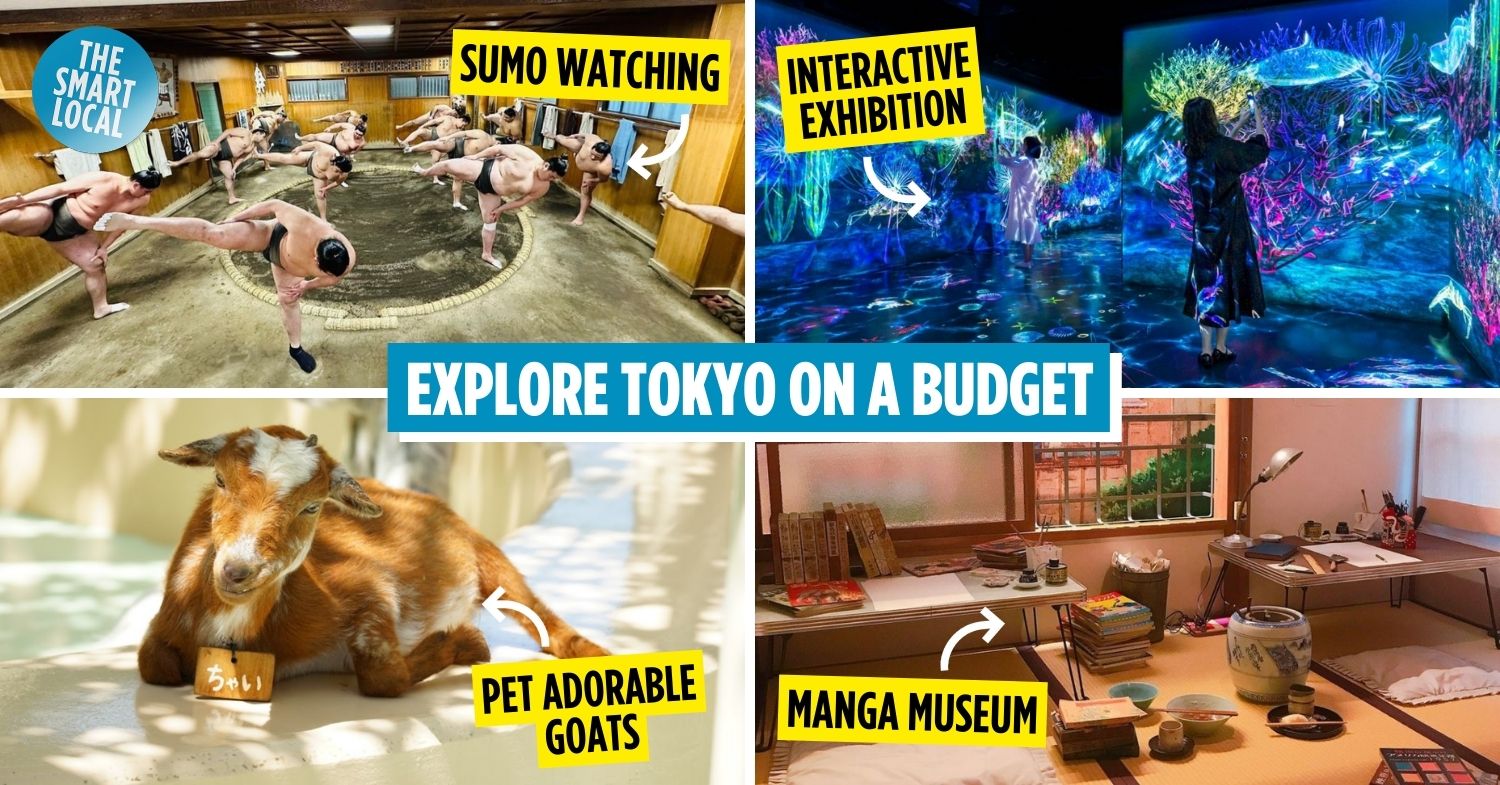
24 Free Things To Do In Tokyo Besides Sightseeing, Including Pony Rides, Beer Tours, & Sumo Watching
Free activities in Tokyo
As the world’s largest metropolis, Tokyo is stacked with exciting adventures and beautiful sceneries. For those who wish to explore more of Tokyo’s culture or simply spend a day having fun without burning a hole in your pocket, we’ve compiled 24 free activities in Tokyo that are interesting and interactive. You don’t need a big budget to enjoy Tokyo’s finest.
Table of Contents
1. Japan Airlines Hangar Tour and Sky Museum
2. attend a pipe-organ concert, 3. galaxy & teamlab: catching and collecting in the sea of life, 4. tuna auction at toyosu fish market, 5. meguro parasitological museum, 6. gyosen park & edogawa city shizen zoo, 7. suntory musashino brewery tour, 8. origami kaikan, 9. sumo watching & the sumo museum, 10. train stamp collecting, 11. join a free walking tour, 12. national diet building tour, 13. coca-cola bottlers japan factory tour, 14. bank of japan currency museum, 15. haneda innovation city, 16. japan sake and shochu information center, 17. morinaga milk tama tokyo factory, 18. toshima city tokiwaso manga museum, 19. take a wasen boat ride, 20. chofu aerospace center of jaxa, 21. tv asahi, 22. intermediatheque, 23. ride a pony at shinozaki pony land or nagisa pony land, 24. meiji university museum, free things to do in tokyo.
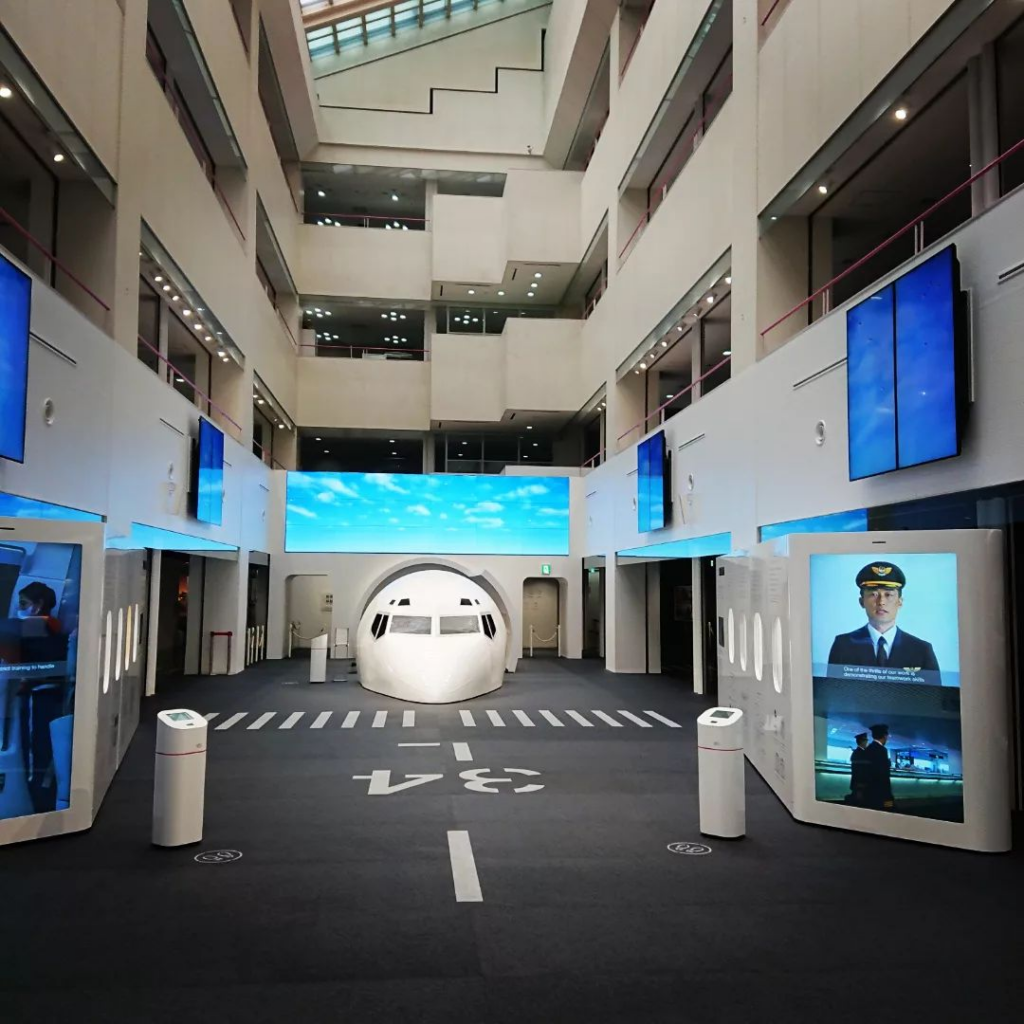
If you’re not travelling overseas anytime soon yet want to catch a glimpse of planes, this is the place for you. Japan Airlines (JAL) runs a tour of its hangar and the Sky Museum at these time slots – 9.30am, 10.45am, and 14.45pm, from Saturdays to Tuesdays, and on Thursdays.

For the first hour of the tour, you’ll see the Sky Museum. Freely roam around places such as the sky runway, aviation school, and more. Here, you can pretend to be a pilot and sit in a mock cockpit!
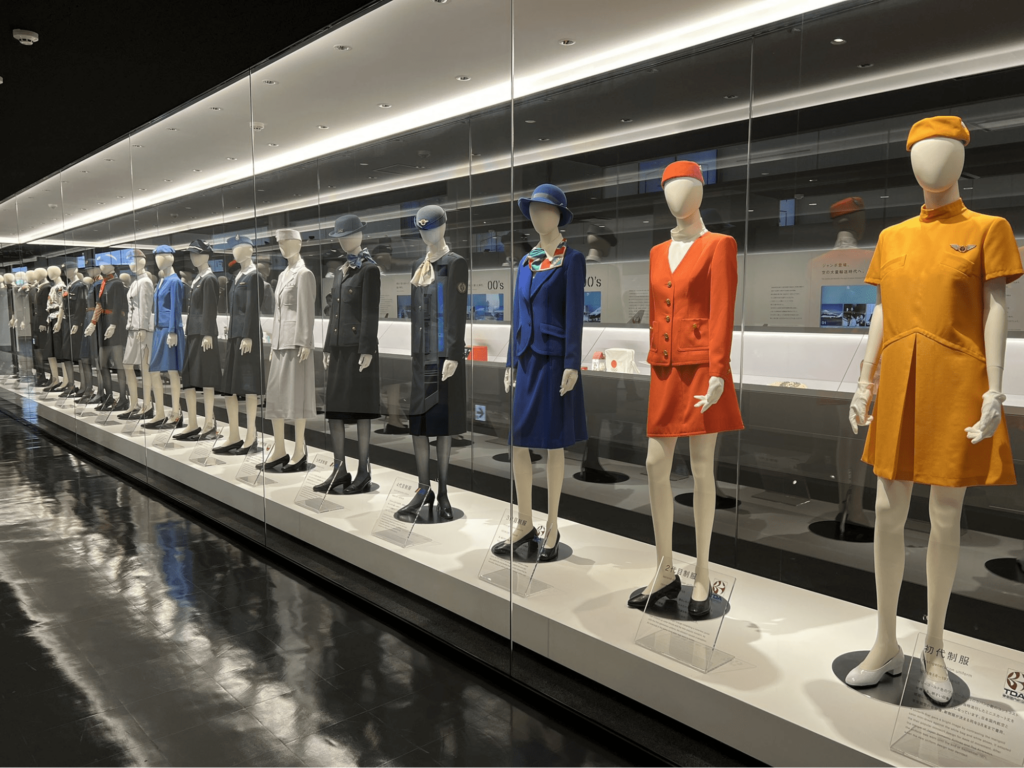
Visit the Archives Zone to learn the history of JAL. See their evolution through the uniforms and model planes on display.
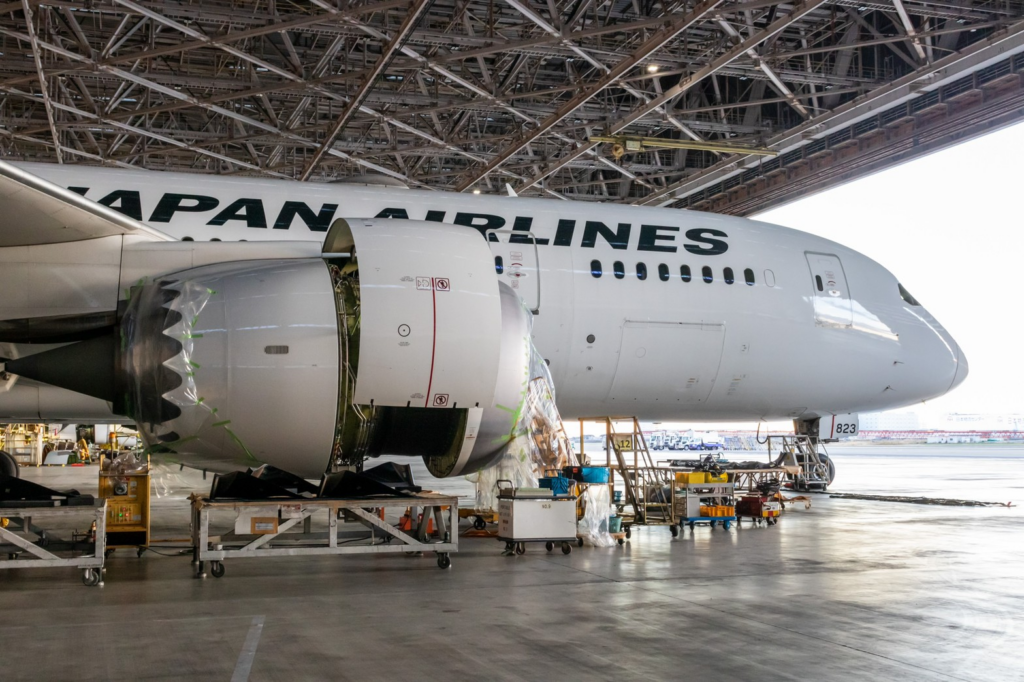
The last 50 minutes of the tour will be spent with a staff member bringing you around the hangar. The mechanics will be hard at work servicing aeroplanes, so say hi to them or thank them. If you’re lucky, you’ll also be able to see aeroplanes take off right before your eyes.
To attend the tour, reservations should be made exactly one month before your intended tour date and can be done online on their website.
Address: JAL Maintenance Center 1, 3-5-1 Haneda Airport, Ota-ku, 144-0041 Tokyo Contact: 03-5460-3755 | JAL Sky Museum Website
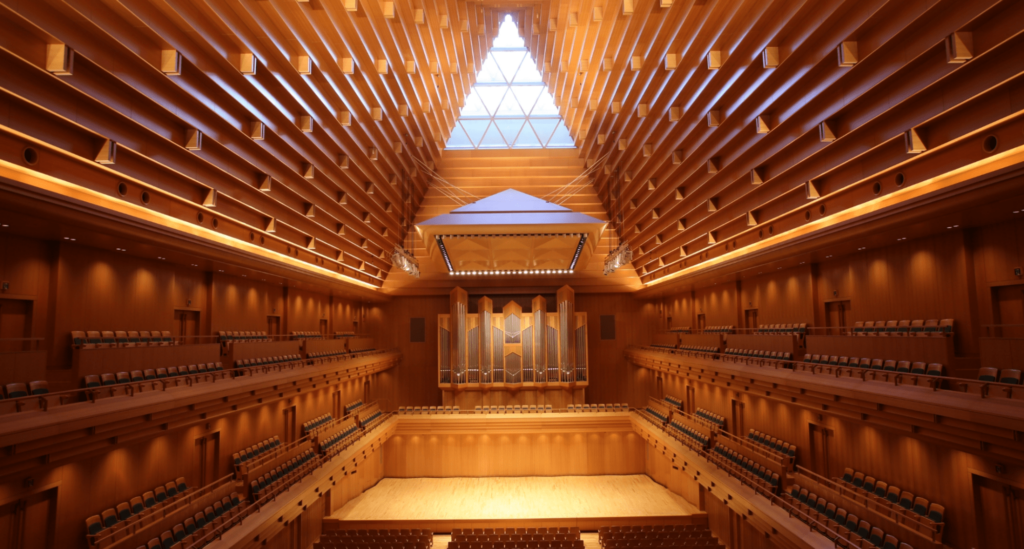
Catch free pipe-organ concerts at 3 different locations.
The first location is Tokyo Opera City – where the concert hall is completely mantled in oak and shaped like a pyramid, creating the most ideal listening experience. The 3,826-pipe organ sits right in front of the concert hall, which has a maximum capacity of 1,632 people.
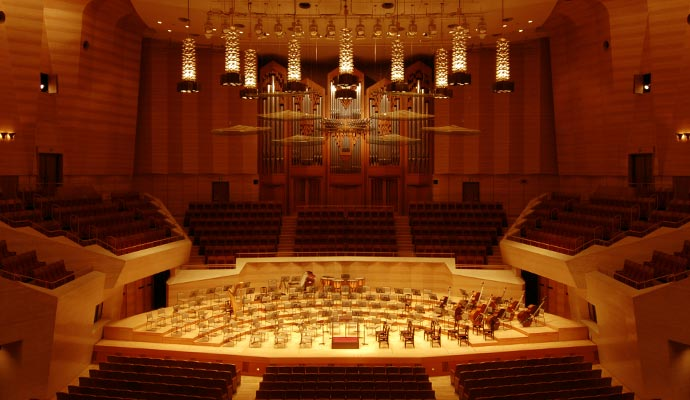
The second location is Suntory Hall . Its main hall is designed vineyard-style with 2,006 seats oriented towards the stage. Suntory Hall has one of the largest organs in the world, with 74 stops and 5,898 pipes.

The last location’s pipe-organ lies in Tsukiji Hongwanji Temple . The build of the temple is inspired by ancient Buddhist architectures in India. A sermon would usually grace the concert, which plays classical music and Buddhist hymns.
These concerts are held once a month at their respective locations, and reservations are to be made in advance by calling the ticket centre.
Tokyo Opera City Address: 3-20-2 Nishi-shinjuku, Shinjuku-ku, 163-1403 Tokyo Contact: 03-5353-0788 | Tokyo Opera City Concert Hall Website
Suntory Hall Address: 1-13-1, Akasaka, Minato-ku, 107-8403 Tokyo Contact: 0570-55-0017 | Suntory Hall Website
Tsukiji Hongwanji Temple Address: 3-15-1 Tsukiji, Chuo-ku, 104-8435 Tokyo Contact: 0120-792-048 | Tsukiji Hongwanji Temple Website
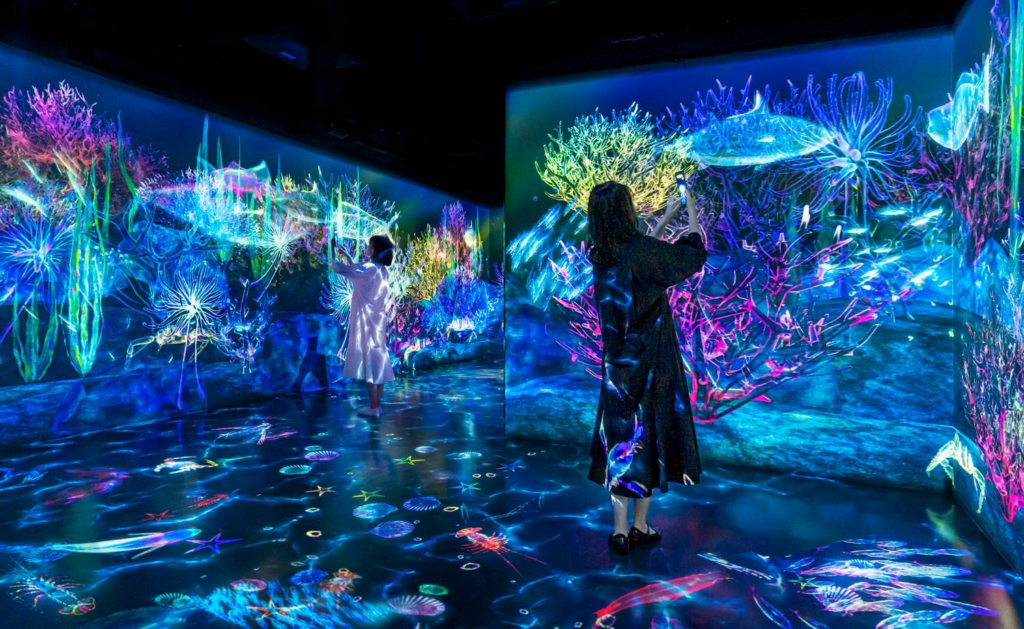
This interactive exhibition will make you feel like you’re swimming in the ocean.
Galaxy Harajuku has collaborated with teamLab to create a new learning project that allows people to freely explore the exhibition and learn at their own pace.
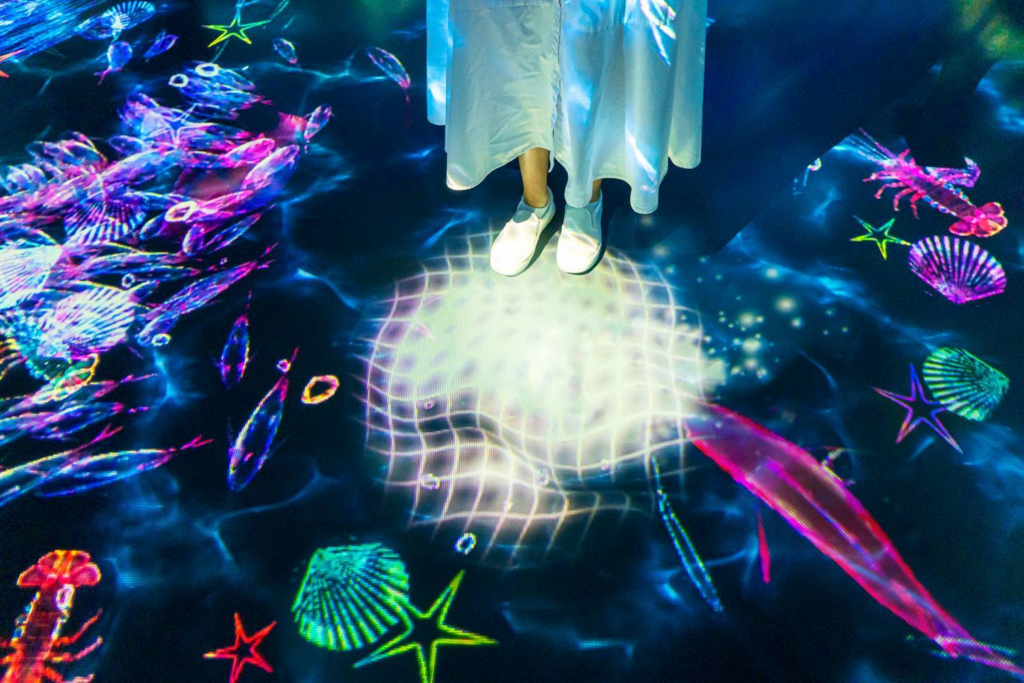
The them e of this current exhibition is the sea, where visitors are greeted with majestic sea creatures and plants, some of which are already extinct. This is done using interactive projector lights and calm music adding to enhance the multi-sensory experience.
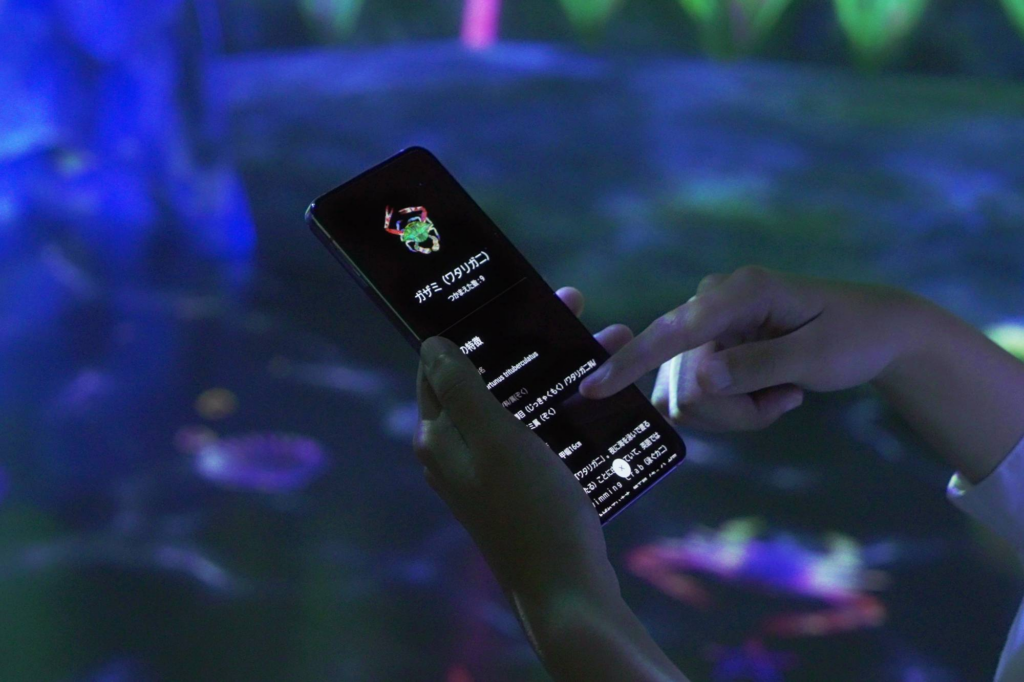
The interactive aspect of the exhibit is enabled through a Galaxy smartphone, and you are able to catch and learn about the various sea creatures with the device.
You can enter the exhibition any time during its opening hours, but to avoid long waiting times, book priority entrance tickets on their ticketing site.
Address: 1-8-9, Jingumae, Shibuya-ku, 150-0001 Tokyo Opening hours: 11am-7pm, Daily Contact: teamLab Website
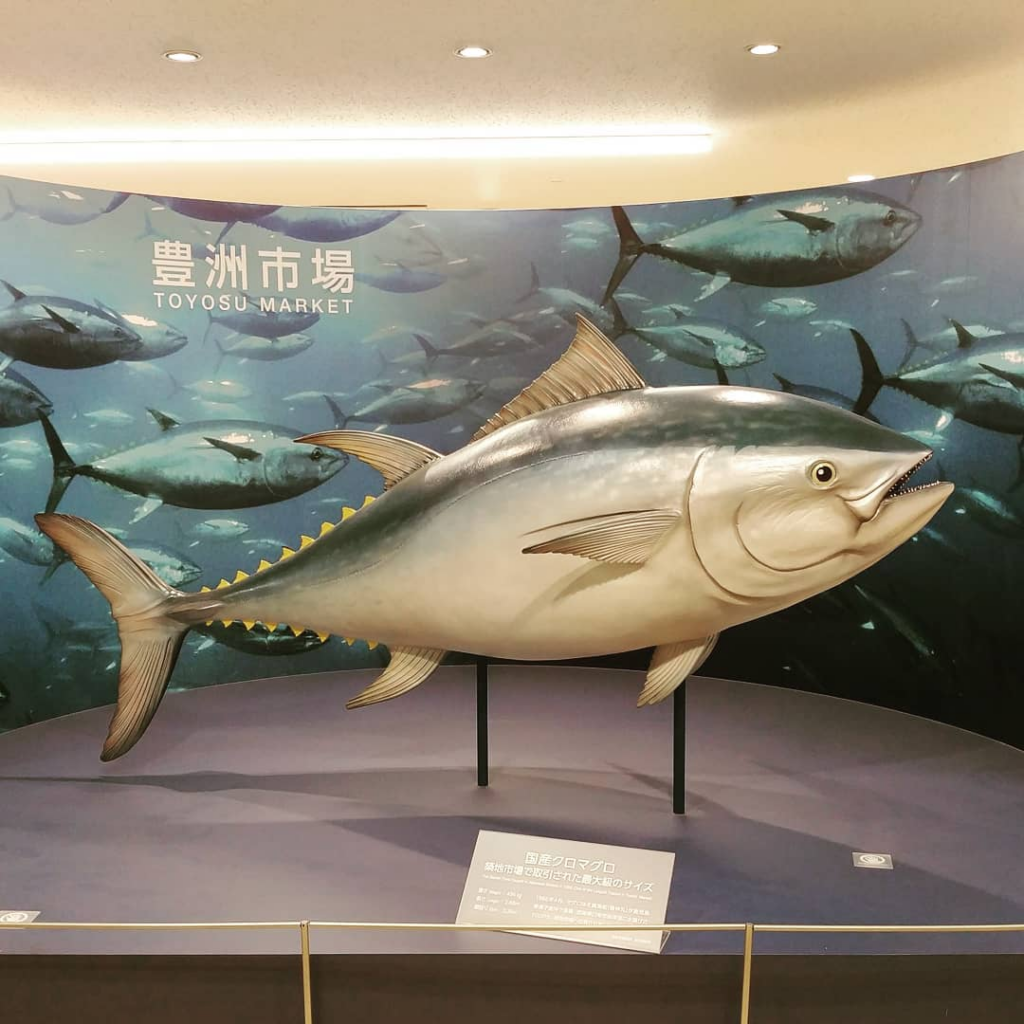
Tokyo’s local markets boast a wide variety of fresh fish sold directly from the sea. But we bet you’ve never seen people bidding for fish before. If you’re curious or intrigued about the activity, head to Toyosu Fish Market to see it firsthand.
Being one of the largest fish markets in the world, the market provides a tour that includes the rare opportunity of viewing the popular and lively fish auction.
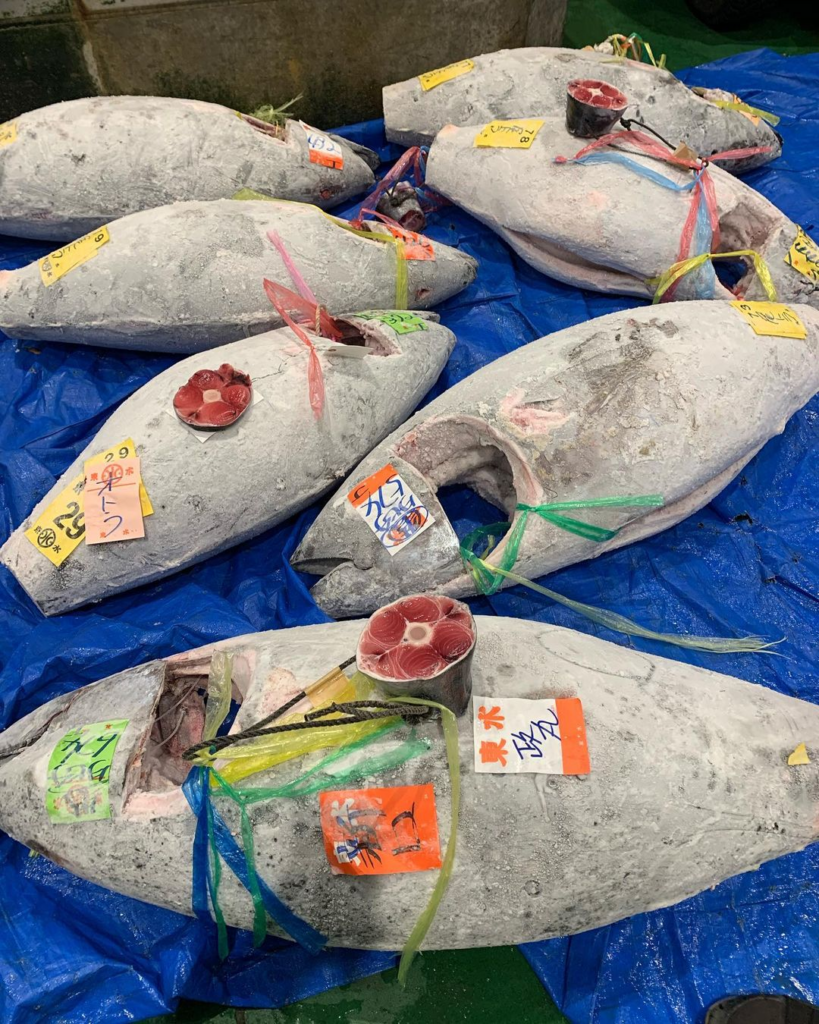
The early bird catches the worm, so make sure to wake up early and be at the market by their set time of 5.45am. The tour starts at 5.55am and you’ll be guided to the observation deck to watch the tuna auction until 6.25am.

At the observation deck, you’ll see rows upon rows of tuna. The auctioneer is experienced and often would induce an exciting, heated-up atmosphere for a fierce bid between buyers. The whole experience is fun and tense – truly a one-of-a-kind spectacle.
After the early activity, visit any of the restaurants lined up at Toyosu Fish Market for a filling breakfast. Reservations are to be made in advance online and the selection process is done via lottery.
Address: 6-6-1 Toyosu, Koto-ku, 135-0061 Tokyo Opening hours: 5am-3pm, Daily Contact: 03-3520-8205 | Central Wholesale Market Website
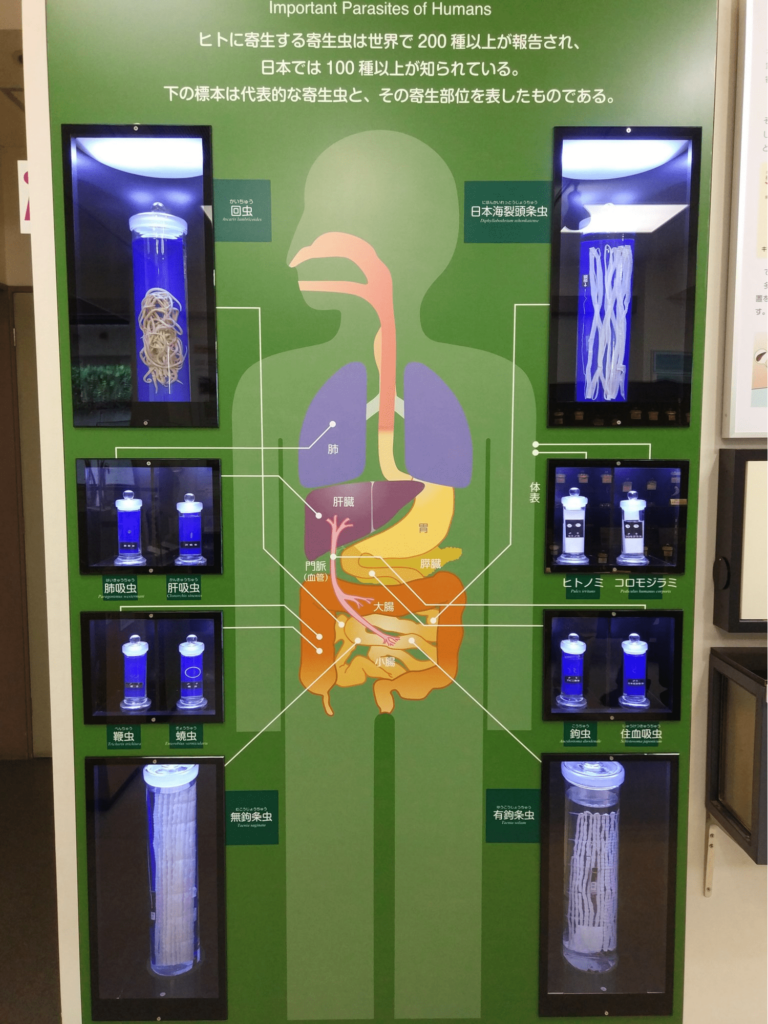
Parasites – most people find them disgusting, some people find them cool. Nonetheless, Meguro Parasitological Museum has a collection of parasites worth viewing.
As a private research facility, it has grown its collection since it was established in 1953 and now houses 60,000 parasite specimens and 56,000 items of parasite-related materials.
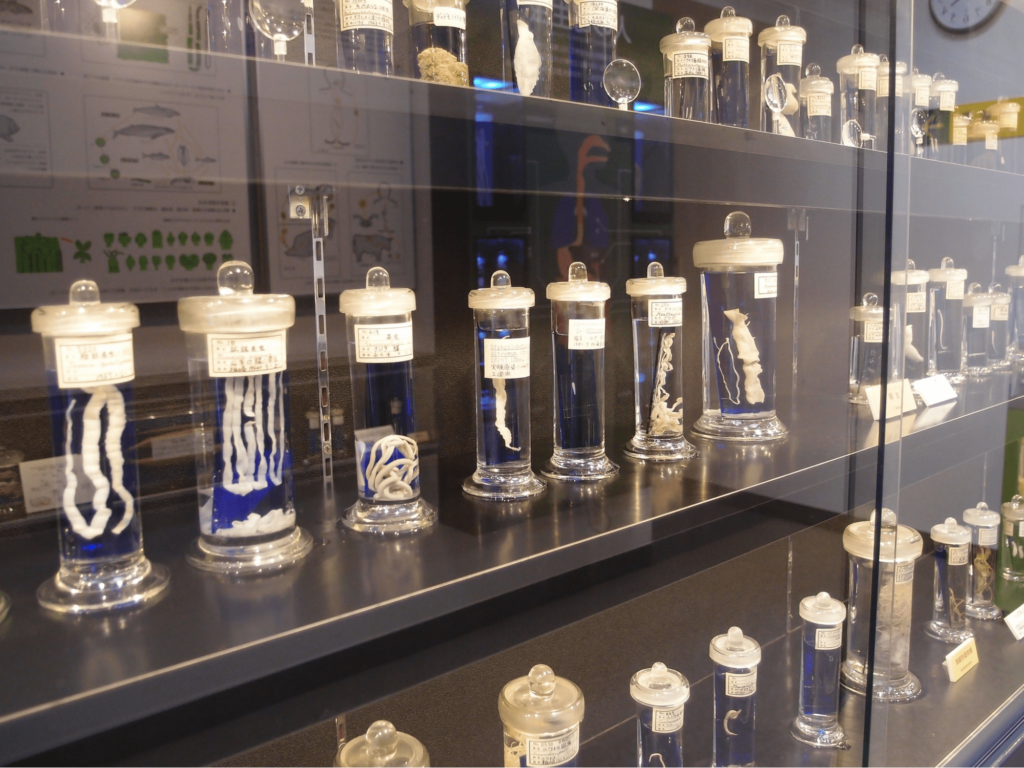
The first floor is themed “Diversity of Parasites”, where you can see the parasite specimens up close and watch accompanying educational videos. The second floor is themed “Human and Zoonotic Parasites”. Learn about parasite life cycles and symptoms of parasitic infestations in humans here. A bewildering but educational experience.
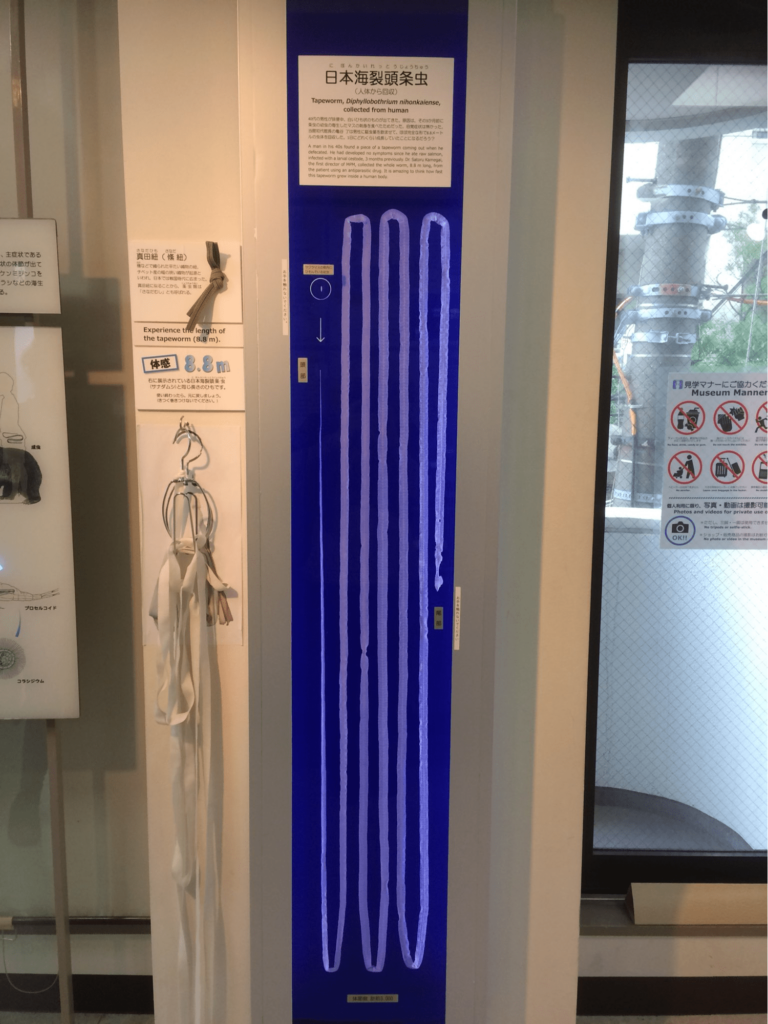
View the world’s longest tapeworm, grown inside an actual human body. It’s a whopping 8.8m!
If you fancy a souvenir, head to the museum shop where you can buy shirts with a printed parasite and keychains shaped like parasite-storing containers.
Address: 4-1-1 Shimomeguro, Meguro-ku, 153-0064 Tokyo Opening hours: Wed-Sun 10am-5pm (Closed on Mondays & Tuesdays) Contact: 03-3716-1264 | Meguro Parasitological Museum Website
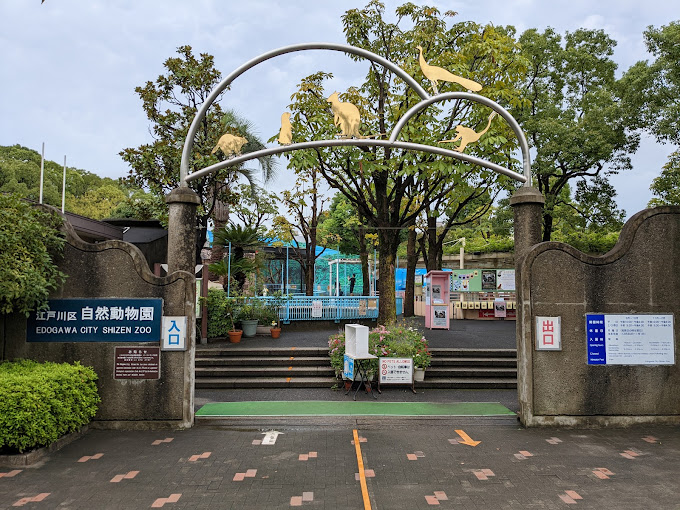
Who says you have to pay to visit the zoo? At Edogawa City Shizen Zoo , admission is free. At this humble neighbourhood zoo perfect for children, you will find live animals to watch.
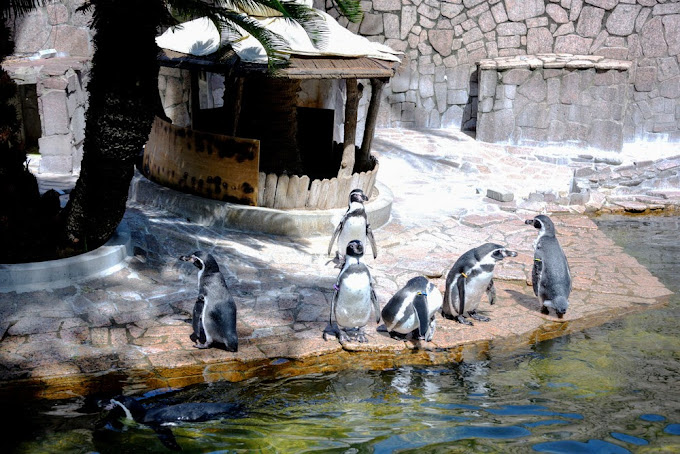
Whilst there are no lions or bears, children will be greeted by cute red pandas, humboldt penguins, and even a giant anteater.
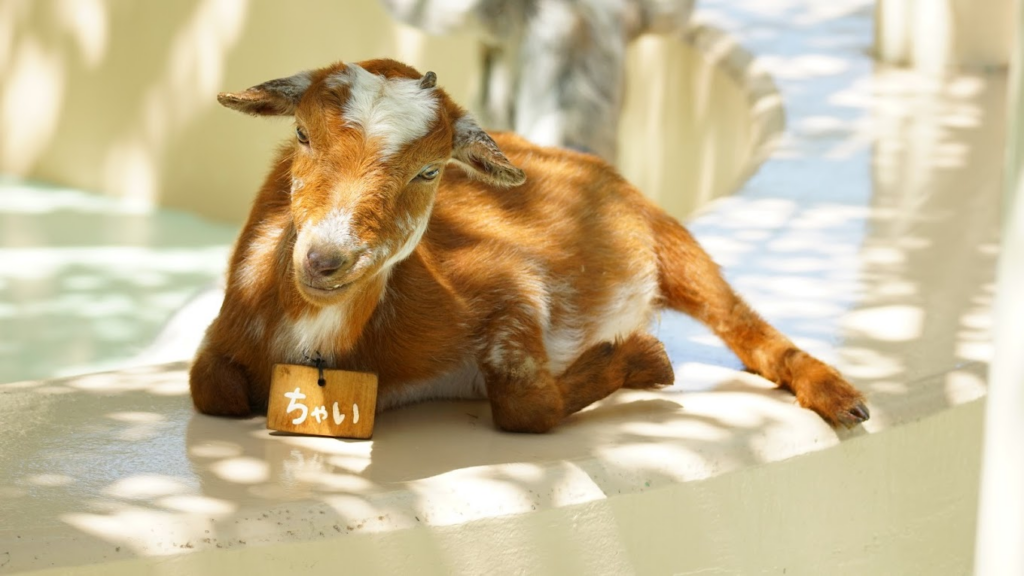
Did you know that goats love to be tickled? Get along with the goats and sheep and you might get the green light to pet them too.
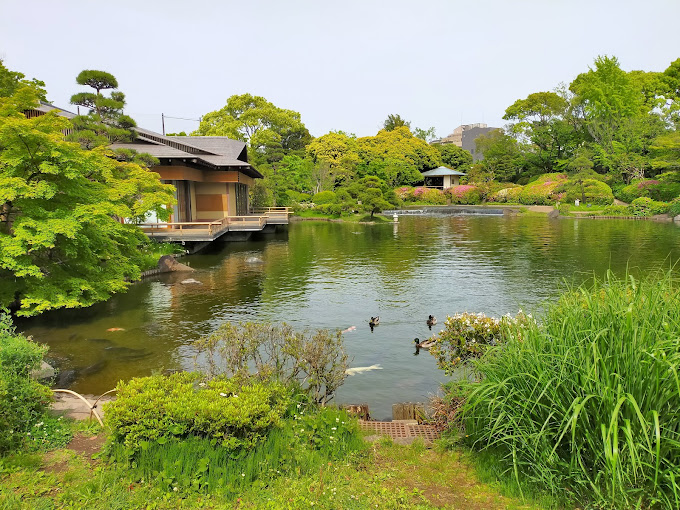
Right beside the zoo is Gyosen Park , where you can enjoy nature at the Heisei Garden and aquatic pond . There is also a fishing pond that welcomes fishing enthusiasts. Bring your own tools and bait to catch herabunas. Whilst fishing is free, you cannot take home the fish you caught.
Address: Gyosen Park, 3-2-1 Kita-Kasai, Edogawa City, 134-0081 Tokyo Opening hours: Tue-Fri 10am-4.30pm | Sat & Sun 9.30am-4.30pm (Closed on Mondays) Contact: 03-3680-0777 | Edogawa City Shizen Zoo Website
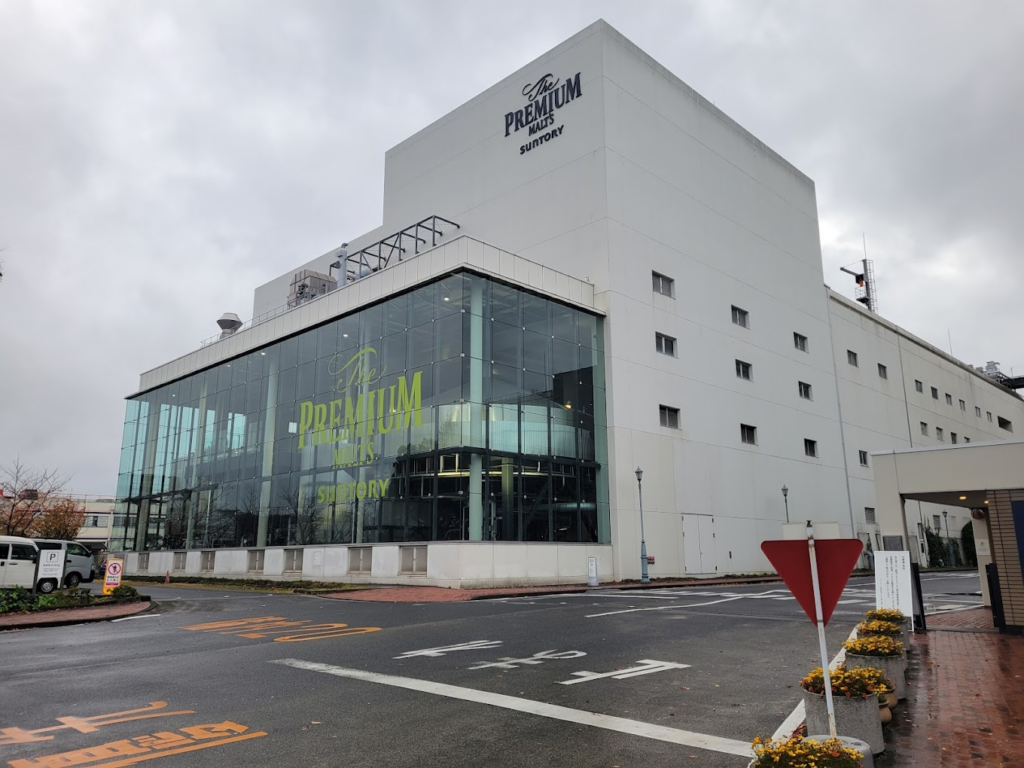
Get a taste of freshly poured beer for free at Suntory’s brewery tour . Suntory is one of the most popular beer brands in Japan, with its iconic blue and gold cans that store quality, pilsner-style beer.
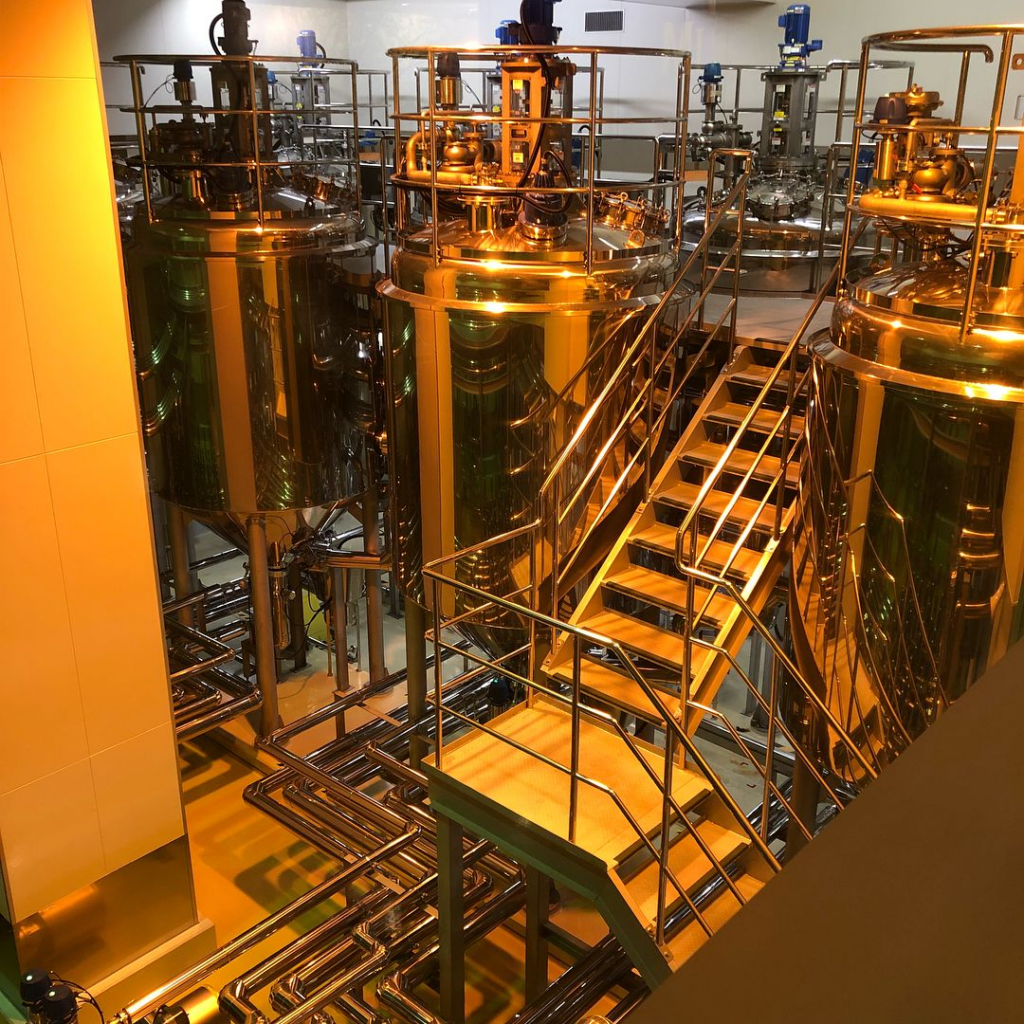
Come for the tour to get exclusive information on how they make their famous products, as well as learn about Suntory’s history.
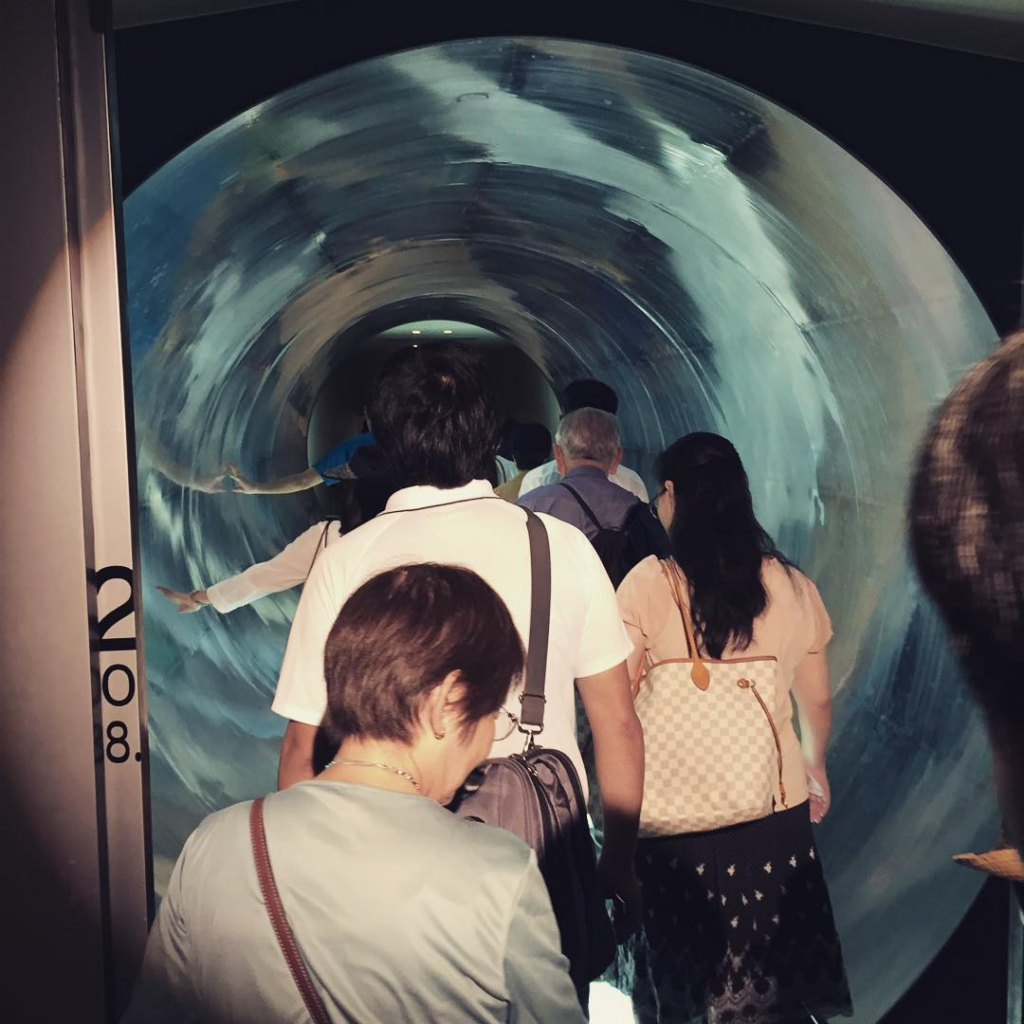
See the factory floor where they fill empty bottles and cans with beer and package them. You’ll even get to walk into a beer vat during the tour.
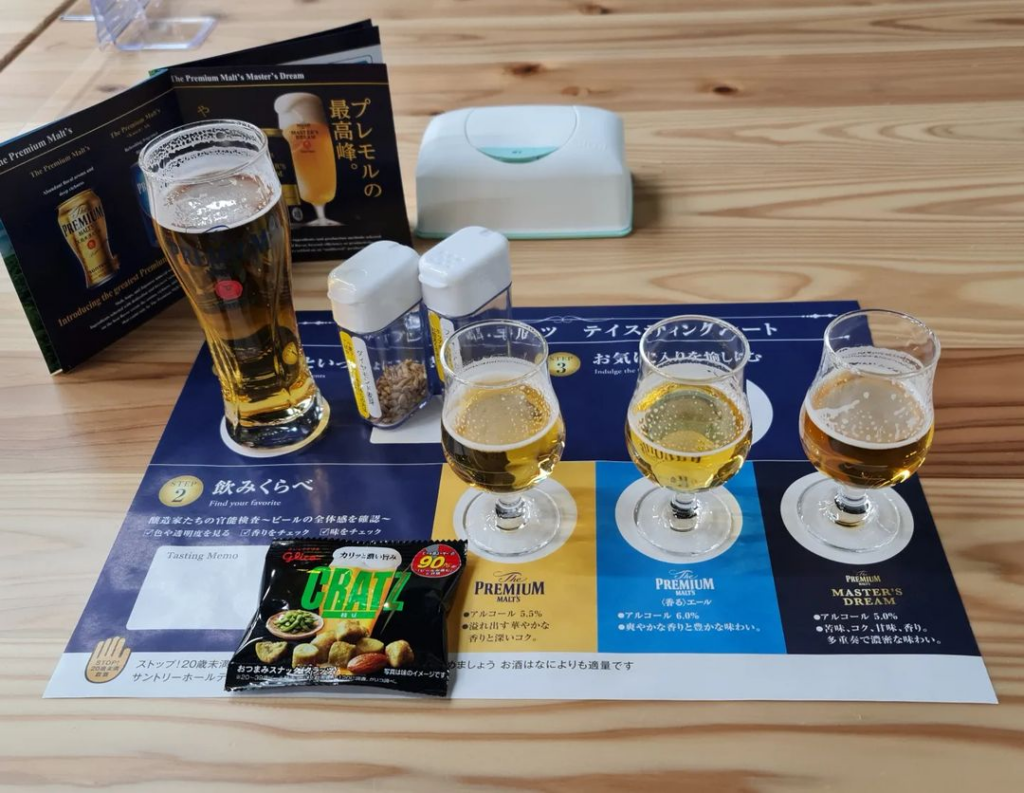
At the end of the tour, take a sip from 3 types of free sample beers with accompanying sides of nuts or other snacks. Savour everything, from the foam to the refreshing taste of the beer.
Note that factory tours require advance reservations via their website or telephone.
Address: 3-1 Yazakicho, Fuchu City, 183-8533 Tokyo Opening hours: 9.30am-5pm, Daily Contact: 042-360-9591 | Suntory Website
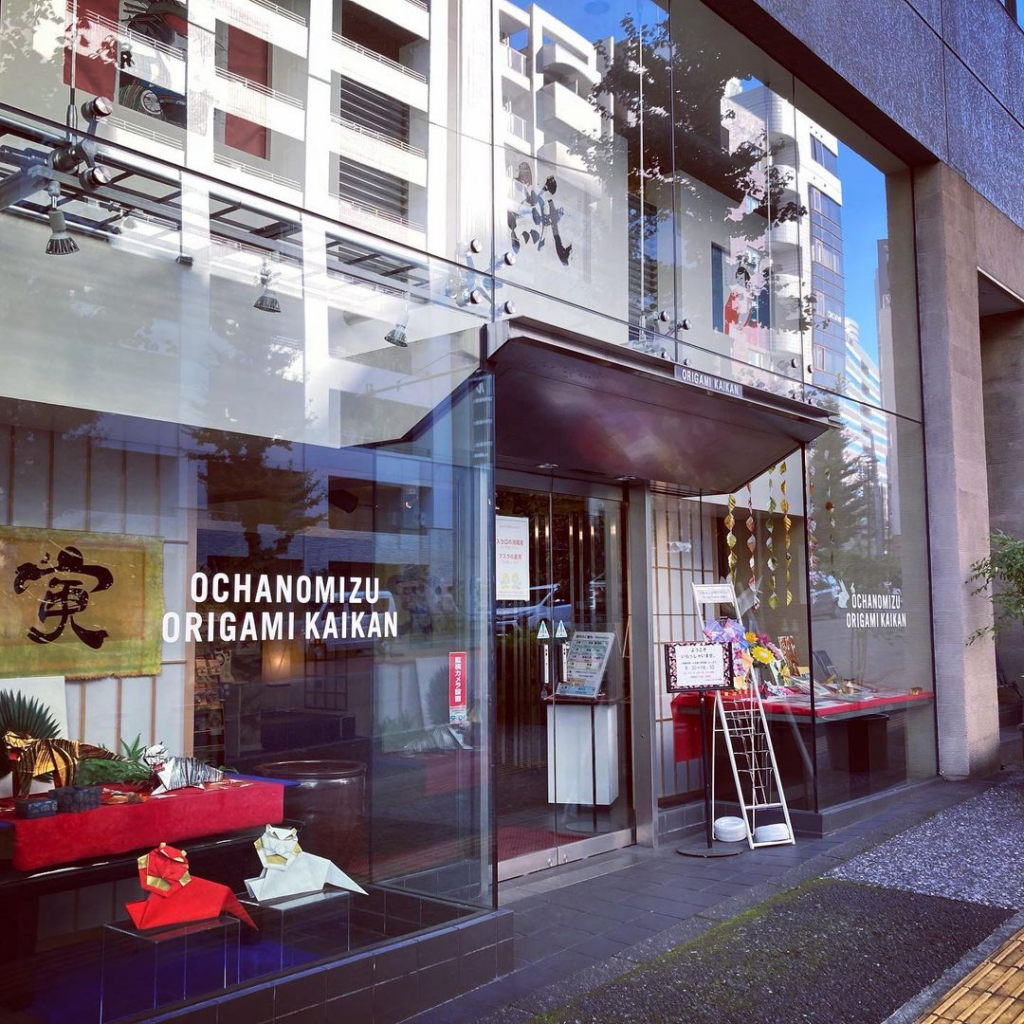
You’ve probably folded a paper aeroplane or even an origami crane before. But here at Origami Kaikan , you will get to see and appreciate the intricate art of paper folding by learning and viewing origami art.
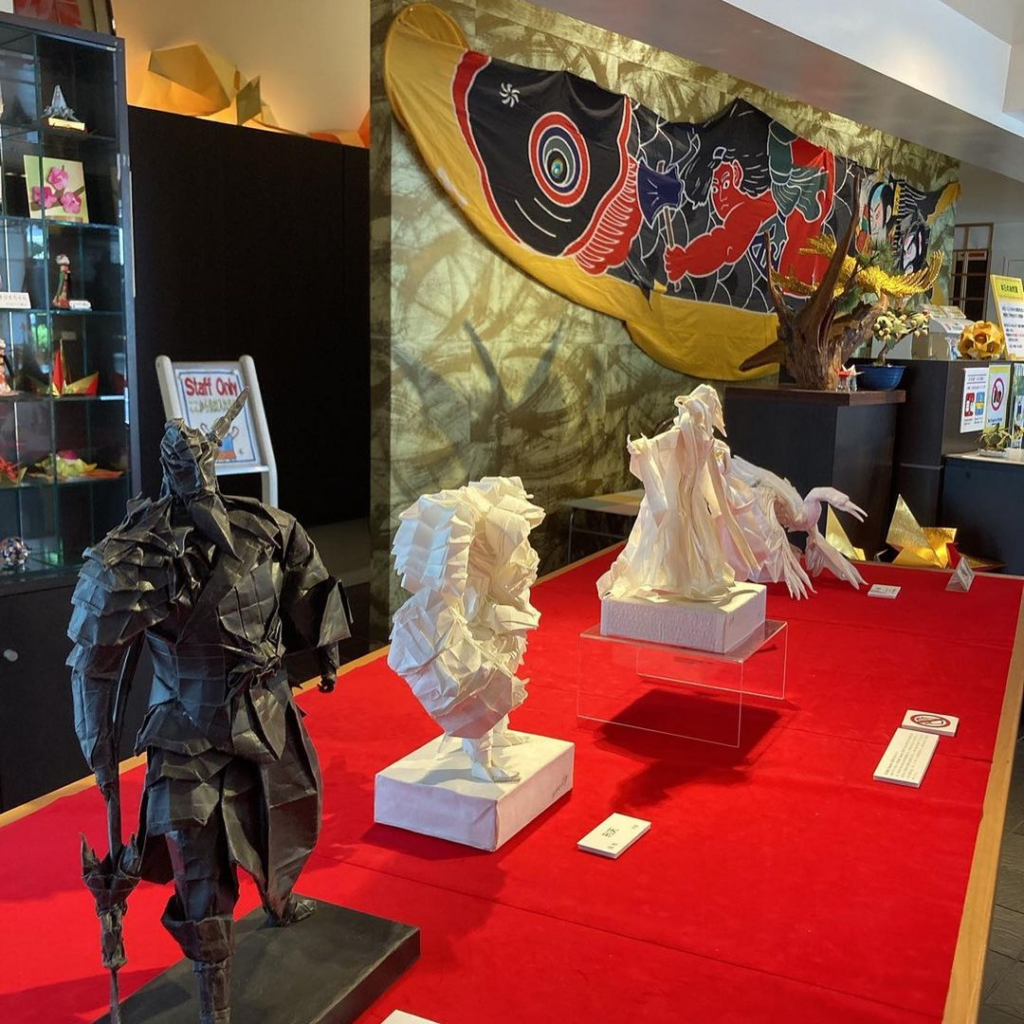
Origami Kaikan is a museum with 4 whole floors dedicated to the craft of origami. The first 2 floors feature various origami pieces, from a simple flower to detailed folded-paper models of historical figures.
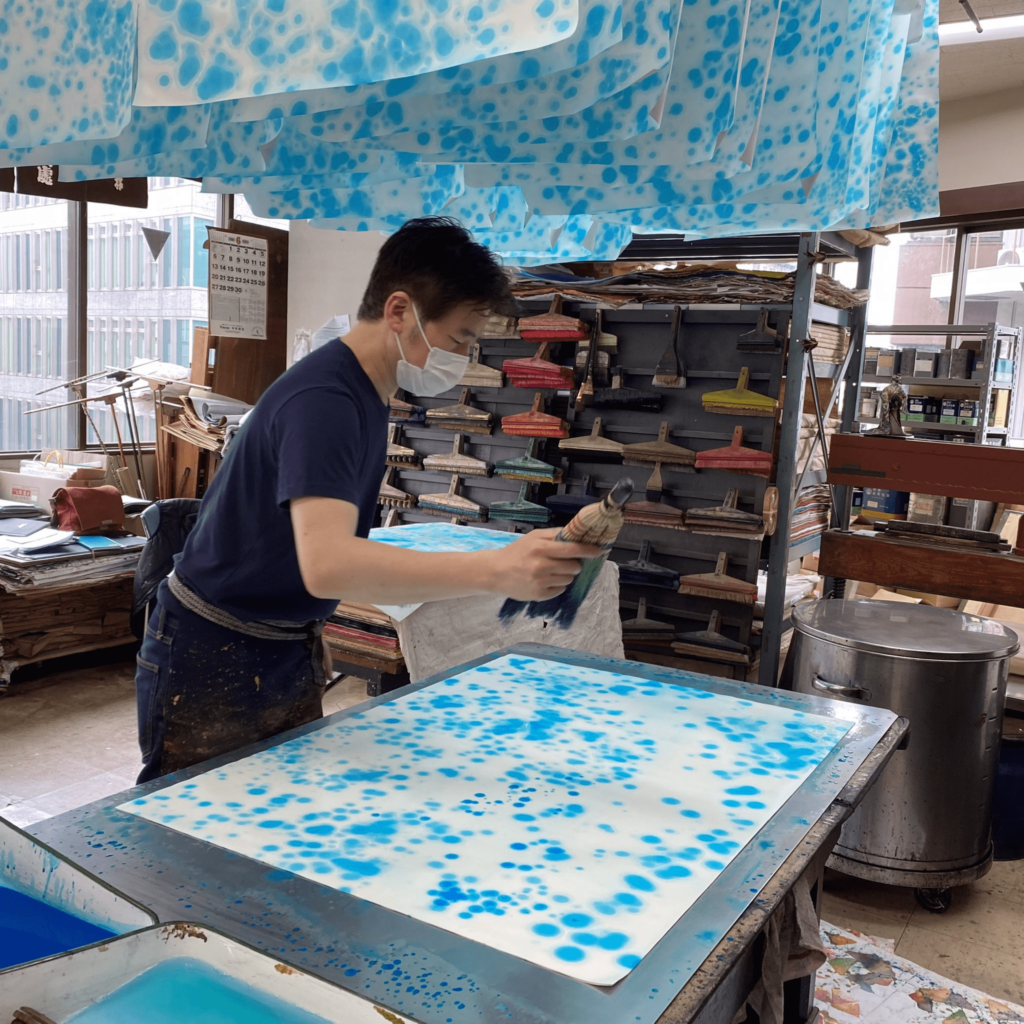
Head to the paper-dyeing studio to watch the dyeing process of Japanese origami paper. Though it is tedious work, the end product is beautiful.
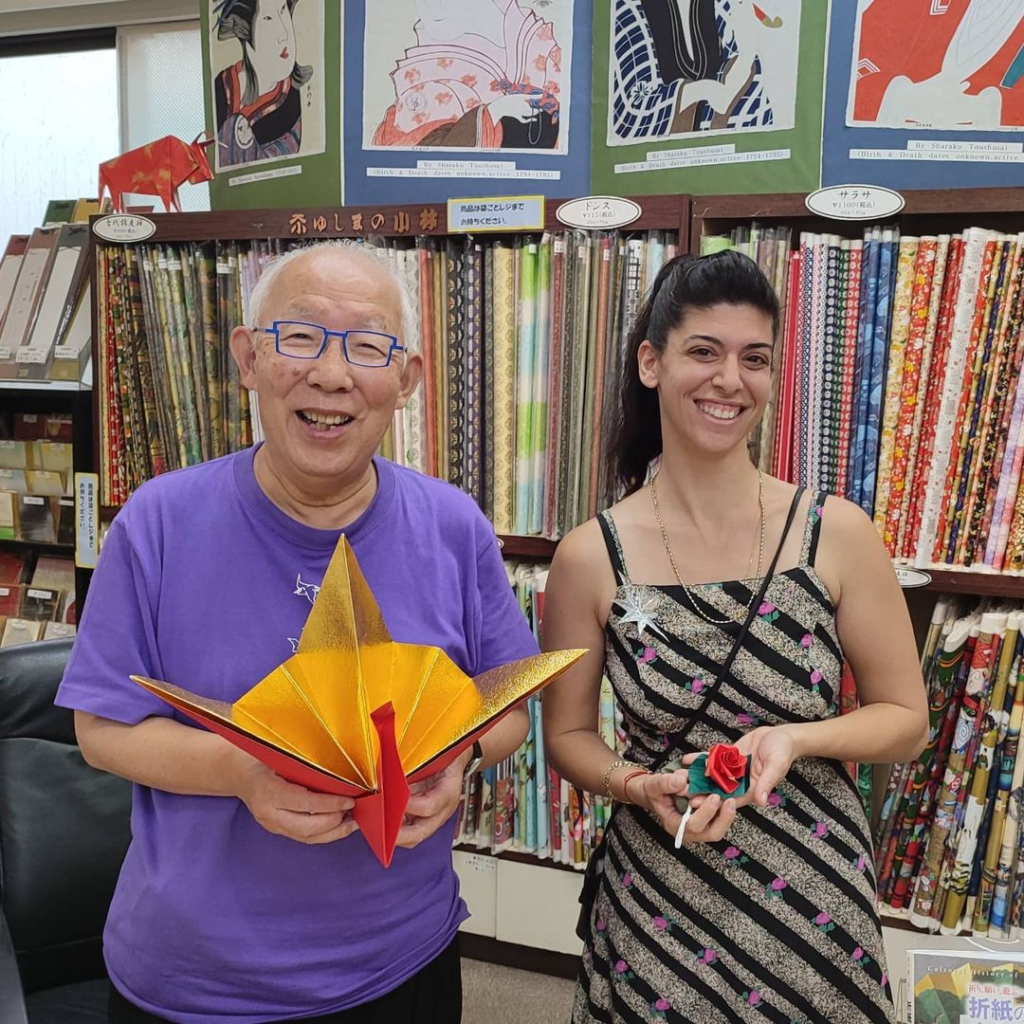
Visit the gift shop to get your hands on these hand-dyed origami paper. If you’re lucky, you may even get a chance to interact with the museum director Kazuo Kobayashi, an experienced origami maker who might just let you take home one of his creations.
Origami Kaikan also hosts workshops for visitors, catered to their skill level. You can learn to make dolls, flowers, and even Mizuhiki (decorative Japanese cord made from twisted paper).
Address: 1-7-14, Yushima, Bunkyo-ku, 113-0034 Tokyo Opening hours: Mon-Sat 9.30am-4.30pm (Closed on Sundays) Contact: 03-3811-4025 | Origami Kaikan Website
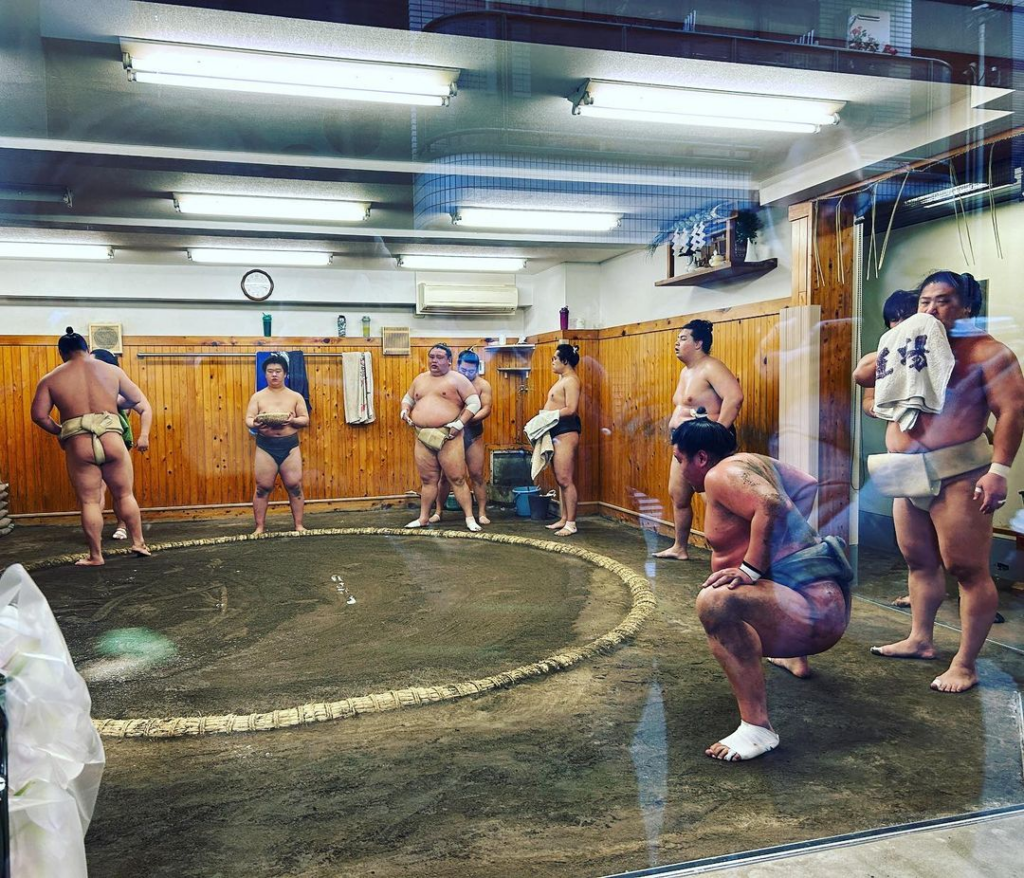
Admire the national sport of Japan as sumo wrestlers practise in the morning. This morning practice is called “ keiko ”, and here, sumo wrestlers break sweat in order to train for upcoming tournaments. There are several gyms where you can watch sumo wrestlers train through glass windows.
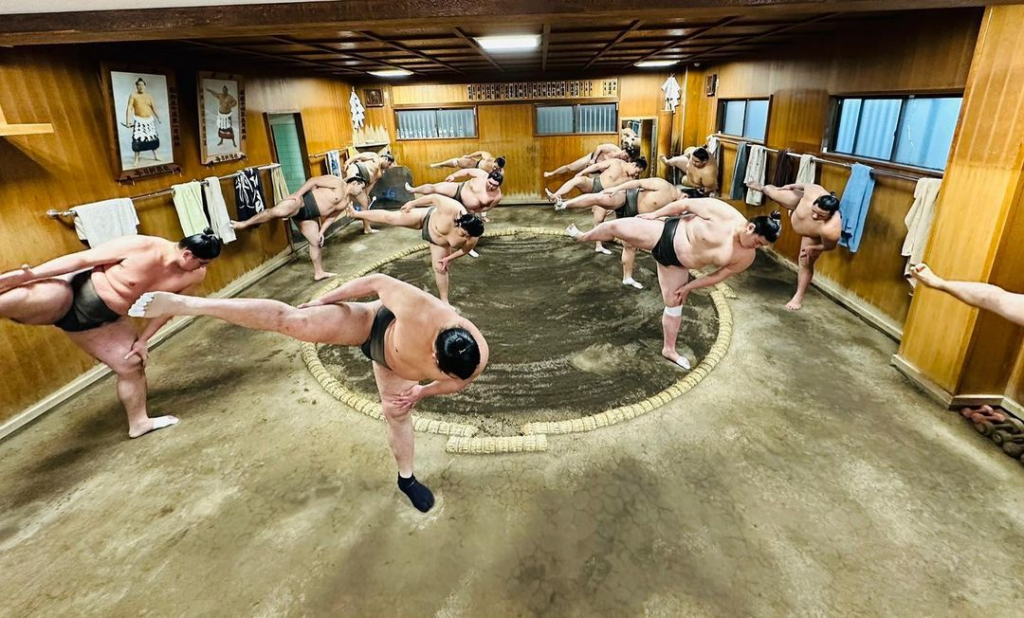
Some of the places where you can see a free sumo training are: Takasago beya , Oshima beya , Arashio beya , and Musashigawa beya . Usually, no reservation is needed, but do make a phone call to ensure that training is scheduled for the day of your visit.
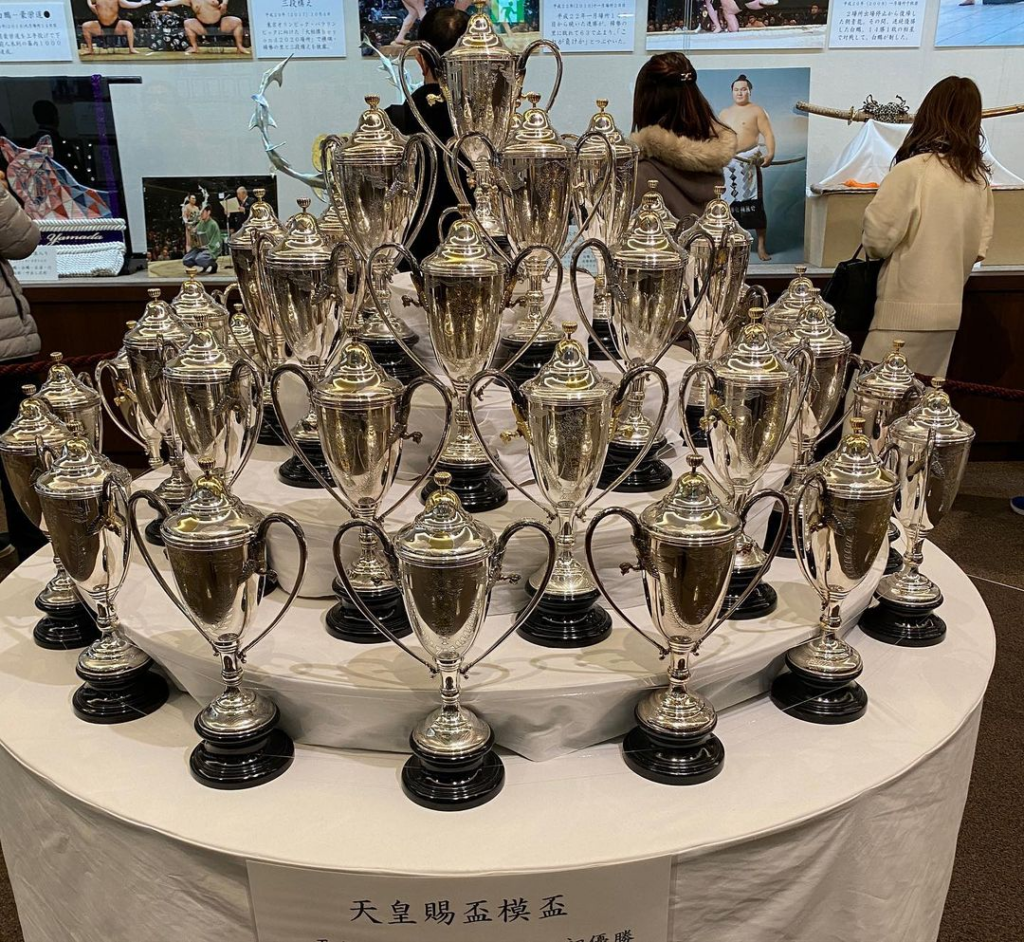
If you can’t get enough of this ceremonious sport, head to the Sumo Museum . From trophies and banzuke (official listings of rank) to the ceremonial aprons worn by the great rikishi (professional sumo wrestlers) of the past, this is the right place to satisfy your fascination.
Sumo Museum Address: 1-3-28 Yoko-ami, Sumida-ku, 130-0015 Tokyo Opening hours: Mon-Fri 12.30pm-4pm (Closed on Saturdays & Sundays) Contact: 03-3622-0366 | Sumo Museum Website
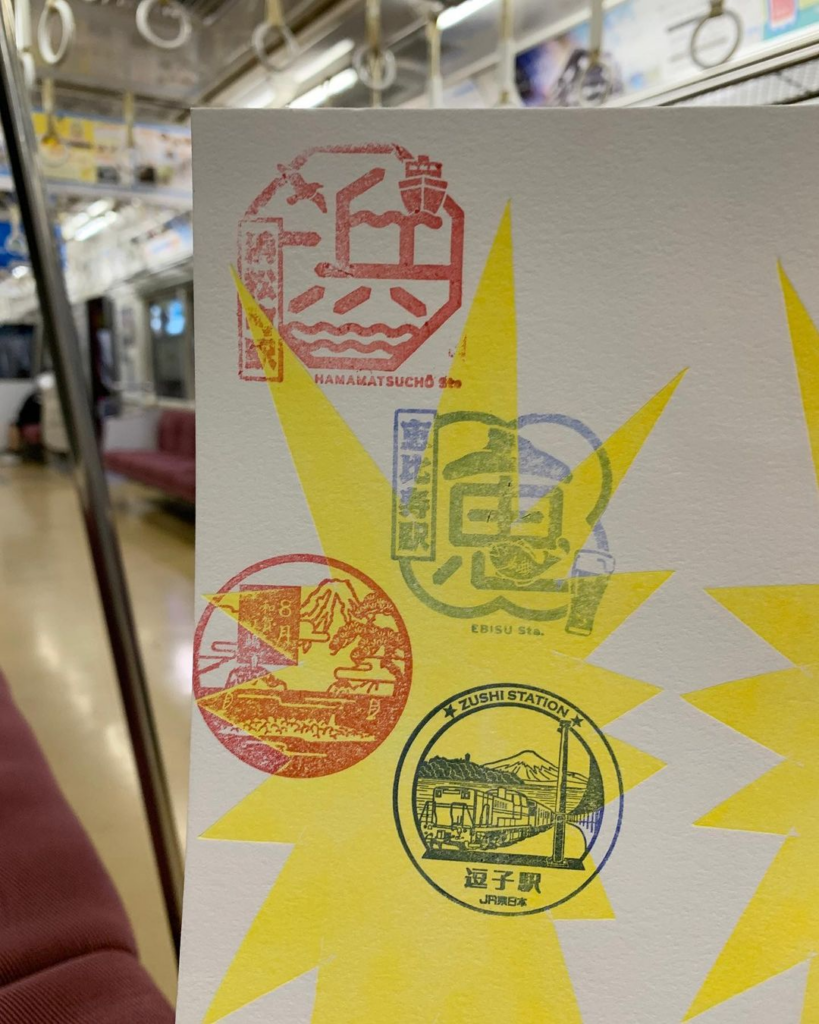
Riding the train is one of the primary means of getting around Tokyo. But here’s a secret not many people know: you can collect free train stamps in Tokyo, and all over Japan. It’s called Eki stamp , featuring motifs unique to each station.
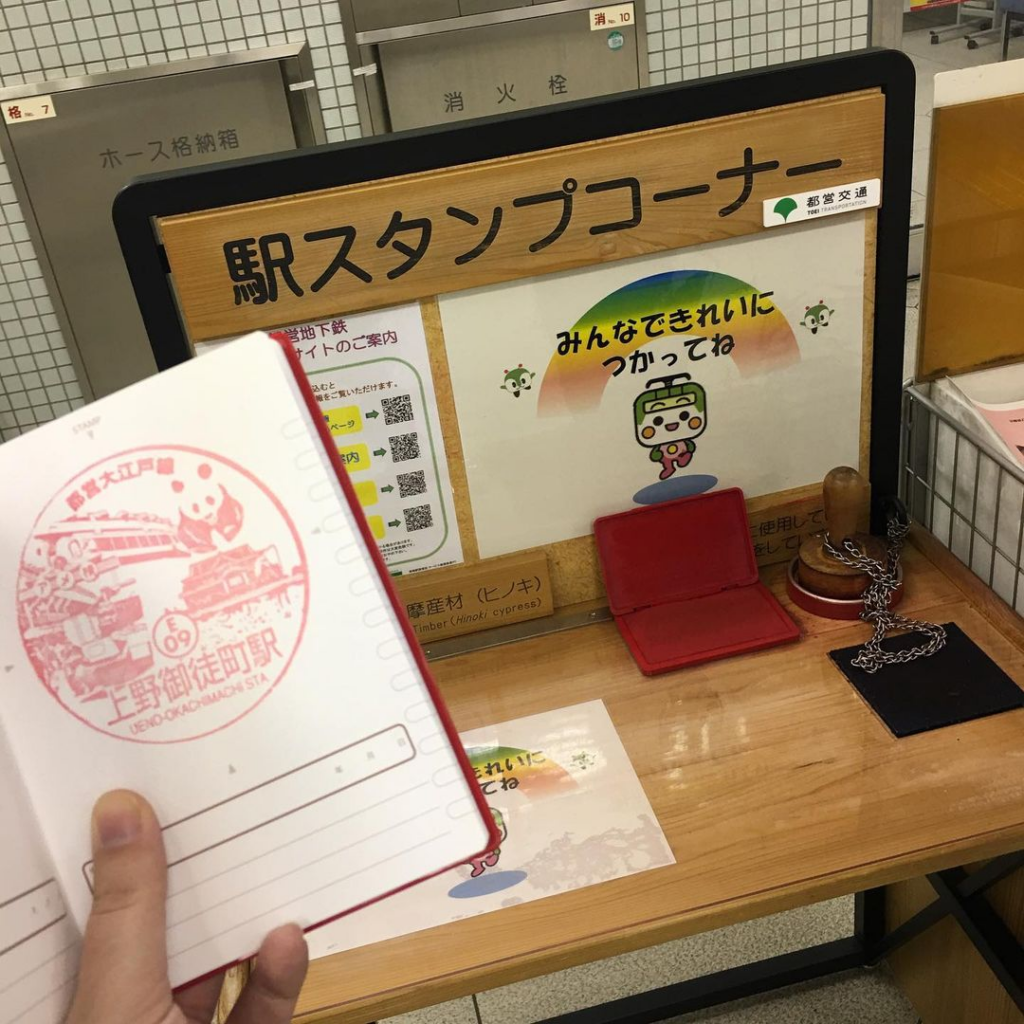
Station stamps are usually located at the exit, and they come as a machine-press stamp or a handheld stamp. You can get an actual Eki stamp book, but there are also readily available loose papers.
Take your collection to the next level and try to collect limited-edition, seasonal stamps. Not only does it make for a great souvenir, but it’s also a fun way to spend your day, so go station-hopping!
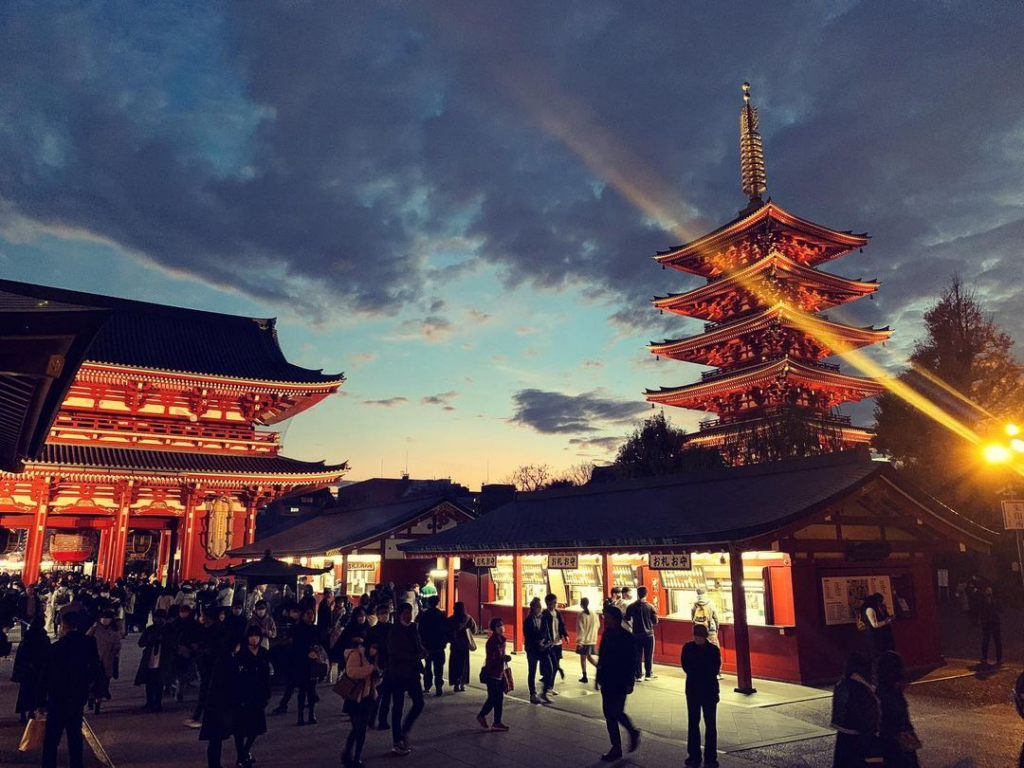
If you’re up for it, explore Tokyo by joining a free walking tour. Not only will you get to see the hidden beauty of Tokyo, you will also befriend locals and tourists who are on the tour.
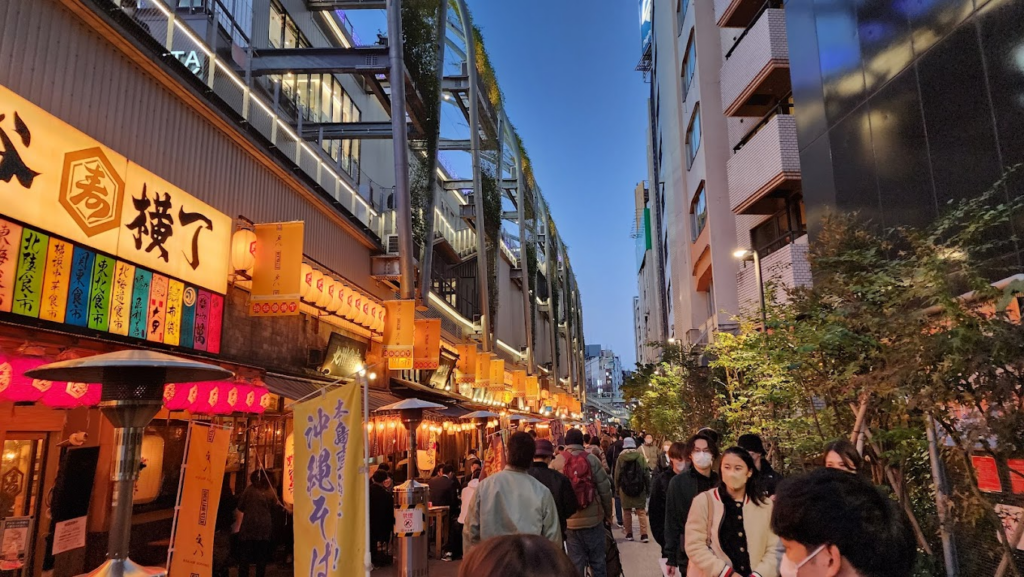
Find a solid group of people interested in the culture of Japan, and get to know and hear different perspectives of people from all walks of life.
From Shibuya to the Harajuku Meiji Shrine, you can choose to go on as many tours as you like. Booking is required and has to be made in advance.
Contact: Tokyo SGG Website , Tokyo Localized Website , Tokyo Free Walking Tour Website
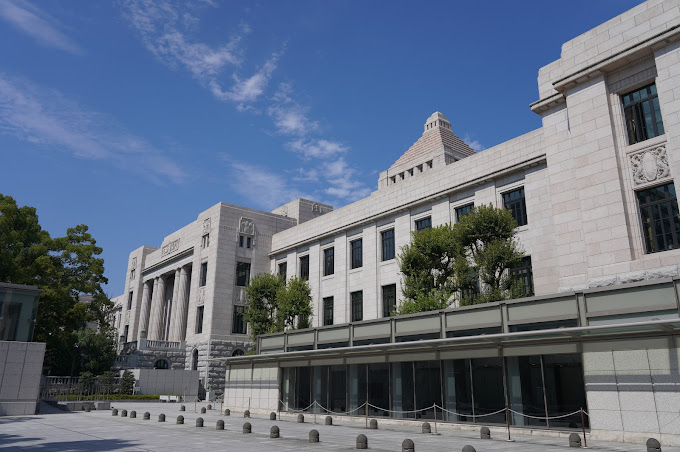
The Diet is the centre of political activity in Japan and the meeting place of the Japanese parliament. On this tour, you’ll get a chance to visit this prestigious spot. Since this is an official building, there are strict rules to follow, including passing through a security check.
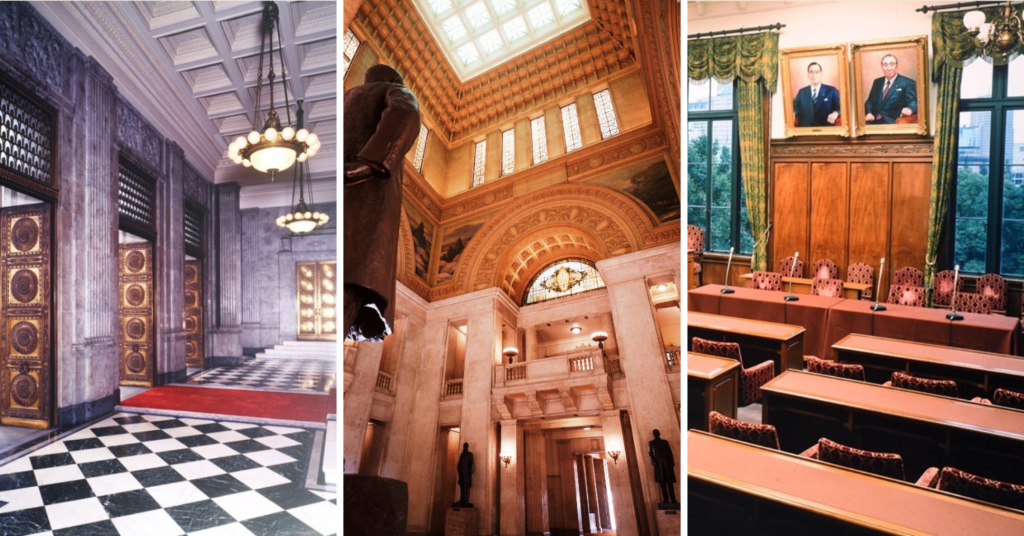
The tours occur once a day – 2pm on Mondays, and 3pm on Tuesdays to Fridays. It starts at the imposing Central Entrance, which brings the guests to the Central Hall – a large passageway that leads to other rooms such as the committee rooms where meetings are held.
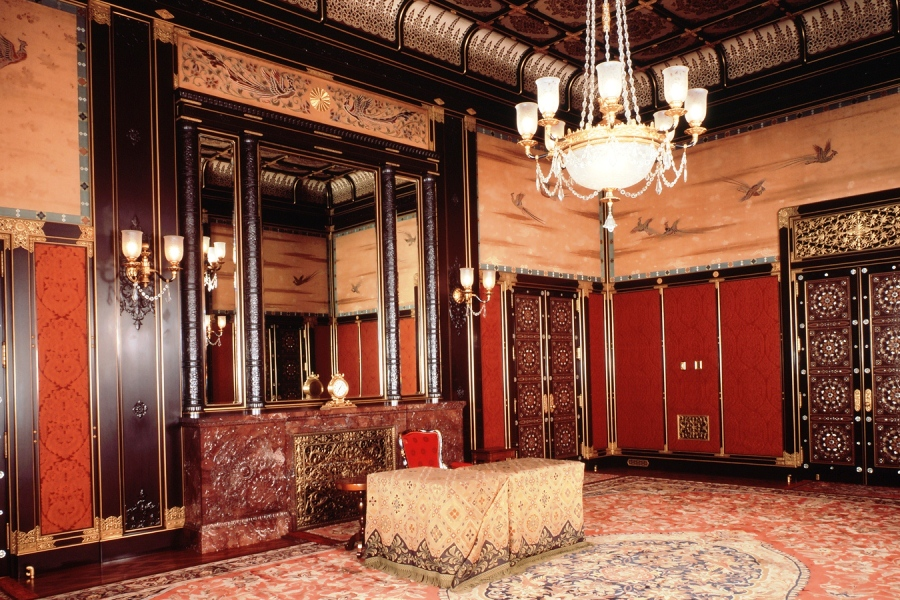
After visiting the Central Entrance, Central Hall and committee rooms, you’ll be led to the Emperor’s Room . Used by the Japanese Emperor, the room is made entirely of Japanese cypress to honour and grace his esteemed presence.

The last place to visit is the Chamber of the House of Representatives , where plenary sittings are held.
Reservations have to be made in advance via email.
Address: 1-7-1 Nagatacho, Chiyoda-ku, 100-0014 Tokyo Contact: 0269-34-3111 | The House of Representatives, Japan Website
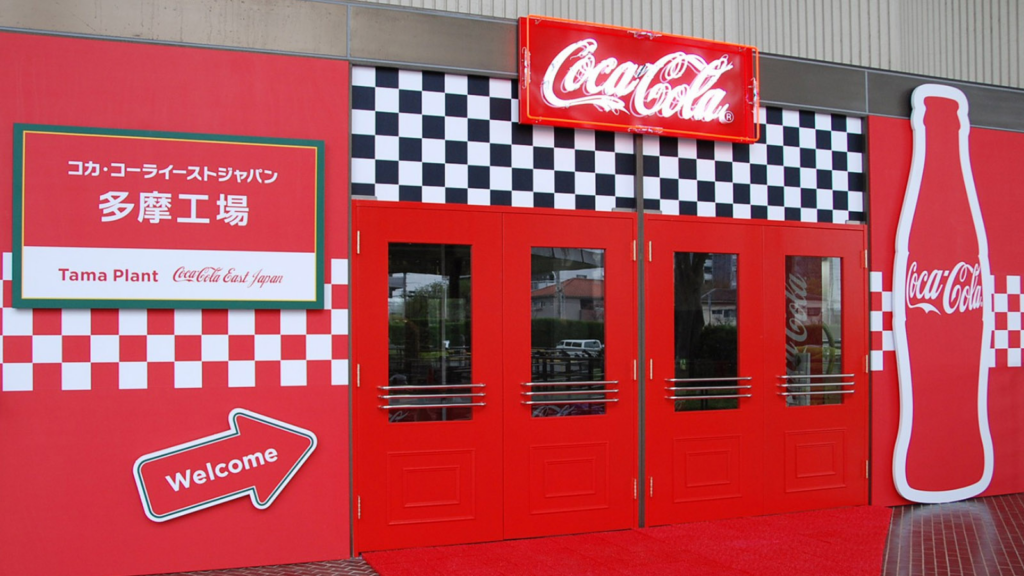
If you’re a fan of fizzy drinks, you’ll want to sign up for a Coca-Cola tour at Coca-Cola Bottlers that brings you through the manufacturing process of that sweet, iconic beverage. See how the drinks are packaged into bottles and cans, before going through a quality-control check.
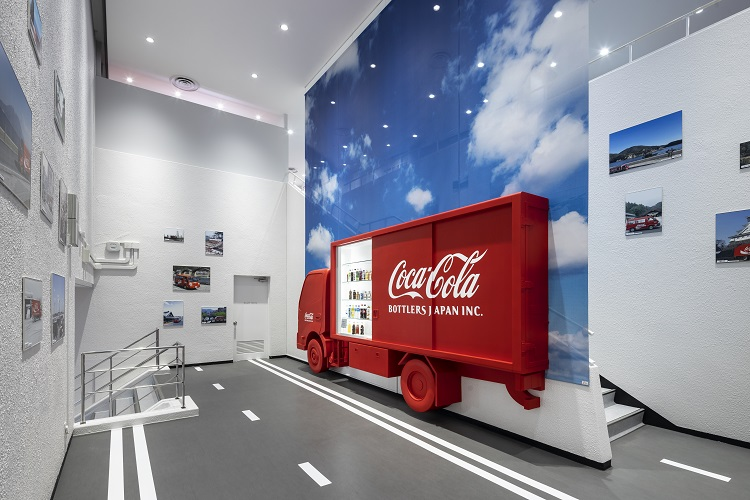
Afterwards, there’s an interactive exhibition where you can complete the Coca-Cola quiz, watch old commercials, and find out their research process.
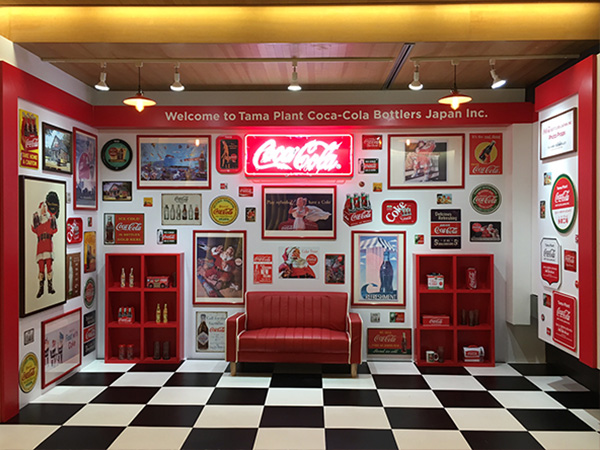
At the end of it, you’ll get a free bottle and original goods. Reservations are to be made 2 months in advance by phone.
Address: 1-2-9 Nobidome, Higashikurume-shi, 203-0041 Tokyo Tour timings: 10am, 1pm & 3pm, Daily Contact: 042-471-0463 | Coca-Cola Bottlers Japan Factory Tour Website
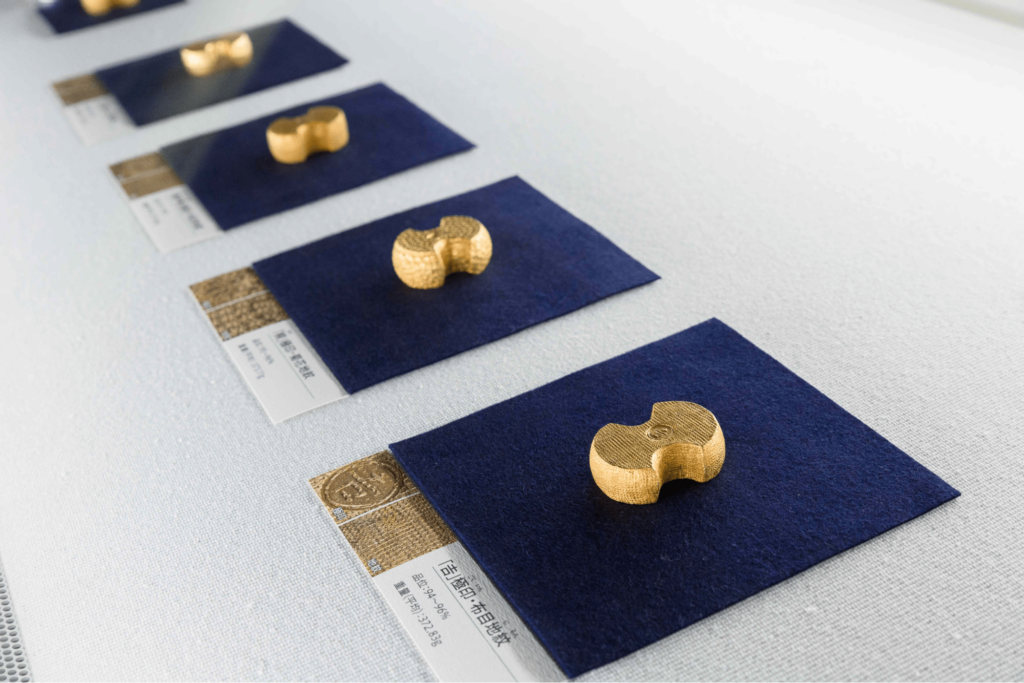
Money – we can’t get enough of it. Here, at the Bank of Japan Currency Museum , there’s plenty – dating all the way back to the 7th century.
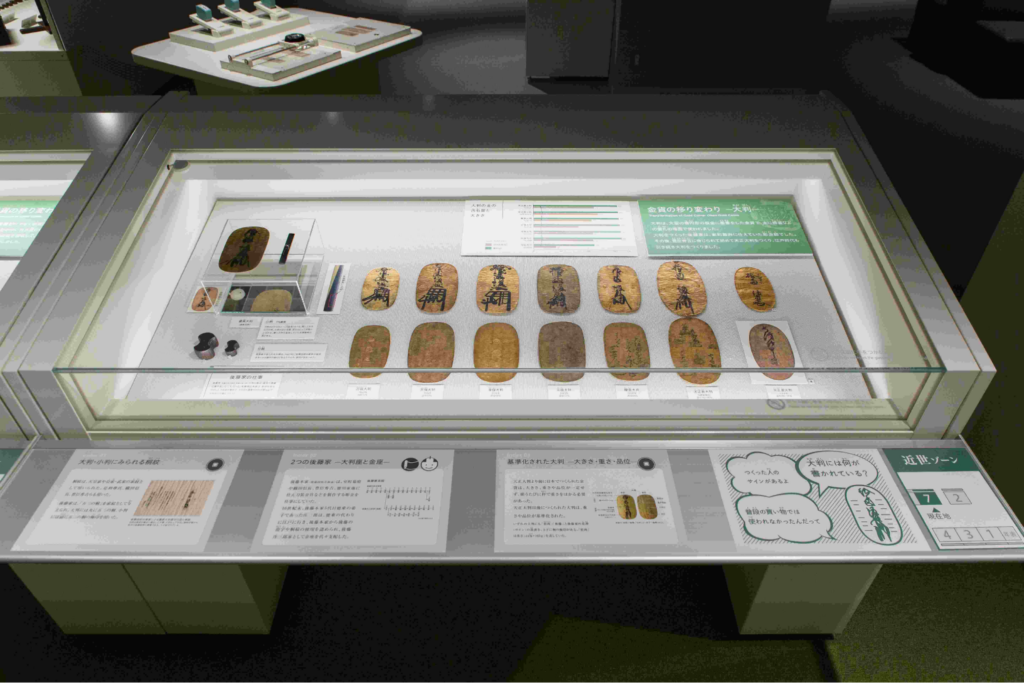
To commemorate the 100th anniversary of the Bank of Japan, the Currency Museum was built and officially opened in 1985. Learn about money used in the past through the price of items across historical periods, and the precious value of each currency.
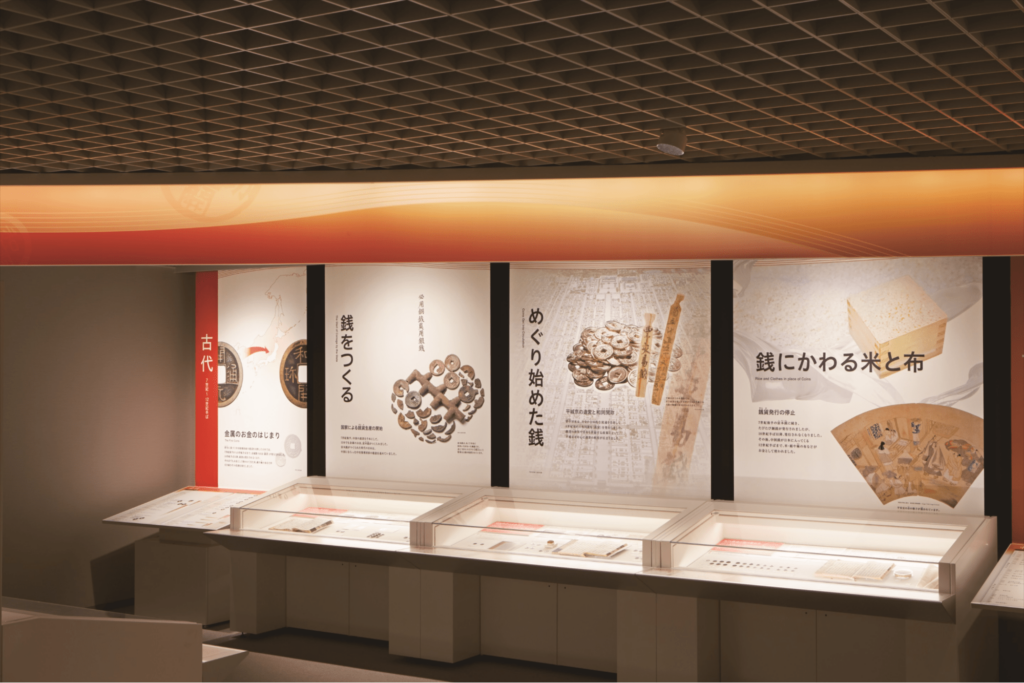
Lift large gold coins and try out other hands-on exhibits!
From copper coins from the late 7th century, to the first-issue banknotes of the 17th century, to the birth of the yen in the late 19th century, the Currency Museum is dedicated to telling the story of the evolution of money in Japan.
Address: 1-3-1 Nihonbashi Hongokucho, Chuo-ku, 103-0021 Tokyo Opening hours: Tue-Sun 9.30am-4.30pm (Closed on Mondays) Contact: 3-3277-3037 | Bank Of Japan Currency Museum Website
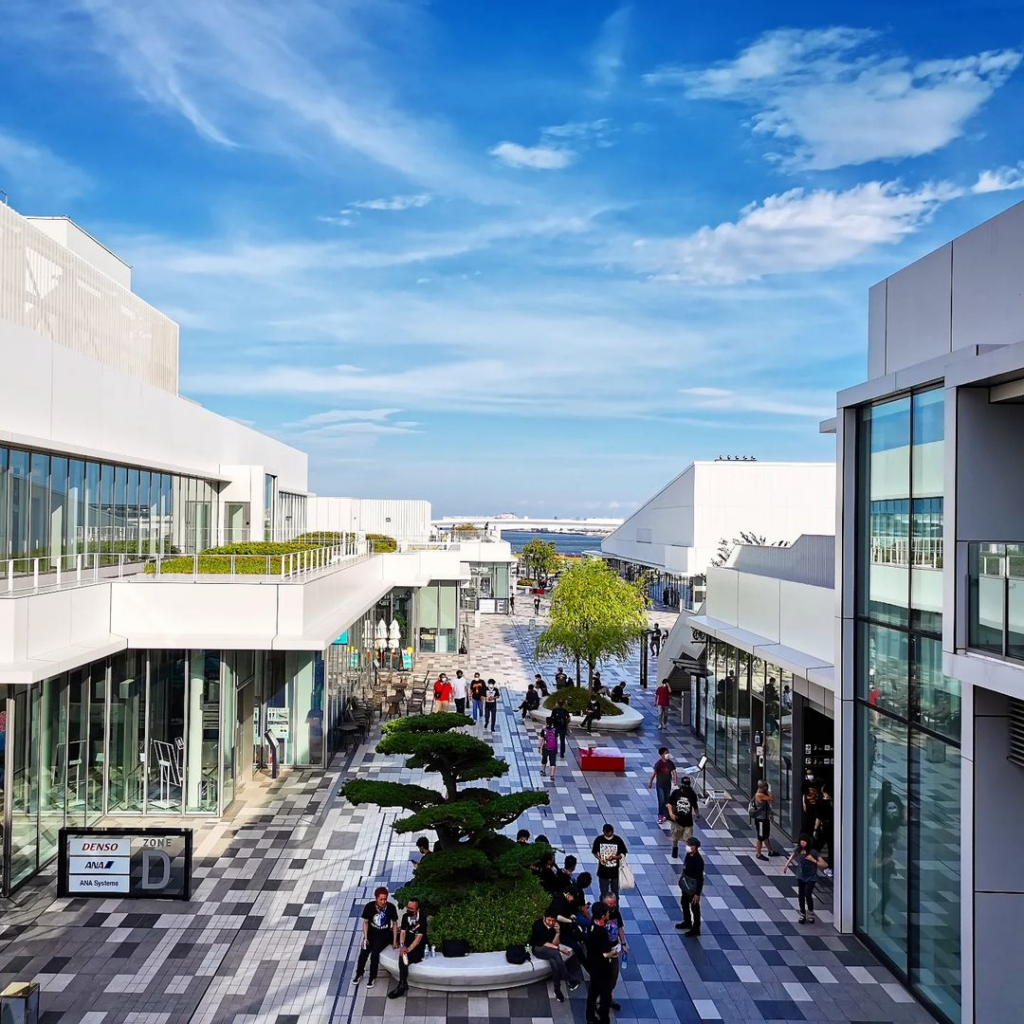
Located near Haneda Terminal 3, Haneda Innovation City is a new commercial and business complex. Split into 12 zones, these zones consist of restaurants, shops, and more.
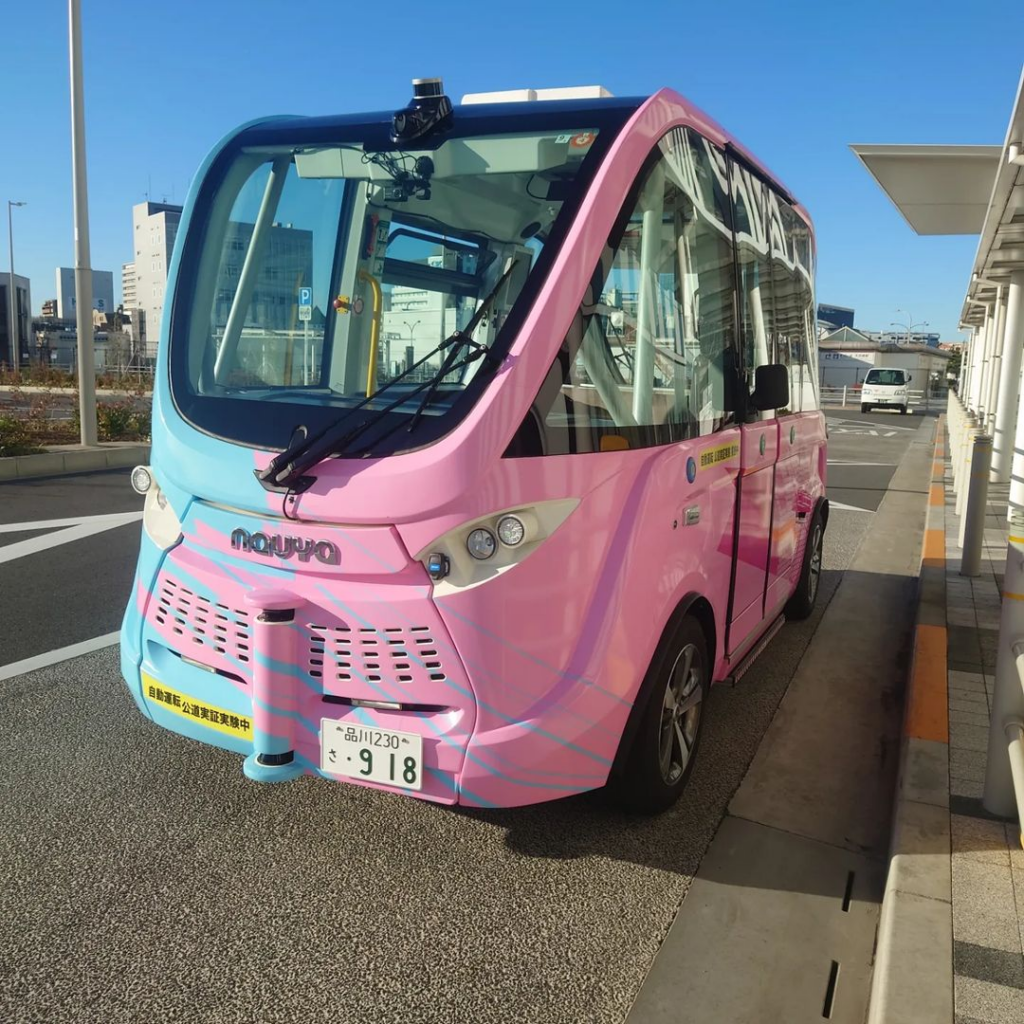
There is even a self-driving bus that passengers can ride to get to different zones in the complex.
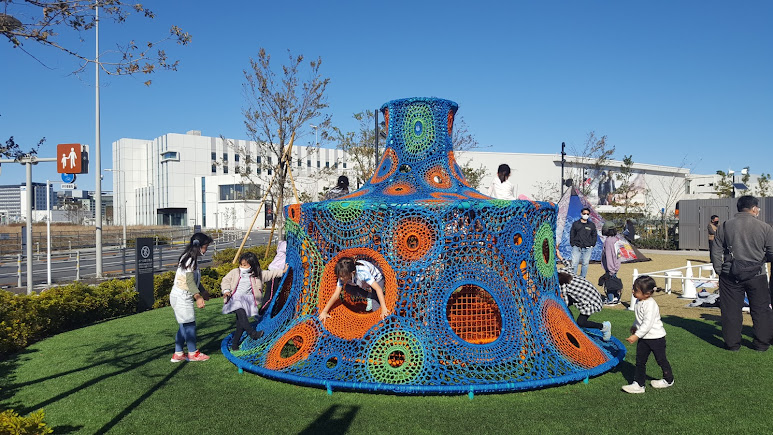
To the right of the complex’s entrance, you’ll find the Artist Village in Zone L; it’s a spacious lawn where you can have fun. Children can play at the playground or join activities at occasionally held events.
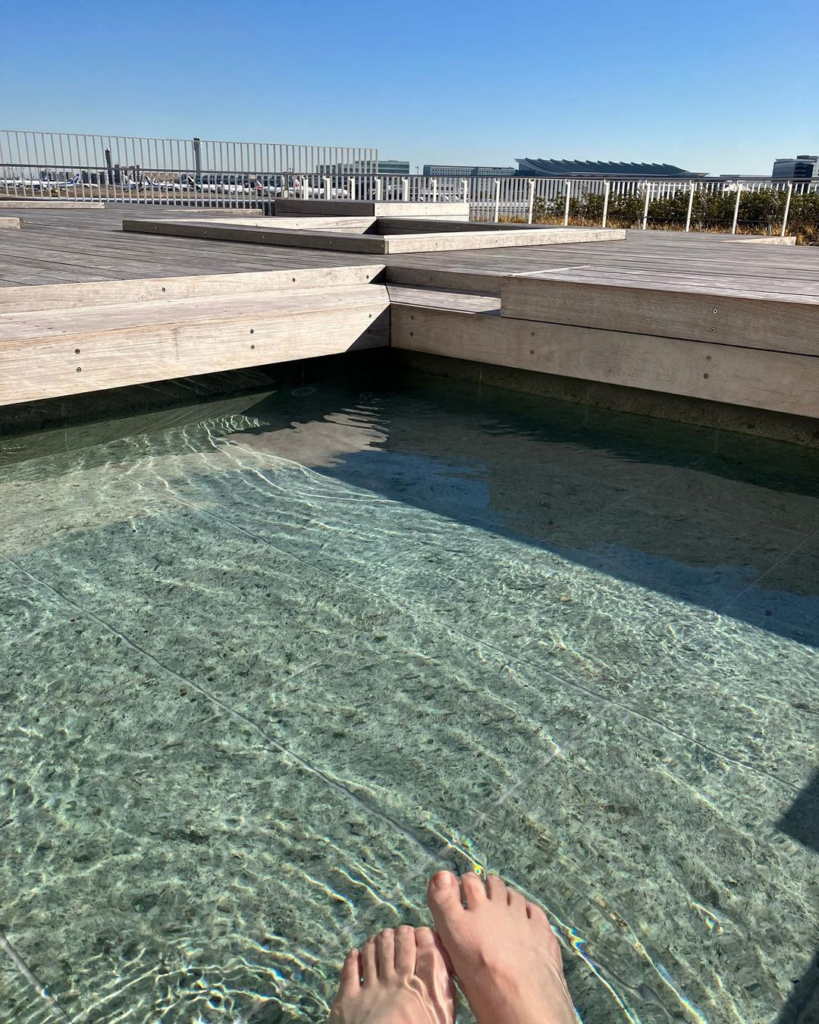
Additionally, head to the rooftop in Zone E to dip your feet in the footbath sky deck. Get rejuvenated as you catch planes flying past you and snap a good photo to commemorate the experience. Haneda Innovation City is great if you want to catch a quick break.
Address: 1-1-4 Hanedakuko, Ota City, 144-0041 Tokyo Opening hours: 5.30am-11.30pm, Daily Contact: Haneda Innovation City Website
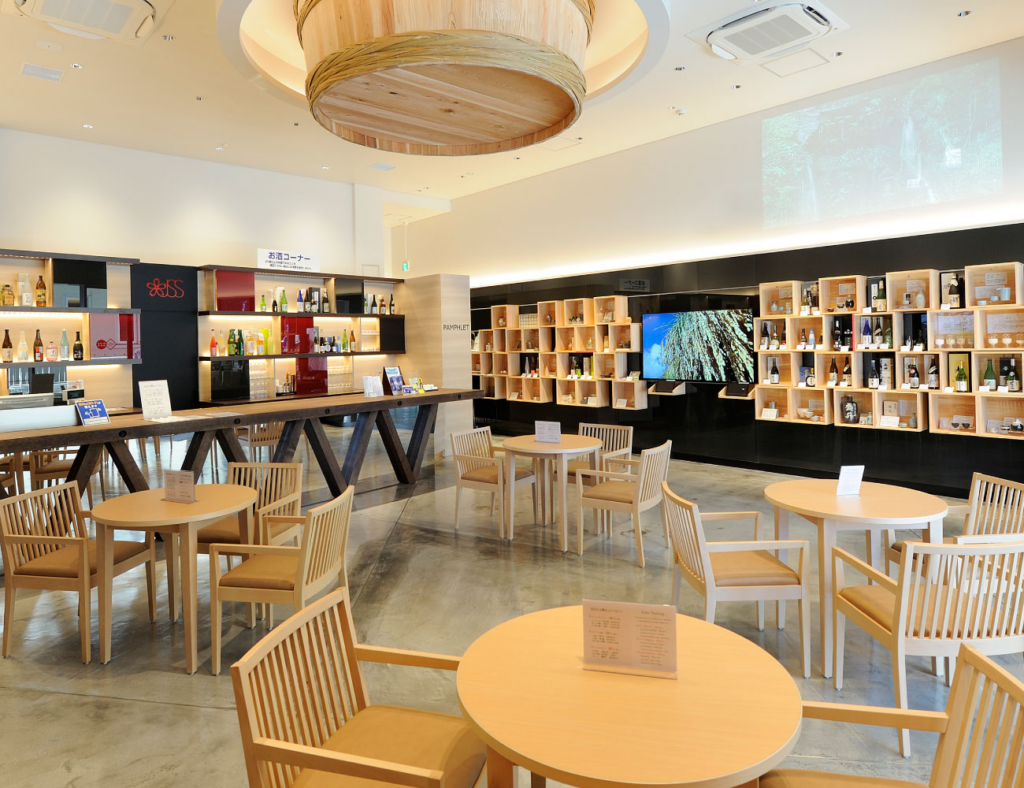
Step into the world of Japanese sake, shochu, and awamori. At the Japan Sake and Shochu Information Center , visitors can learn about classic Japanese alcoholic beverages.
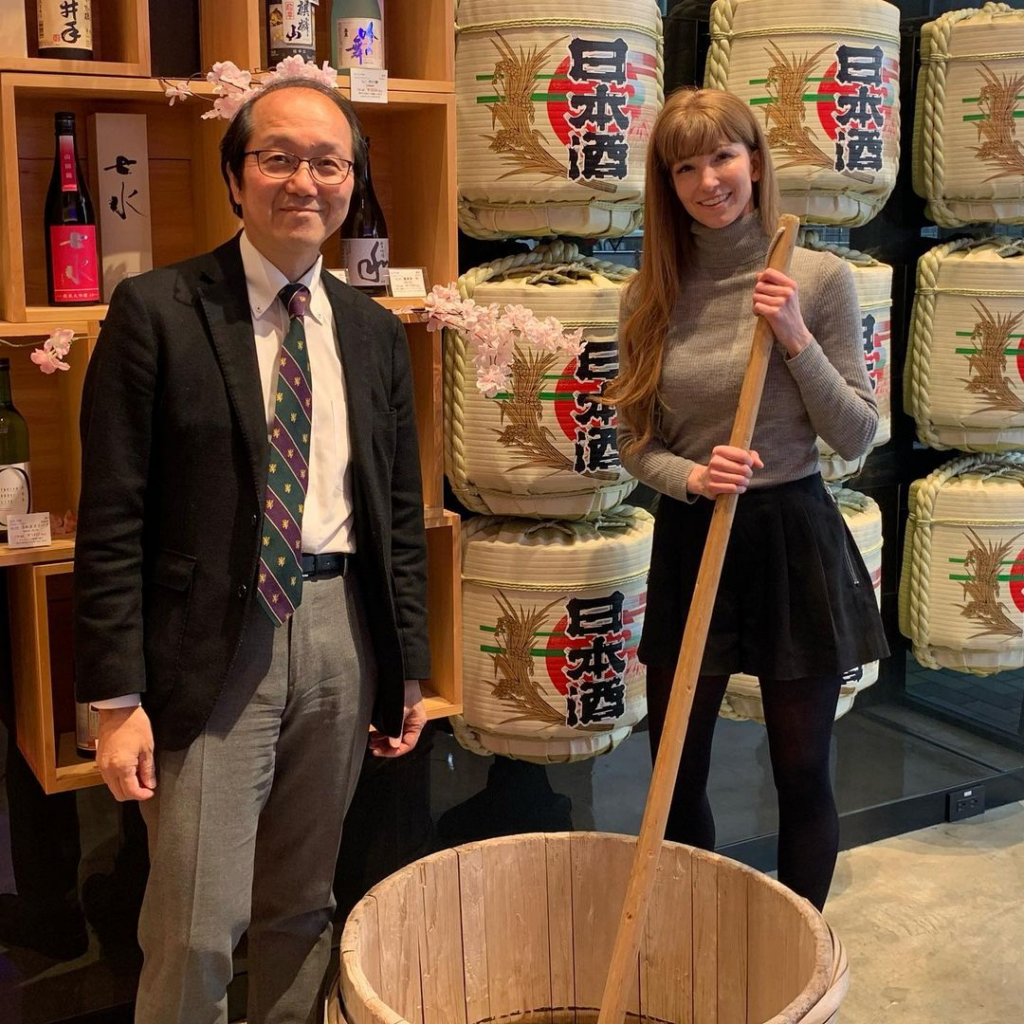
Visitors are welcome to watch educational videos on sake- and shochu-making, and you can even see the ingredients used in person. Simulate sake-brewing by holding the tools of the craft.
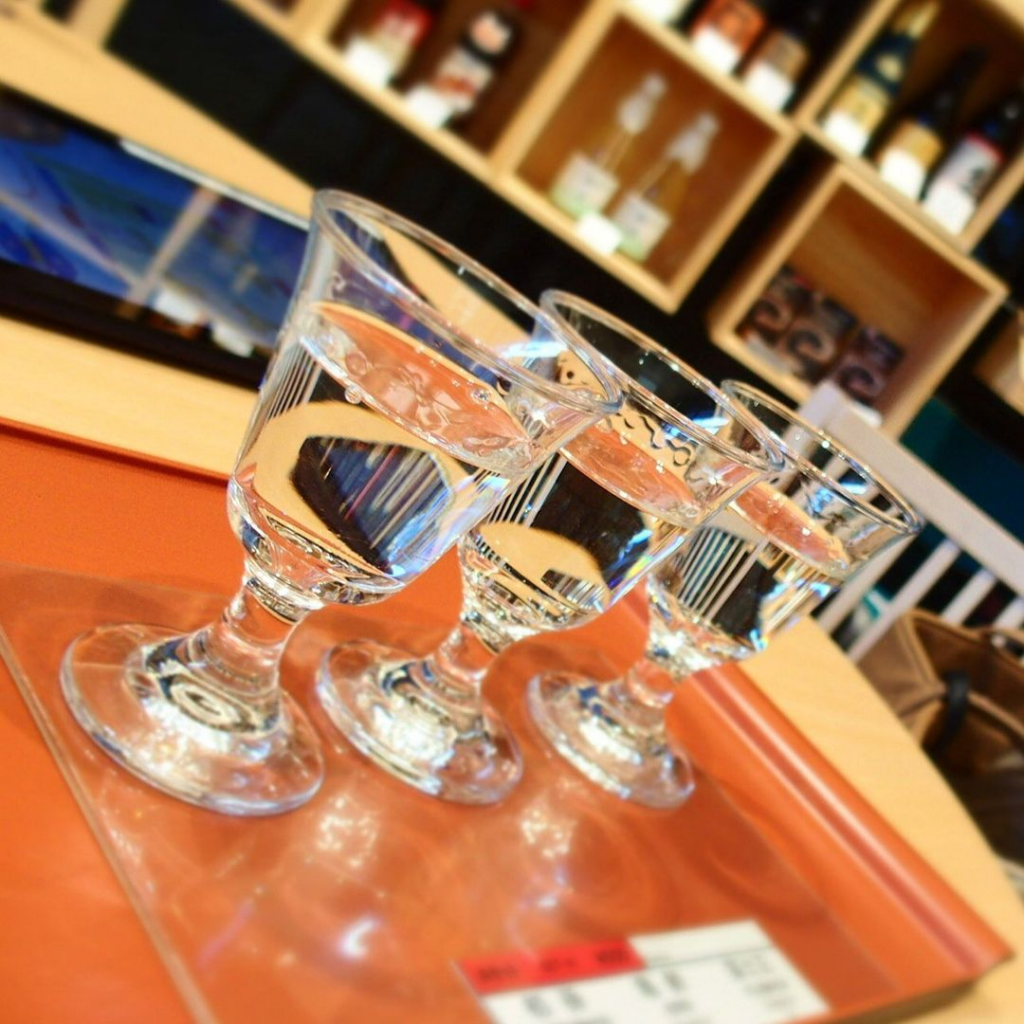
Additionally, get to taste over 50 brands of sake, shochu, and awamori from ¥100 per cup. You can also catch occasional events and seminars here where you can join a free tasting.
Address: 1-6-15 Nishishinbashi, Minatoku, 105-0003 Tokyo Opening hours: Mon-Fri 10am-6pm (Closed on Saturdays & Sundays) Contact: 3-3519-2091 | Japan Sake and Shochu Information Center Website
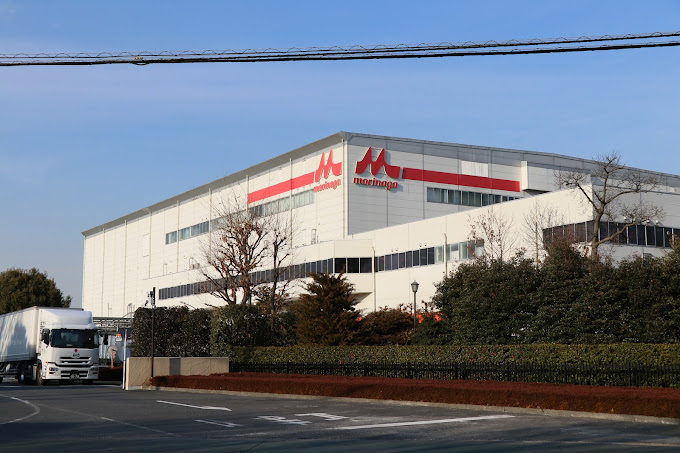
Beer and coke may not be suitable for children, but milk certainly is. Here at Morinaga Milk Tama Tokyo Factory , children are welcome to learn and see how milk is produced. After an introductory video, you’ll get to observe the whole production line for milk, cup drinks, and juices.
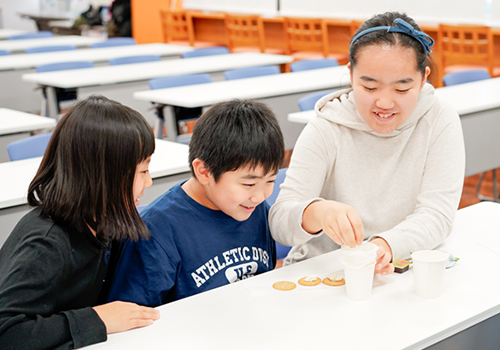
Try your hand at making cheese by using vinegar and warm milk – you can even watch it curdle!
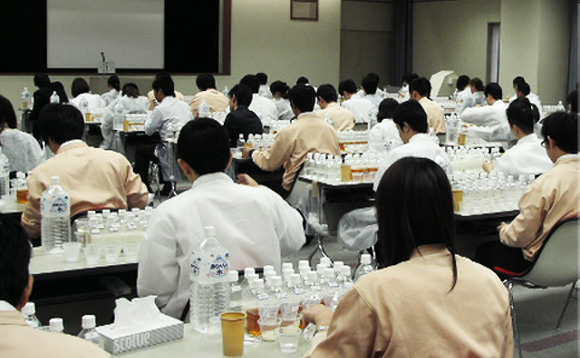
If you think you have a good palate, try becoming a Flavour Panel Meister . Morinaga Milk will challenge you to differentiate between 5 tastes – sweetness, saltiness, sourness, bitterness, and umami. As of 2022, only 56 out of approximately 5,600 employees are certified Flavour Panel Meisters.
Reservations are required for the tour, and they need to be booked in advance.
Address: 4-515 Tateno, Higashiyamato-shi, 207-0021 Tokyo Tour timings: Mon-Fri 10am, 1pm Contact: 0120-369-017 | Morinaga Milk Website
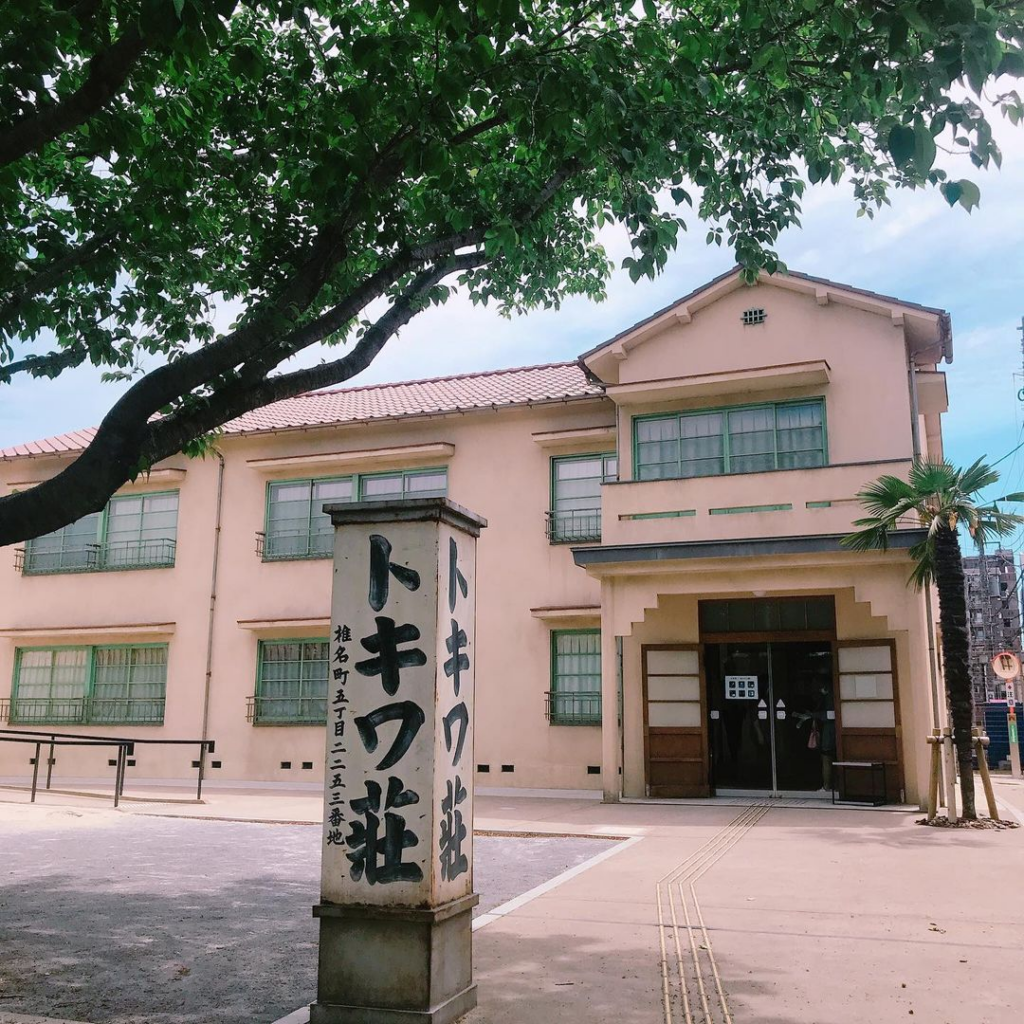
Astro Boy, Doraemon, Kamen Rider . These are Japanese entertainment show staples for kids, teens, and even adults in the ’90s. The creators of these legendary icons all stayed at Tokiwaso .
Tokiwaso was a popular gathering place for young aspiring manga artists. Though the original building was demolished in December 1982, it has now been recreated as a manga museum , dedicated to continuing manga and anime culture.
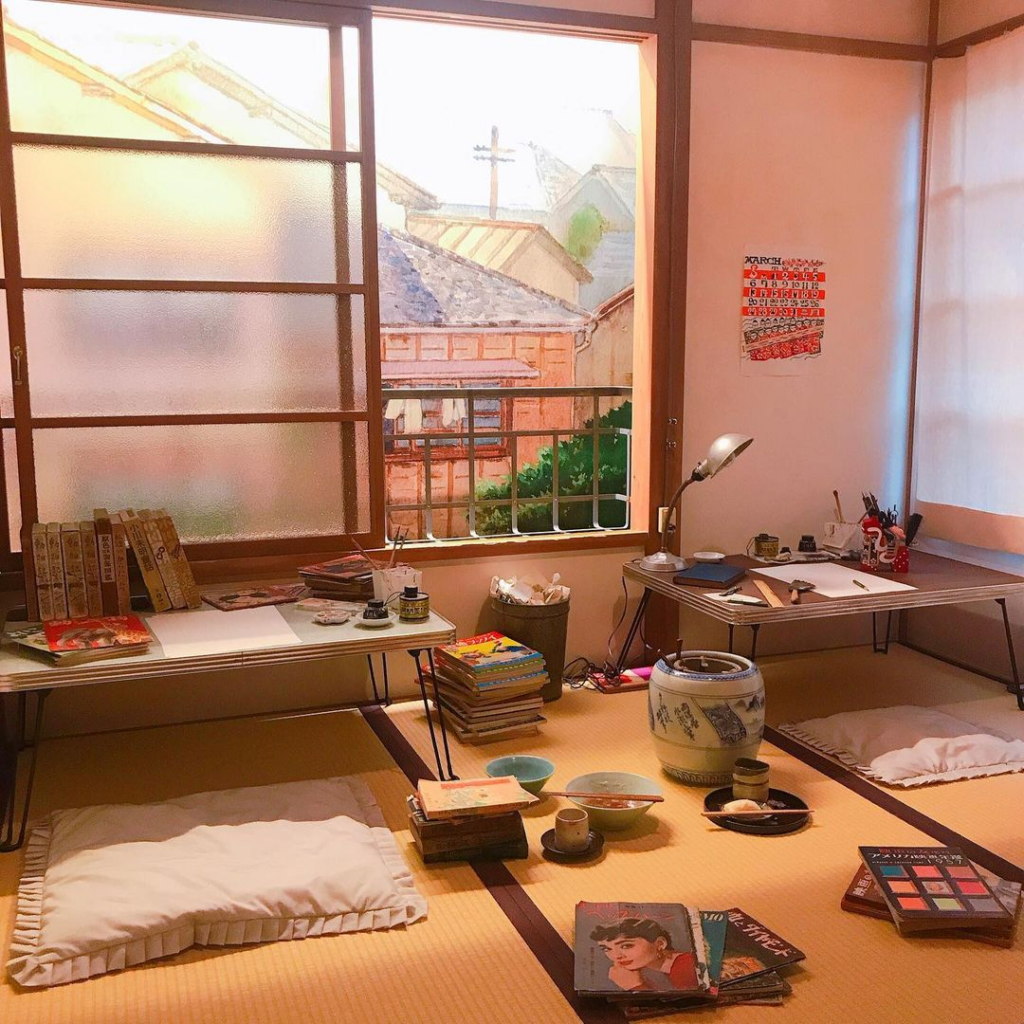
Take a peek into a manga artist’s life through replicated rooms. These rooms really look as though you’ve entered a mangaka’s room, with books sprawled on the floor showing their true passions.
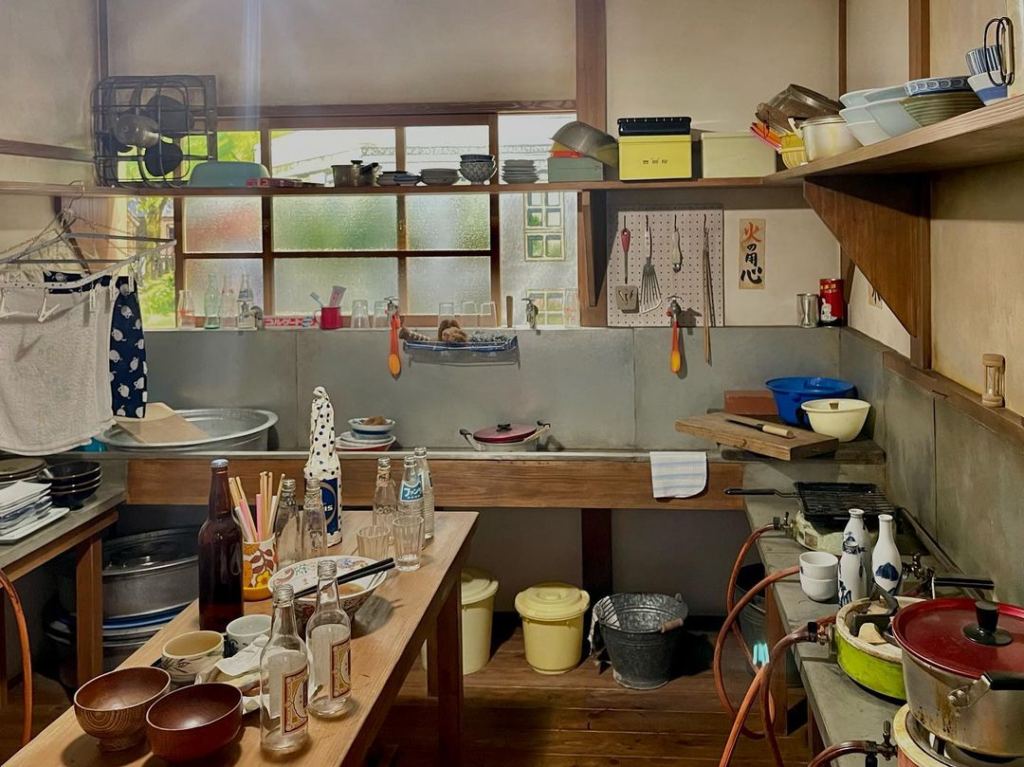
This replicated building is set in the ’20s and ’30s of the Showa era, and the museum is complete with stains on the walls, rust, and even creaking floorboards.
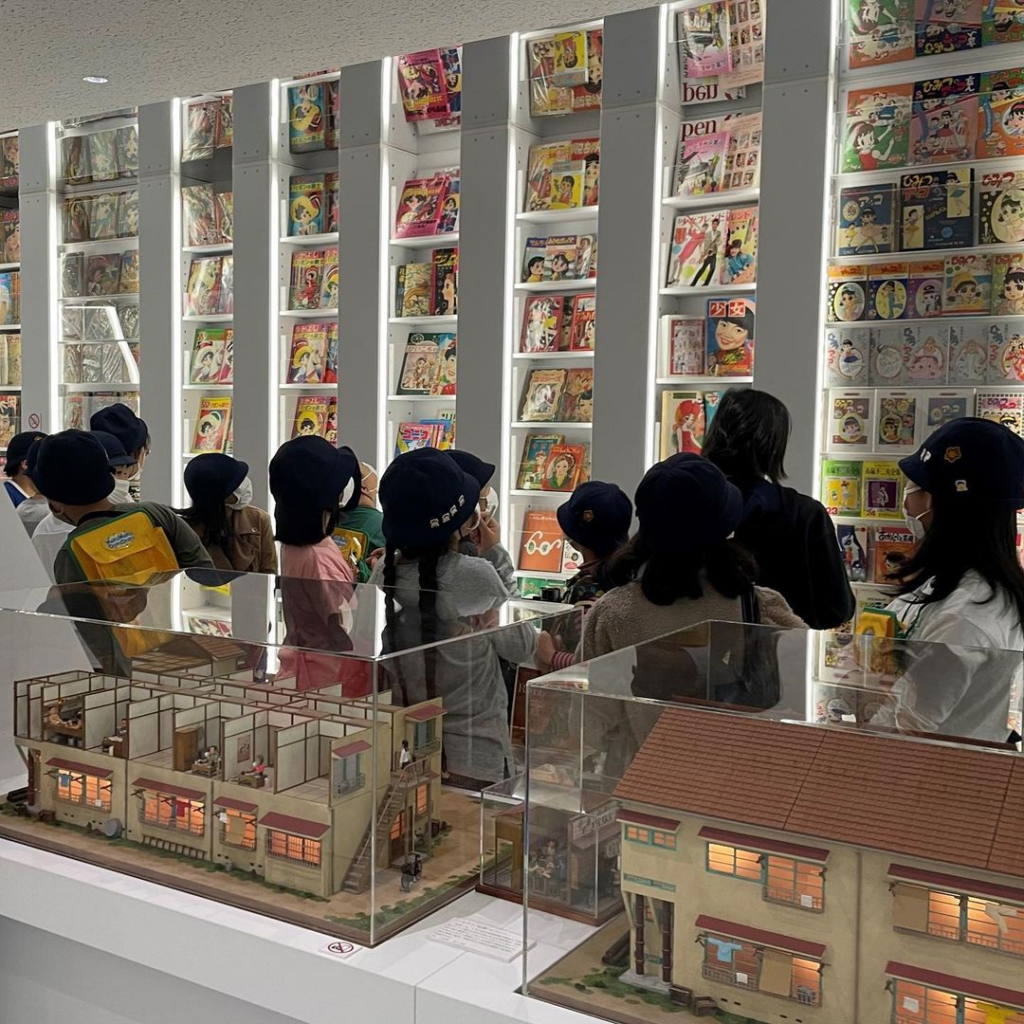
Head to the 1st floor, where you can peruse works of manga artists related to Tokiwaso, or visit the special exhibitions. Attend a manga-drawing workshop or a dress-up photoshoot to complete the experience.
Otaku or not, be sure to visit this unique manga museum where you can see a reproduced room once occupied by the “God of Manga”, Osamu Tezuka. Reservations are to be made online in advance. Read more about Tokiwaso Mang Museum here .
Address: 3-9-22 Minami Nagasaki, Toshima Ward, 171-0052 Tokyo Opening hours: Tue-Sun 10am-6pm (Closed on Mondays) Contact: 03-6912-7706 | Toshima City Tokiwaso Manga Museum Website
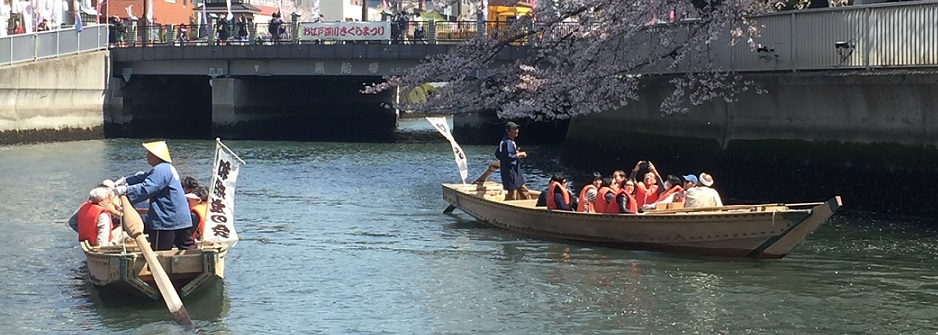
Time travel back to the Edo period (1603-1867) as you ride wasen – traditional Japanese wooden boats. They were used to transport people and goods through old Tokyo’s rivers and canals.
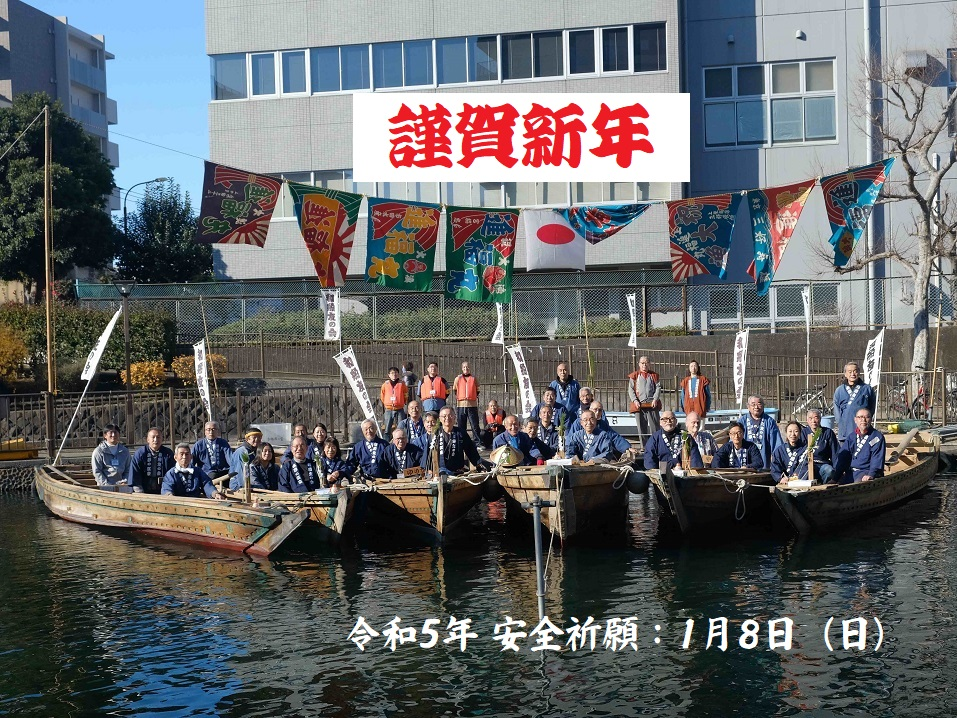
The “Wasen Tomo no Kai” are passionate volunteers who preserve wasen and practise the unique rowing technique for the boats . Visitors can get a free ride and even learn how to use the ro – a wooden propulsion tool that’s more efficient than a regular oar, and can effortlessly propel a boat of 10 people.
Head directly to Yokojukkengawa Shinsui Park for the ride, as no reservations are required. Just make sure to check their schedule online to ensure the ride is available on the day you visit.
Address: 1 Chome-1 Minamisuna, Koto City, 136-0076 Tokyo Opening hours: Wed & Sun 10am-2.15pm (Closed on other days of the week) Contact: 03-3647-2538 | Wasen Tomo Website
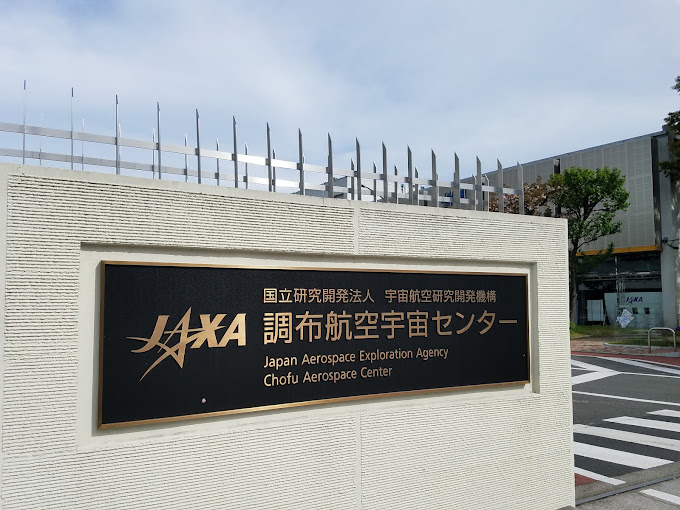
Equipped with specialised test facilities, Chofu Aerospace Center is a research and development base for the Japan Aerospace Exploration Agency.
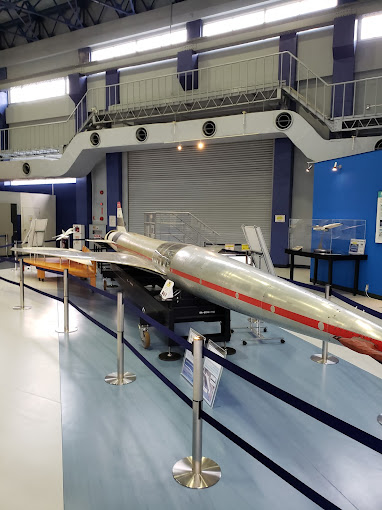
Inside the Centre’s exhibit hall lies 2 large supersonic transport technology demonstrators. Supersonic transport technology demonstrators are aeroplanes that enable high-speed transportation of passengers faster than the speed of sound.
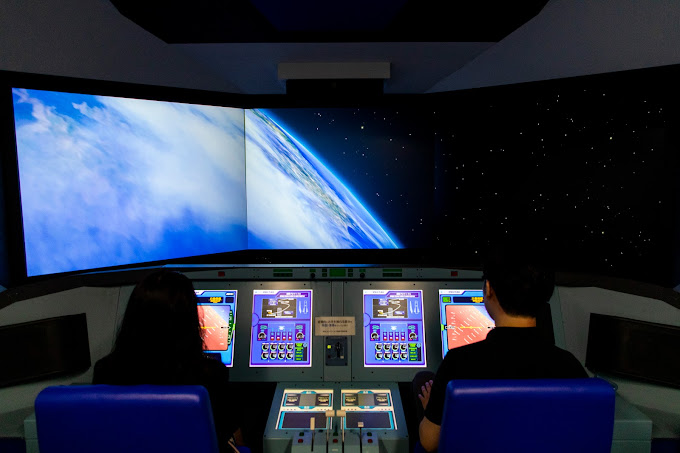
Ready for take off? Board a future space plane to experience simulated space travel. Chofu Aerospace Center has a space mission simulator and other space-related technology for you to feel like an astronaut.
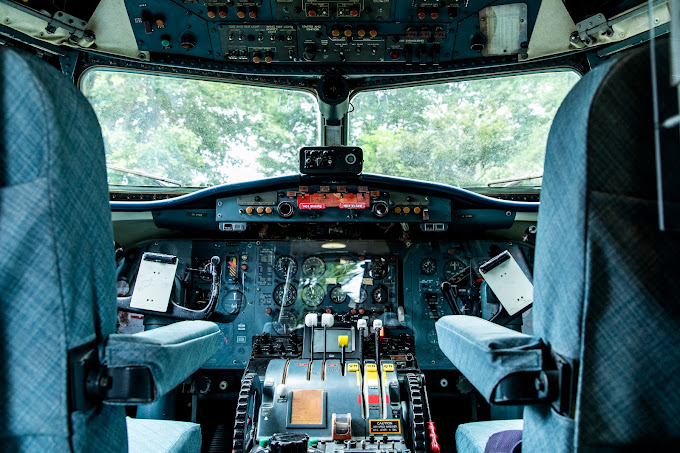
From a YS-11 cockpit to other technology such as the FJR710 turbo fan engine, this is the dream for aviation lovers. They offer 2 tours, a basic one for people with general interests and an advanced one for hobbyists. The advanced tour will even bring you to a testing facility, privy only to researchers.
To book a tour, send a request via email 3 weeks in advance.
Address: 7-44-1 Jindaiji Higashi-machi, Chofu-shi, 182-8522 Tokyo Opening hours: Mon-Fri 10am-4pm (Closed on Saturdays & Sundays) Contact: Chofu Aerospace Center Website
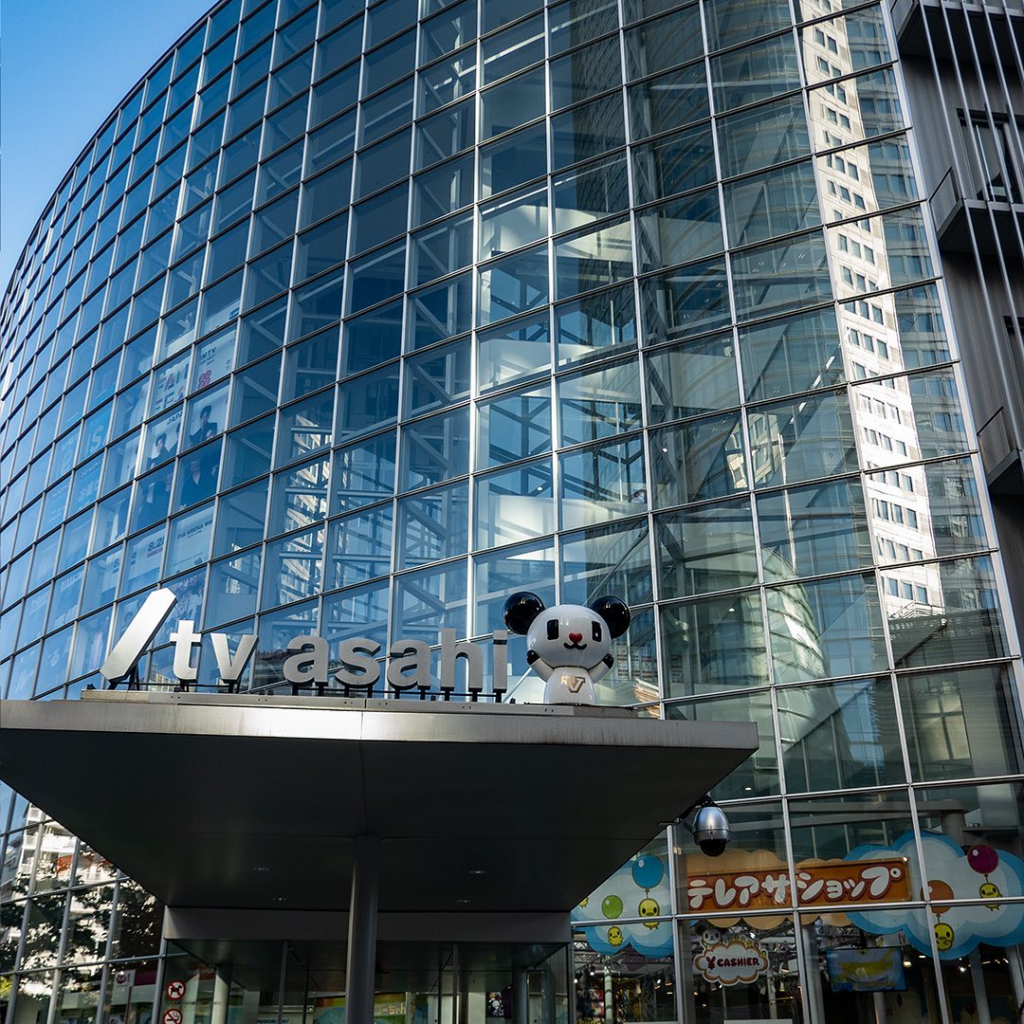
If you grew up watching Doraemon or Crayon Shin-chan , visit TV Asahi .
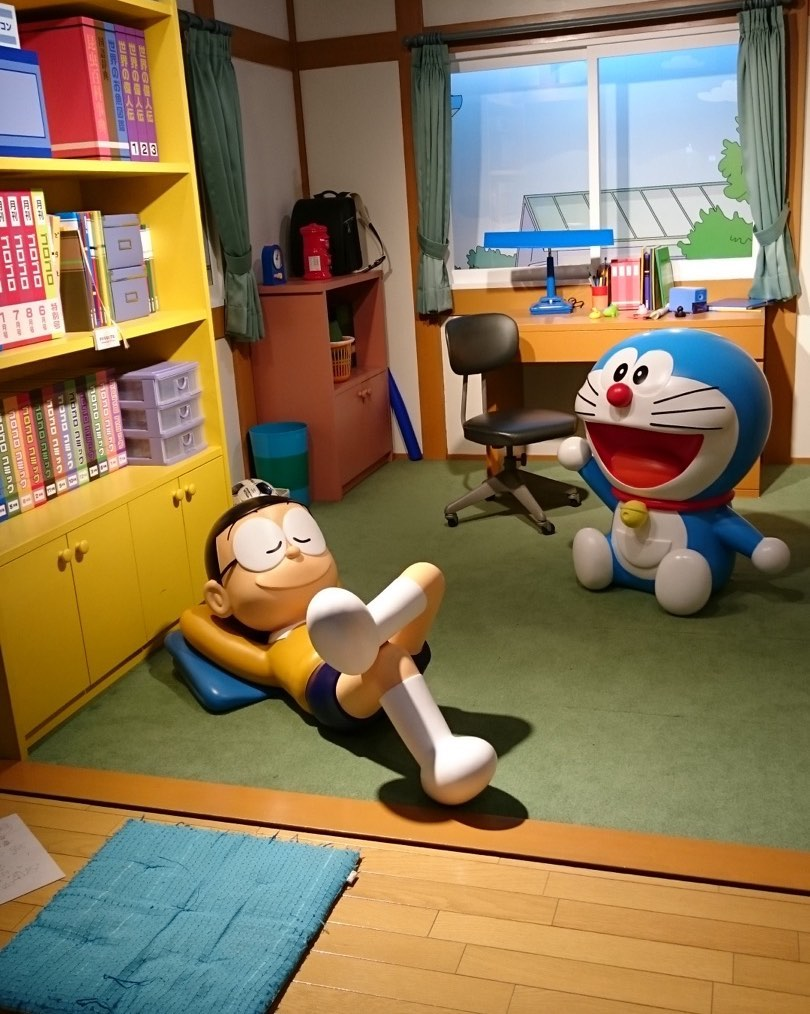
Located in Roppongi, TV Asahi has a permanent Doraemon -themed exhibition which includes large Doraemon dolls with which you can snap photos.
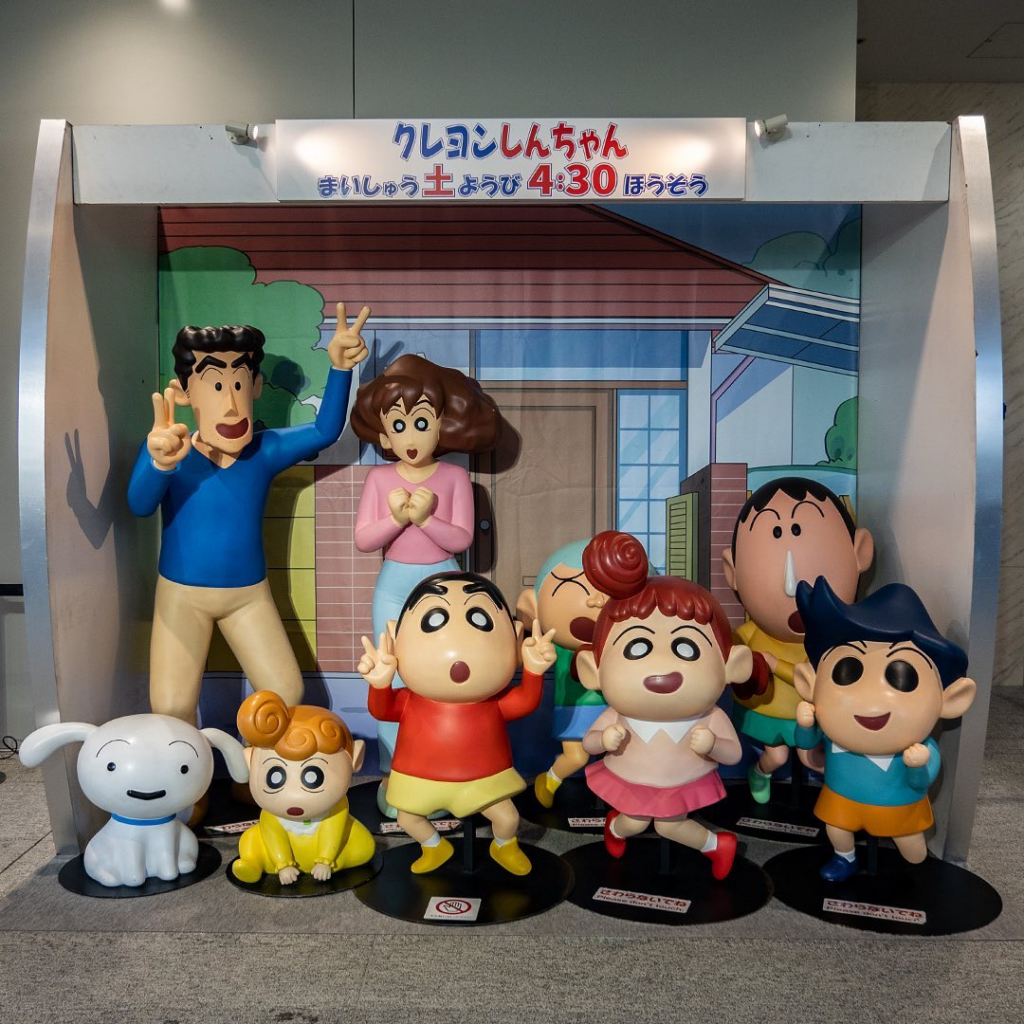
Additionally, there are various ongoing programmes and themed exhibitions, including promotion for their dramas and shows that are currently airing. Public workshops are also held occasionally, so if you’re lucky enough to catch a workshop during your visit, join one. TV Asahi also has a souvenir shop stocked with all kinds of merchandise from their shows, so bring home a Doraemon doll or a Crayon Shin-Chan keychain.
Address: 6-9-1, Roppongi, Minato-ku, 106-8001 Tokyo Opening hours: 9.30am-8.30pm, Daily Contact: 03-6406-1508 | TV Asahi Website
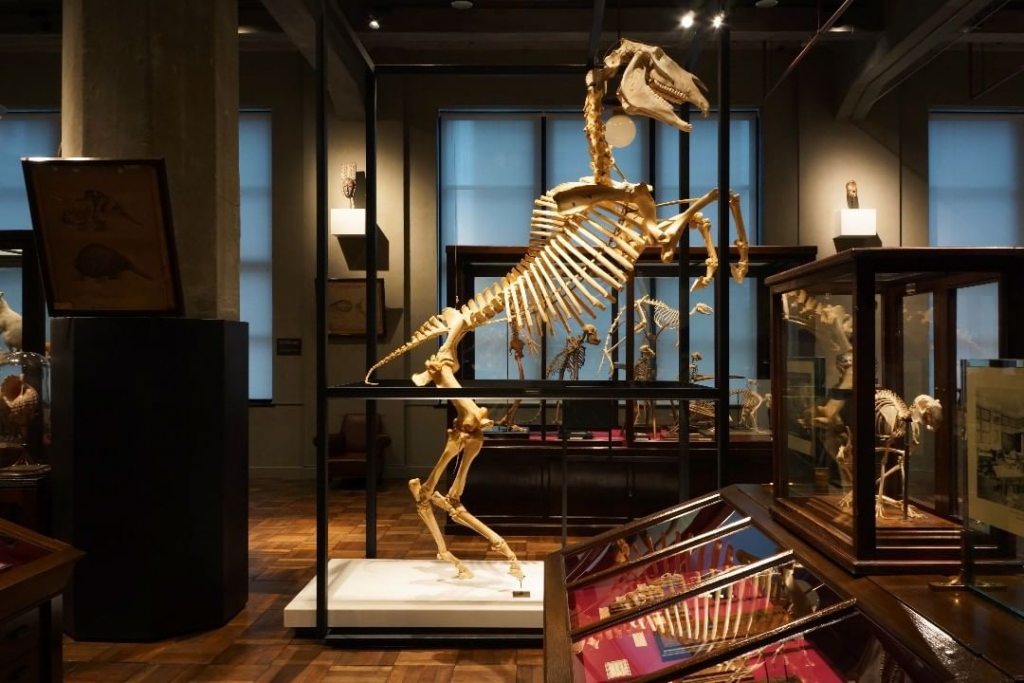
Intermediatheque is a hidden museum that gives off Night at the Museum vibes. It’s tucked inside the Kitte shopping mall. Culture meets history and science here, so you can see a range of scientific specimens right beside a cultural artefact.
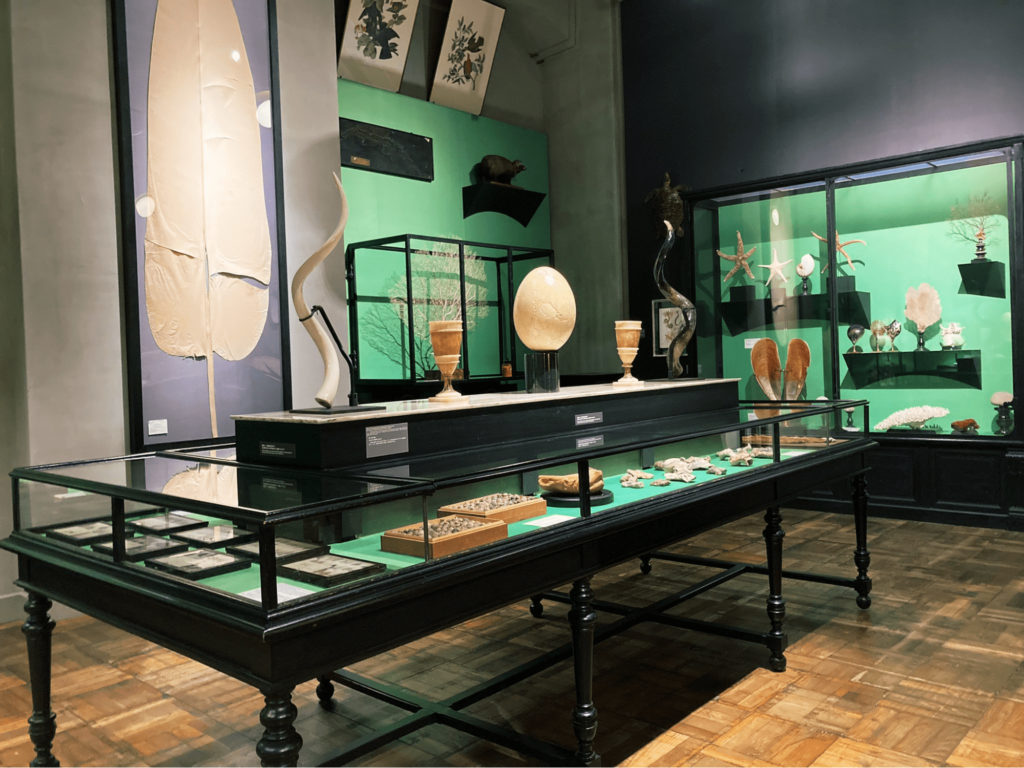
You’ll get a chance to feel like a night security guard a la Larry in Night at the Museum as you walk past taxidermied birds, large skeletons of species such as the phantom extinct giant bird Aepyornis, and more.
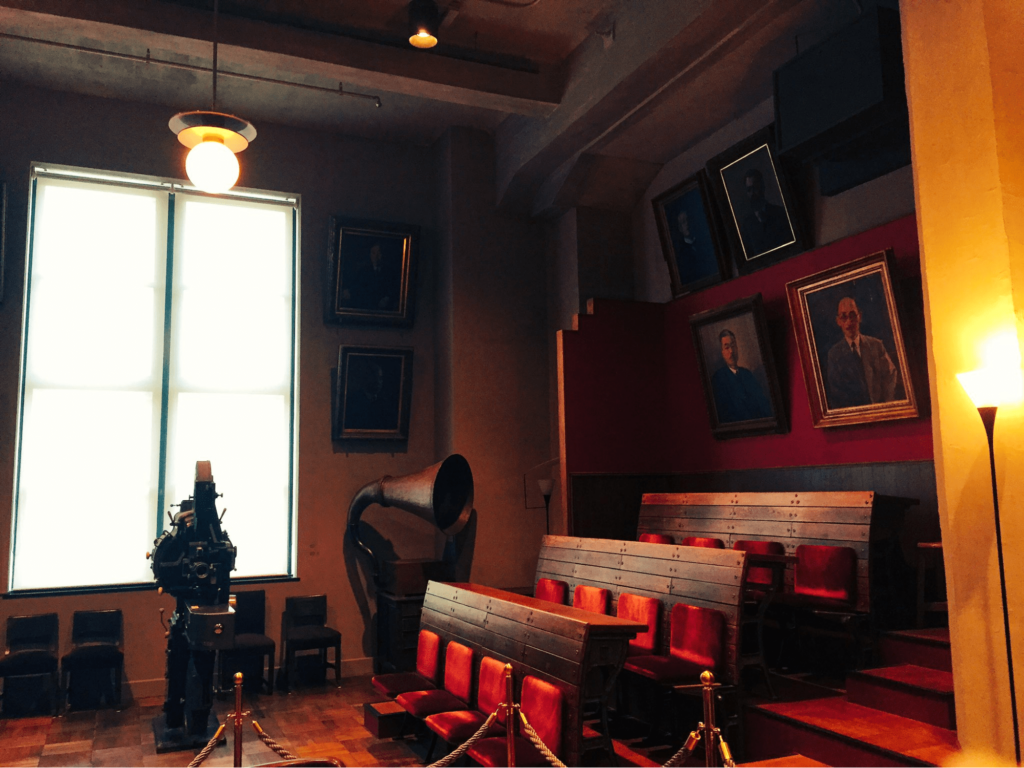
There are also special exhibits on display for a limited time. Enjoy roaming around and don’t be surprised if you lose track of time at this mystical museum.
Address: KITTE 2-3F, 2-7-2 Marunouchi, Chiyoda-ku, Tokyo Opening hours: Tue-Thurs, Sun 11am-6pm | Fri-Sat 11am-8pm (Closed on Mondays) Contact: 47-316-2772 | Intermediatheque Website
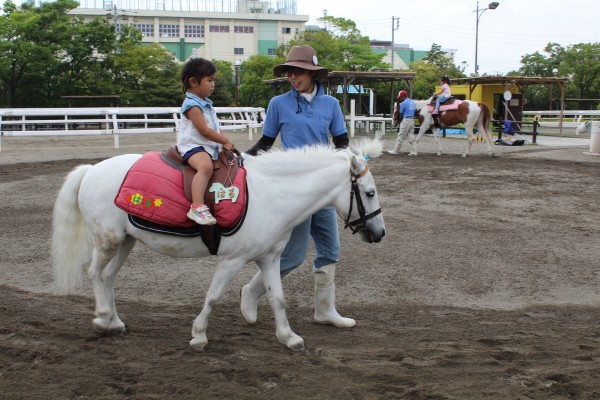
If you have little ones who love ponies and don’t fear riding them, visit Shinozaki Pony Land or Nagisa Pony Land . Kids who are in the sixth grade of elementary school and below can ride a pony for free at both locations. Ride times are 10am-11.30am and 1.30pm-3pm, subject to change.
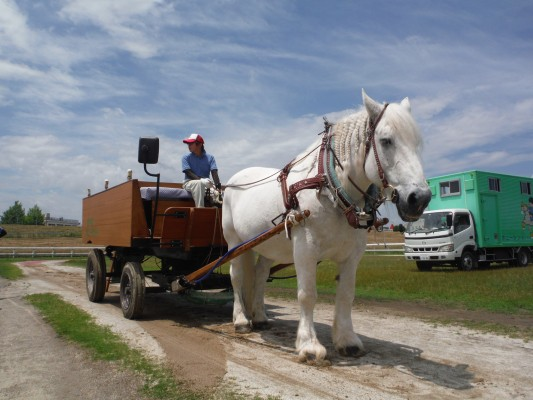
At Shinozaki Pony Land, there is also a carriage open to everyone on a first-come, first-served basis.
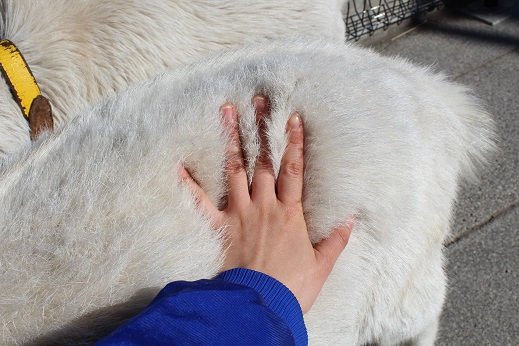
Interact with the ponies at Nagisa Pony Land, which even allows you to get up close and personal with goats as well. Get a tour of the stables and feed the animals there too.
Shinozaki Pony Land Address: 3-12-17 Shinozakimachi, Edogawa City, 133-0061 Tokyo Opening hours: Tue-Sun 10am-4pm (Closed on Mondays) Contact: 03-3678-7520 | Shinozaki Pony Land
Nagisa Pony Land Address: 7-3 Minamikasai, Edogawa City, 134-0085 Tokyo Opening hours: Tue-Sun 10am-4pm (Closed on Mondays) Contact: 03-5658-5720 | Nagisa Pony Land
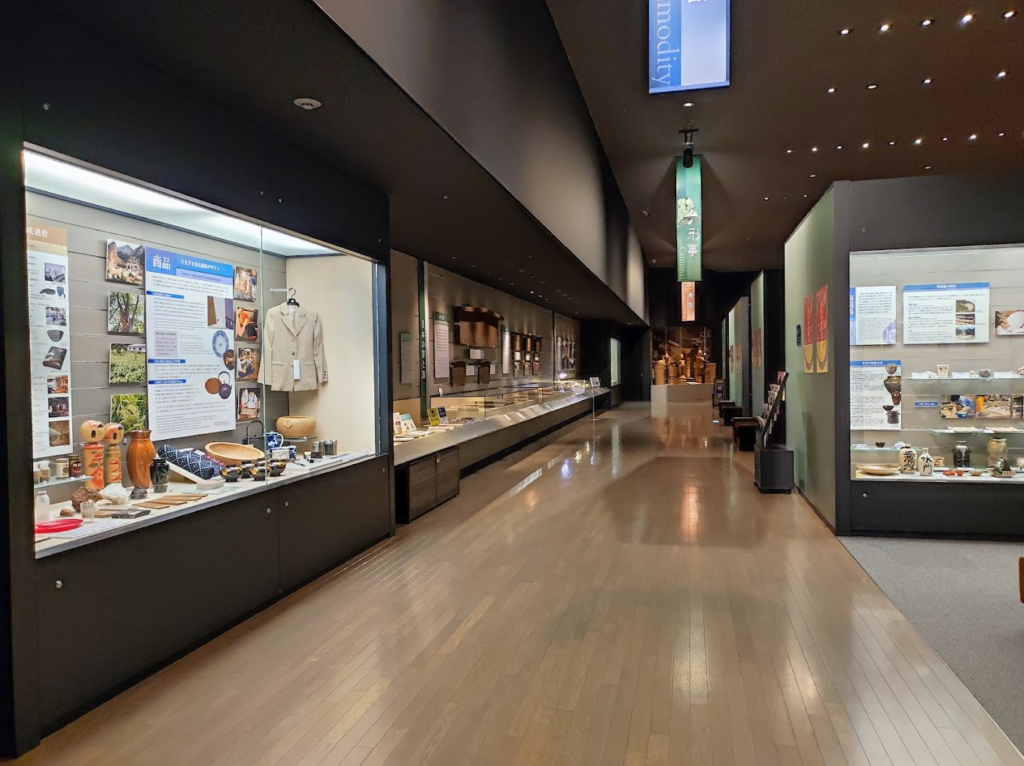
Here’s another secret museum filled with oddities. Meiji University Museum has 4 permanent exhibits that showcase a range of historical items. The first features the Meiji University history, while the second is the commodity department, where traditional handicraft products such as bamboo woodwork and lacquerware are displayed.
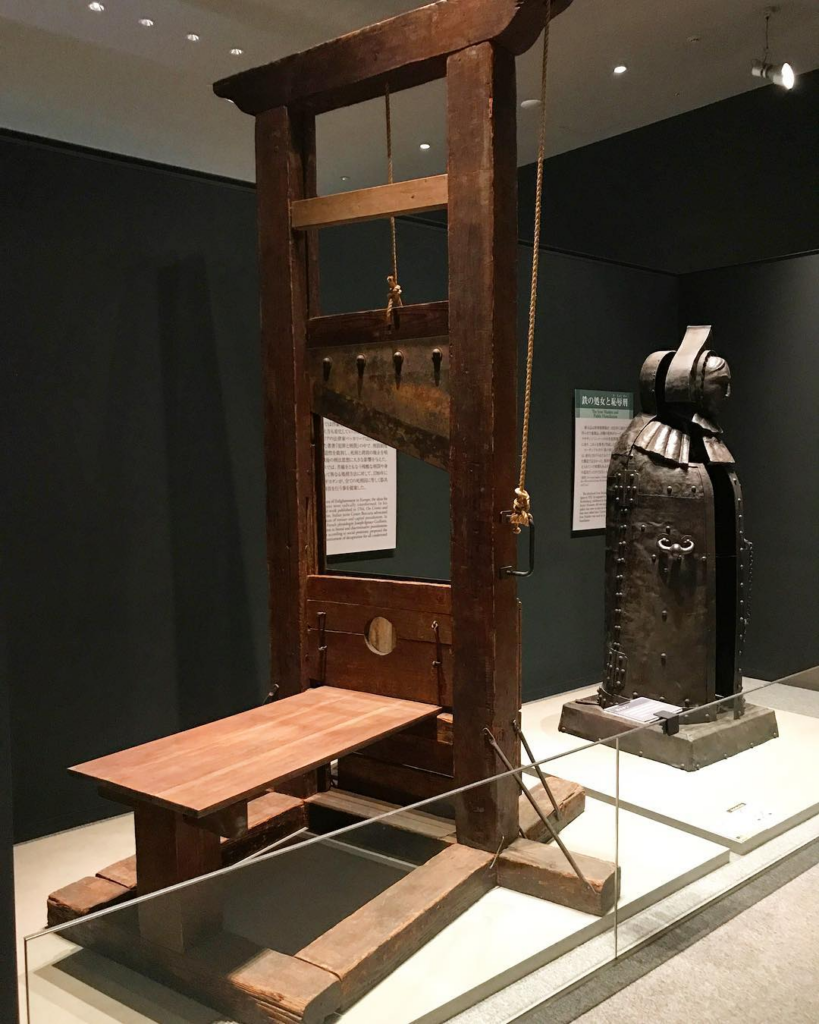
Their third exhibit might be the most interesting one: criminal materials department. In this exhibition room lies torture instruments dating all the way back to the Edo and early Meiji periods in Japan.
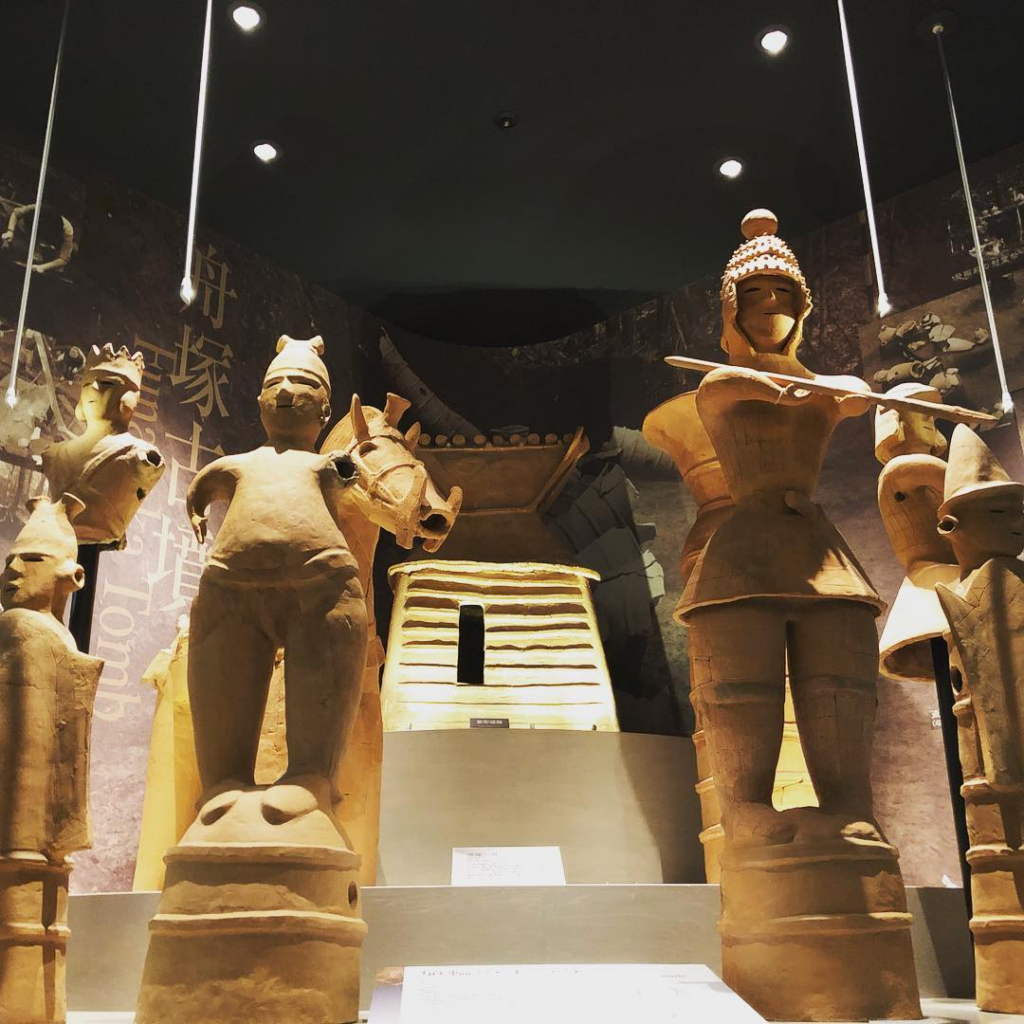
The last exhibit is the archaeology department, filled with ancient artefacts. So if you’re a history buff, this is the place for you.
Address: 1-1 Kanda Surugadai, Chiyoda-ku, 101-8301 Tokyo Opening hours: Mon-Fri 10am-5pm | Sat 10am-5pm (Closed on Sundays) Contact: 03-3296-4448 | Meiji University Museum Website
Whether you enjoy chaotic tuna auctions or prefer to relax and appreciate museums, these 24 free activities are sure to help you find your next adventure and explore Tokyo to your heart’s content, whilst saving that extra cash for your next visit.
Also check out:
- 10 must-visit beautiful lakes in Japan
- Exploring Jimbocho, Tokyo’s literary haven
- Tokyo tower guide
- 10 things to do on Awaji island
Cover image adapted from: しろふくろう , @musashigawa_beya , @t0mogram
Tokyo Travel Guide

Free Things To Do in Tokyo
- All Things To Do
- 1-Day Itinerary
- 2-Day Itinerary
- 3-Day Itinerary

Senso-ji Temple, Asakusa Senso-ji Temple, Asakusa free
The oldest religious site in Tokyo is also its most visited. The Senso-ji Temple sees about 30 million annual visitors and its inception dates all the way back to year 628. Despite its claim to antiquity, however, the structures that currently stand are relatively new reconstructions of previous edifices (during World War II, nearly the entire temple was razed). The Senso-ji Temple is dedicated to Asakusa Kannon, the Buddhist god of mercy and happiness. According to legend, two fishermen struck gold and found a statue of the god while fishing on the Sumida River. The Senso-ji shrine is dedicated to this lucky catch and features a small homage to the fisherman who caught the statue. Unfortunately, while here, you won't be able to see the actual statue. It is there, but it isn't on public display (it never has been). Either way, Buddhists and interested tourists alike flock to this attraction with the hopes that being in the presence of Kannon's healing powers will rub off on them. After you've properly toured Senso-ji, take some time to check out the shops that line Nakamise Dori, which you'll find on the way to the temple.
The majority of travelers enjoyed their experience at the Senso-ji Temple, with some saying a visit to Tokyo isn’t complete until make a stop here. Visitors found the temple to be beautiful and enjoyed admiring its grand stature and intricate architectural details. The only complaint among travelers was with the attraction and all the activity surrounding it; Senso-ji can get so crowded that it can be difficult to be able to simply admire the attraction. If you don't want to share space with throngs of tourists, visitors suggest coming early morning or late at night.

Meiji Shrine Meiji Shrine free
The Meiji Shrine is a Shinto (Japan's original religion) shrine dedicated to Emperor Meiji and Empress Shoken. Japanese history credits Meiji for modernizing Japan by incorporating Western principles into Japanese society, including adopting a cabinet system into government. After the emperor's death in 1912 and that of his consort in 1914, the Japanese commemorated their contributions with the Meiji Shrine. While the buildings are certainly worth visiting, the surrounding forest (considered part of the vast Yoyogi Park) is a sight to see as well. That's because 100,000 of the trees standing were all donated by Japanese people from around the country as a thank you to the emperor.
While at such a sacred site, take time to partake in traditional rituals. When entering the shrine, you'll first see the Torii , or the shrine's large archway. It's traditional to bow once entering, then again when you leave. To foreigners, the Temizusha may appear to be a drinking fountain, but it's actually a cleansing station where visitors have the opportunity to purify themselves with holy water. It's common to wash your hands and rinse your mouth out, but don't drink the water. When approaching the main shrine, it's customary to pay your respects by bowing twice, then clapping your hands twice and bow once again. Carrying out such respects are optional, the rules of the shrine are not. Don't photograph the interior of the buildings; don't eat, drink or smoke unless you're in designated areas.

Ueno Park Ueno Park free
U.S. News Insider Tip: Take a 20-minute walk northwest of Ueno Park to the more than 100,000-square-foot Yanaka Cemetery, the first public burial ground in Tokyo and an oasis of foliage and historical importance. It’s particularly beautiful to visit during cherry blossom season. – Kristin Braswell
Considered the first public park in Tokyo, Ueno is an ideal place for a leisurely stroll in the city. Formerly part of Kaneiji Temple, Ueno Park is now home to the Ueno Zoo (considered Japan's oldest zoo), six museums, a number of shrines and temples, and more than 1,000 cherry blossom trees. During late March and early April, the park’s canopy of cherry blossoms attract visitors from all over the world for hanami parties – which is when people gather under the trees for picnics and socializing. Museums on the grounds include the Tokyo National Museum , the National Museum for Western Art, the Tokyo Metropolitan Art Museum and the National Science Museum.

Shibuya Crossing Shibuya Crossing free
U.S. News Insider Tip: After the rush of Shibuya Crossing, walk 15 minutes to Cat Street, a pedestrianized stretch with fewer crowds and chic shopping. Pop into TRUNK hotel for a coffee or a cocktail in its popular lobby, which is open to the public. – Kristin Braswell
Behold: a whirlwind of bodies moving somehow in seamlessly concerted motion at Shibuya Crossing – a must-see in Tokyo. The popular pedestrian scramble located in front of the Shibuya Station Hachiko exit is considered the busiest intersection in the world, welcoming upward of 3,000 people every two minutes across its five major crosswalks. The hypnotic waltz under Shibuya’s towering neon buildings is quintessential Tokyo: busy, yet somehow still orderly and seamless. A major transportation hub, Shibuya Station connects the city’s major neighborhoods, including Harajuku and Roppongi.

Ginza Ginza free
U.S. News Insider Tip: Tucked on an alleyway, Kagari Ramen offers a not-to-miss truffle chicken ramen that people begin to line up for in the early afternoon. Get there early and grab a ticket for entrance. – Kristin Braswell
New York has Fifth Avenue, London has Bond Street, Paris has the Champs-Élysées and Tokyo has Ginza. The neighborhood is a shopper's paradise, housing all types of storefronts from affordable, big-name retailers, such as H&M and Zara, to upscale design houses, such as Dior, Armani and Cartier. You can also find specialty stores selling traditional items, such as kimonos, incense and chopsticks. There's also a plethora of Hello Kitty products at the Sanrio flagship store located here, as well as all the toys your kid's heart desires at the massive Hakuhinkan Toy Park.

Tokyo Station Tokyo Station free
An underground maze and city unto itself in Marunouchi business district, Tokyo Station is a major gateway for travelers arriving and departing the city. More than 3,000 trains come through the station each day, making it the busiest transportation hub in Japan. Some of the most popular trains that make a stop at Tokyo station include the JR Yamanote line, which circles through some of the city’s most famous commercial neighborhoods, as well as various bullet trains (called Shinkansen) that transport travelers throughout Japan – from Kyoto to as far south as Kyushu. A terminal on the Yaesu side exit is the stopping point for a number of buses that connect to the rest of the country, as well as Tokyo’s two airports, Haneda and Narita.
If you get overwhelmed in the station, you wouldn’t be the first. Fortunately, there are a number of English-speaking tourist stands that can help you navigate the best way to your destination. These include the JR EAST Travel Service center outside of the Marunouchi North Exit ticket gate, which offers support for international tourists, including directions to exchanging money; it's open daily from 7:30 a.m. to 8:30 p.m. It’s also a popular location to pick up the Japan Rail Pass, a transportation option sold exclusively to tourists who enter Japan on a temporary visitor visa that provides discounted unlimited rides around the country for a set amount of time. You can learn more about how to purchase the pass and the specific routes and costs here . Other central information centers in Tokyo Station include the Central Corridor and Marunouchi Central information counters, open from 10 a.m. to 6 p.m. daily.

Akihabara Akihabara free
Akihabara is nirvana for techies. Tokyo's premier electronics district, which is also referred to as "Akiba," has gadgets of all kinds found in booths on side streets and main street mega department stores. You'll spot the latest technology on the shelves, which will probably put your equipment to shame. And if you're in the market for hard-to-find bibs or bobs, you're likely to find that here, too. If you're unsure where to start, stop at the larger-than-life Yodobashi Camera store (often billed as the largest electronics store in the world) or stroll along the neighborhood's main street, Chuo Dori, which becomes car-free on Sundays for select hours. In addition to being an electronics hub, Akihabara also caters to serious gamers, anime and manga lovers. Here, you'll find loads of gaming arcades as well as shops and street stalls selling comics and character figurines. You'll also probably spot a few cosplayers casually walking down the street.
While Akihabara is no doubt unique, recent travelers had mixed reviews about the district. Those who expressed interest in anime loved their visit, saying you can't leave Tokyo without experiencing the world Akihabara has to offer for fans. Those without a greater interest in the subject matter enjoyed the buzzing activity and plethora of neon signage that permeated the area, but ended up growing bored after a period of time. Some were offended by the inappropriate nature of some of the anime culture (think: maid cafes), so this area may not be suitable for all travelers. Visitors solely interested in shopping for electronics felt overwhelmed by the options and recommended researching in advance to maximize your time in the neighborhood.

Odaiba Odaiba free
Envision a mini Atlantis rising out of the water, conveniently right next to downtown Tokyo. That's Odaiba. This neighborhood and human-made island situated on the Tokyo Bay is a hub of entertainment, eateries and eye-catching architecture, including the futuristic-looking Fuji Television building and the life-size Unicorn Gundam Statue. Some of the area's top attractions include the National Museum of Emerging Science and Innovation and the relaxing Odaiba Seaside Park, which comes equipped with an artificial beach and Tokyo's own Statue of Liberty (scaled down).
Along with the Legoland Discovery Center, there’s also the DiverCity Tokyo Plaza and Decks Tokyo Beach facility, which offers lots in the way of dining and shopping in addition to entertainment options.

Tokyo Metropolitan Government Building Tokyo Metropolitan Government Building free
There are plenty of skyscrapers that provide a bird's-eye lookout in Tokyo, including Tokyo Tower and Tokyo Skytree. So what makes the Tokyo Metropolitan Government Tower special? It's free! The nearly 800-foot-tall building houses two observatories (North and South observatory) that are the highest vantage points (at around 660 feet) that you can reach in the city without having to hand over some yen.
Travelers loved their experience at the Tokyo Metropolitan Government Building because it was so fuss-free. Free admission, few lines, speedy elevators, helpful customer service and no time restrictions at the top was ideal for travelers who were looking to take their time with the incredible views. The observatories offer 360-degree views of the city and visitors say on a clear day, Mount Fuji is visible in the distance. If you can, travelers suggest visiting at sunset; the transition from day to night, when some say truly Tokyo comes to life, is magical.

Daikanyama Daikanyama free
If you’re looking to recharge in Tokyo, consider Daikanyama, a tree-lined neighborhood with a trendy, quiet side that’s often referred to as Tokyo’s own Brooklyn. Just south of Shibuya, the district is a peaceful retreat from the towering buildings of its neighbors. The pedestrian-only streets are filled with boutique shops, restaurants, small parks, cafes, and the city’s biggest bookstore: Daikanyama T-Site. Plan to spend several hours roaming T-site’s three buildings, which are filled with a collection of books, magazines and music. Then, have a coffee or cocktail at its on-site cafe, Anjin Library & Lounge, which is filled with plush brown leather couches and a number of tables. Log Road is another must-see in the neighborhood. Built on the train tracks of the old Tokyu train line, this outdoor shopping complex features a brewery and a bakery that are housed in wood cottage buildings surrounded by greenery and a number of places to sit and picnic. Daikanyama is also popular for brunch spots like Garden House Crafts and Ivy Place.
Visitors call T-Site one of the best bookstores they’ve ever visited, reminiscent of a beautifully designed college campus. They call Daikanyama a mix of modern and traditional Japan and recommend visiting Saigoyama Park for a stroll and sunset watching.

Imperial Palace Imperial Palace free
You'd think the Imperial Palace would be mobbed with tourists, but it's not. You can credit the lack of crowds to an application policy, which limits the number of visitors. That's because the Imperial Palace is home to the Emperor of Japan and his immediate family. And before that, it was the residence for some of Japan's most important figures, including Emperor Meiji (credited for modernizing Japan) and rulers during the Edo Period (the time period before Japan was modernized by Meiji). Because of its significant importance in Japanese society, admittance to the site is hard to get (you have to put in your application several weeks in advance) and access inside the actual palace is even more restricted.
As such, most travelers suggest skipping the application entirely (those who went on the tour were disappointed with how little of the palace is open to visitors) and admiring the compound from afar. Visitors also say the East Gardens, which are part of the Imperial Palace complex, are much more of a sight to see. This flourishing green space has plenty of shady spots and open fields, perfect for relaxing. And during cherry blossom season, these gardens are a choice spot for locals looking to enjoy the seasonal foliage.

Shimokitazawa Shimokitazawa free
A hub for vintage shops, cafes and restaurants, Shimokitazawa continues to gain popularity among Tokyo’s young crowds and students who are drawn to its bohemian energy. Commonly known as "Shimokita," the largely residential district in west Tokyo’s Setagaya neighborhood was once a haven for hippies who migrated to the neighborhood in the 1970s. Today, a network of streets are home to busy cafes, indie cinemas, music venues and tons of thrift shopping. A philosophy called “Shimokita style” embraces reusing clothing and antiques, but also a slower pace to enjoy life.
Small, independently owned stores are the neighborhood’s pride, with Ocean Blvd. store – just a few steps from Shimokitazawa Station, being a great starting point for thrift shopping. Other popular thrift stores include Chicago, Flamingo and New York Joe Exchange.

Tsukiji Outer Market Tsukiji Outer Market free
You don’t have to be a sushi connoisseur to enjoy the Tsukiji Outer Market, which offers an unforgettable experience. Even before Tokyo’s international wholesale fish market – the largest in the world – moved to the Toyosu district in 2018, the Tsukiji Outer Market was a popular place to buy a variety of food and kitchenware. Today, hundreds of different types of seafood are sold here, ranging from basics (like tuna) to the exotic. If all the excitement and bartering starts to make you a little hungry, don't hesitate to grab a bite here. There are numerous sushi stalls and tiny restaurants in the market (Sushi Sei Honten and Sushizanmai are popular spots) that serve fish at their freshest. But if you aren't much of a seafood fan, no matter. There's still something for you here. The market features a few ready-made meal stalls that aren't all seafood-based, including Mosuke Dango, where you'll find sweet dumplings. What’s more, retail stalls selling kitchenware items like knives and tableware also set up shop.
Recent visitors offered mixed reviews for the Tsukiji Outer Market, noting that prices were higher than the original market that moved to Toyosu. If you're not a fan of seafood, or you don't enjoy overstimulating and/or crowded places, visitors say this is not the attraction for you. Travelers say this market is huge and very busy, especially on Saturdays. Those who do enjoy seafood will no doubt be in awe of the vast array of fresh and delectable seafood options available, so much so that reviewers strongly suggest coming hungry as you'll probably end up eating more than you planned. Travelers were also delighted in the market's lack of a pungent, fishy smell.

Explore More of Tokyo

Best Hotels

When To Visit
If you make a purchase from our site, we may earn a commission. This does not affect the quality or independence of our editorial content.
Recommended
16 Top Adults-Only All-Inclusive Resorts in Mexico
Christina Maggitas|Rachael Hood|Catriona Kendall September 13, 2024


The 26 Best Beach Resorts in the World
Marisa Méndez|Erin Vasta|Rachael Hood|Catriona Kendall September 5, 2024

30 Fun Fall Weekend Getaways for 2024
Holly Johnson August 29, 2024

The 19 Best Fall Family Vacations for 2024
Amanda Norcross August 27, 2024

The 28 Best Water Parks in the U.S. for 2024
Holly Johnson|Timothy J. Forster May 8, 2024

The 18 Best Napa Valley Wineries to Visit in 2024
Lyn Mettler|Sharael Kolberg April 23, 2024

The 25 Best Beaches on the East Coast for 2024
Timothy J. Forster|Sharael Kolberg April 19, 2024

The 50 Best Hotels in the USA 2024
Christina Maggitas February 6, 2024

The 32 Most Famous Landmarks in the World
Gwen Pratesi|Timothy J. Forster February 1, 2024

9 Top All-Inclusive Resorts in Florida for 2024
Gwen Pratesi|Amanda Norcross January 5, 2024

- Best Time to Visit
- Weather & Climate
- Neighborhoods to Know
- Best Hotels
- Narita International Airport Guide
- Haneda Airport Guide
- Public Transportation
- 48 Hours in Tokyo
- Day Trips From Tokyo
- Top Things to Do
- Free Things to Do
- Things to Do With Kids
- Best Parks in Tokyo
- Beaches Near Tokyo
- Shopping in Tokyo
- Top Markets to Visit
- Food to Try in Tokyo
- Tokyo's Top Restaurants
- Nightlife in Tokyo
- Search Please fill out this field.
- Newsletters
- Destinations
The Top 15 Free Things to Do in Tokyo
Robert Schrader
Tokyo is one of the most expensive cities in the world for locals and travelers alike with prices on hotels, restaurants, and shopping as sky-high as the Tokyo Sky Tree. It might surprise you to learn that you can enjoy dozens of free things to do in Tokyo, from scenic spots overflowing with Japan's famous cherry blossoms, to ancient temples and even beer tastings. As your adding up your per-day budget of how to spend your yen, these no-cost activities are sure to soften the blow.
Visit Senso-ji Temple (And Get a Bird's-Eye View of It)
You probably associate ultra-modern Tokyo with skyscrapers, video game arcades, and millions of neon signs, but the city's Asakusa ward conceals an ancient sacred site. Originally built during the seventh century, Senso-ji temple is one of Tokyo's most famous attractions, whether you photograph its vermillion pagoda against a bright blue sky or peer through the dozens of shops along the street leading to it.
It's also free to get a bird's-eye view of Senso-ji. Simply enter the Asakusa Tourist Information Center and take the elevator to the seventh floor. This open-air observation deck not only lets you look down on Senso-ji, but also offers an unobstructed shot of the nearby Tokyo Sky Tree, one of the tallest free-standing structures in the world.
Spot Harajuku Girls on Takeshita Street
It's been more than 15 years since Gwen Stefani was the queen of the pop charts, but one of her lasting cultural impacts was popularizing Tokyo's "Harajuku Girls" to an American audience. Long infamous among the Japanese and throughout Asia for their outlandish "Gothic Lolita"-style fashion, these iconic Tokyoites are a free Tokyo tourist attraction unto themselves.
Although they're more dispersed throughout Tokyo these days, one of the best places to see the girls remains Harajuku's own Takeshita Street, a wild and colorful thoroughfare that extends eastward from JR Harajuku Station. A hub for Tokyo's youth (even those who don't wear turquoise wigs or crazy costumes), Takeshita Street is a feast for the eyes and the stomach with culinary specialties like decadent sweet crepes and cotton candy bigger than your head.
Say Your Prayers at Meiji Shrine
TripSavvy / Ryan Smith
After finishing up at Takeshita Street, cross over to JR Harajuku Station, but don't board a train. Instead, make the short walk to nearby Meiji Shrine, an oasis of calm in the heart of busy Harajuku. From the moment you stroll under the towering, wooden torii gate to the point where you arrive at the shrine's main building, which was built in 1920 but somehow feels older, this is one of the best free things to do in Tokyo—one of the best things to do in Tokyo, period.
Tip: Unlike temples, shrines in Japan, which are known in Japanese as "taisha," are always free. And they're always open 24 hours, which means you could theoretically come here after a night out on the town in Harajuku or nearby Shibuya.
Take in Cherry Blossoms at Chidorigafuchi Moat
If you travel to Japan during cherry blossom season , it's tempting to think you need to leave Tokyo behind immediately, and head for more rural destinations. In fact, several incredible hanami spots exist in Tokyo—and many of them are free. Among the most picturesque is Chidorigafuchi, a moat that runs just to the north of the Tokyo Imperial Palace (spoiler alert: This place is also free to enter!).
Note that if you want to get the so-called "money shot" of the sakura -lined moat from the north, you won't need to pay. However, if you want to row a boat underneath the pink-and-white blossom billows, you'll need to pony up some yen (and wait in a very long line as well!).
Watch a Sumo Practice in Ryogoku
Marisa Vega Photography / Getty Images
Watching a match of a Japanese sumo tournament, which takes place throughout the year not only in Tokyo, but also in Osaka and Fukuoka, is a truly thrilling experience. It's also expensive, and you have to book well in advance. One hack, if you happen to be visiting outside of Japan's scheduled sumo tournaments , is to watch a practice in Ryogoku, Tokyo's de-facto sumo ward.
This is a free thing to do in Tokyo, but there are some complications. You'll usually need to call the "stable" the day before to confirm that the practice is taking place. Additionally, due to overcrowding, many stables (such as Arashio, which you or your hotel can reach at +81-3-3666-7646) require tourists to watch through glass, so as not to distract the wrestlers.
Visit the Statue of Liberty
Digipub / Getty Images
China is more famous for fakes than its neighbor Japan, but Tokyo has a legendary one: A replica of the Statue of Liberty on Odaiba island. To get here, ride the driverless Yurikamome train to Daiba station, from whose exit you can't miss it.
Lady Liberty's fake sister, which looks particularly stunning (or maybe crazy) with the Tokyo skyline and Rainbow Bridge lit up behind her after dark, is one of many amazing things to do in Odaiba.
Watch the New-And-Improved Tuna Auction
Kazuhiro Nogi / Getty Images
The bad news? Tokyo's famous Tsukiji Market, home to some of the freshest sushi in the world, is no longer where the city's tuna auctions (among the most expensive in the world) take place. The good news? In the lead-up to the 2020 Olympic Games, the local government has re-located the auction to the purpose-built Toyosu Market, which can accommodate even more travelers and offers better views than Tsukiji's inner market did.
Despite the huge costs Tokyo and Japan have accrued in building the new market and infrastructure to get to it, the auction remains free. You simply have to arrive to Toyosu somewhere between 3 and 4 a.m., as there's a daily quota for how many tourists are allowed in. Note that while the driverless Yurikamome train runs to Odaiba island (where Toyosu Market is located) during the day time, prospective auction watchers need to take a taxi to get there at that time—and that's definitely not free or cheap!
See a Panorama of Tokyo Station
Another old structure in the heart of modern Tokyo is Tokyo Station, whose early 20th-century facade stands in stark contrast to the skyscrapers of Maranouchi that rise around it. If you can't afford a stay at the luxurious Tokyo Station Hotel, which occupies most of the original station building, there's a cheaper (actually free) way to appreciate this timeless piece of heritage architecture.
Simply head southward from the main station entrance, and go inside Kitte, a shopping mall that is itself housed in a historical building, the former headquarters of the Japan Post. Ascend to the free observation deck, where you can admire the old brick building and watch futuristic Shinkansen bullet trains speed away toward points all over Japan.
Stroll Down Ginkgo Avenue in Autumn
Toshi Sasaki / Getty Images
For most of the year, Meiji Jingu Gaien is a beautiful if nondescript boulevard. But during the Japanese autumn , which arrives in Tokyo from late November to early December, the ginkgo trees that line Meiji Jingu Gaien blaze a beautiful golden color, which becomes one of the most photographed spots in all of Japan.
This isn't shocking, of course, given that a stroll down Meiji Jingu Gaien is one of the top free things to do in Tokyo. Consider coming during the week (or if you visit during the weekend, early in the morning) to avoid the crowds that are almost as numerous here as fallen yellow ginkgo leaves.
Take a Brewery Tour
Joe S Park Photography
What's better than a day filled with free things to do in Tokyo? Some free Japanese beer to take a break from all the exploring, of course. To enjoy this beer and the brewery tour that comes with it, travel to the Suntory Musashino Brewery, which sits about 30 minutes west of Tokyo Station near Fuchuhommachi Station
Although there is officially a limit the amount of beer attendees can drink, staff are known to be generous with the tasting, which takes place at the end. Don't go too wild, however, because there are still several more free things in Tokyo for you to do!
Take Selfies at the "Beckoning Cat" Temple
Tokyo is not only about the contrast between ancient and modern, but between sacred and silly. A classic example of this is Gotoku-ji, a temple in suburban-ish Setagaya ward, which is decorated with no less than 10,000 figurines depicting maneki-neko , a.k.a. the Japanese beckoning cat.
In spite of achieving relative fame on social media, Gotoku-ji is rarely crowded, largely because it's around 30 minutes from central Tokyo by train. With this being said, you can maximize your chances for an even more private viewing by visiting this quirkiest of free things to do in Tokyo during the week.
Watch the Sunset Behind Mt. Fuji
Observation decks are a dime a dozen in skyscraper-filled Tokyo, though they're not all created equal. For one, only a few of them are among the free things to do in Tokyo. The most popular one of these is the Shinjuku Metropolitan Government Building (which is also home to a cafe where you can enjoy a slightly less obstructed view of Tokyo's skyline—with an extra payment, naturally).
Avoid both the crowds of the Shinjuku Metropolitan Government Building and the adjacent skyscrapers, which obscure views of Mt. Fuji. Instead, ride the JR Chuo-Sobu Line (which is free if you have a Japan Rail Pass) to Chiba prefecture's Ichikawa Station, and ascend to the 45th floor of the nearby i-Link Tower. On a clear day, you'll not only see Tokyo's entire skyline sprawled out beneath you, but also Mt. Fuji (which is especially beautiful at sunset time) towering overhead.
Practice Your Night Photography in Akihabara or Shinjuku
It's easy to drop loads of yen in Akihabara, the arcade and anime hub of Japan. However, exploring Tokyo's "New City" and "Electric Town" by night (ideally, with a DSLR camera and tripod in hand or bag) is one of the best free things in Tokyo you can enjoy, even if you don't pay the big bucks to ride go-karts through the streets dressed as Nintendo characters.
In Shinjuku, the most iconic spots for photos are at the Ichibangai-dori gate in the Kabukicho red light district, and from the pedestrian bridge over Ome-Kaido Avenue halfway between Shinjuku and Nishi-Shinjuku stations. The best view of Akihabara, meanwhile, can be had by walking up to street level via Tokyo Metro Suehirocho Station's exit 2.
Walk Through Shibuya Scramble by Night
It's just not a trip to Tokyo without a walk through Shibuya Crossing (sometimes also known as the "Shibuya Scramble"), which is the world's busiest pedestrian crossing. This is also one of the top places in Tokyo to photograph (and to take selfies), which makes the fact that it's one of the free things to do in Tokyo all the more delightful.
Want to get a slightly different perspective on the crossing? Ascend to the platform of nearby JR Shibuya Station, or go up to the free observation of Magnet by Shibuya 109 department store, where you can take in an even higher panorama.
Watch Airplanes Take Off Before You Do
Irrespective of which Tokyo airport you leave from, Haneda (which is closer to Tokyo's city center) and Narita (which sits in nearby Chiba prefecture), both offer open-air observation decks to watch planes take off. Consider arriving at the airport a bit earlier than necessary if you want to enjoy this free Tokyo activity. (International flights generally board 30 minutes before departure in Japan, so arriving two or more hours in advance should afford you some good plane-spotting time, as well as time to clear security and immigration).
Related Articles
More related articles.
🙌 Awesome, you're subscribed!
Thanks for subscribing! Look out for your first newsletter in your inbox soon!
Get us in your inbox
Sign up to our newsletter for the latest and greatest from your city and beyond
By entering your email address you agree to our Terms of Use and Privacy Policy and consent to receive emails from Time Out about news, events, offers and partner promotions.
- Things to Do
- Food & Drink
- Shopping & Style
- Coca-Cola Foodmarks
- Restaurants & Cafes
- Music & Nightlife
- Neighborhoods
- Los Angeles

13 best free museums in Tokyo
Here are our favourite free museums in Tokyo for art, food, history, science and even taxidermy parasites

Some of the best museums in the city such as Tokyo National Museum , Museum of Western Art and National Museum of Nature and Science charge an admission fee, and they are worth it. But the fact is, visiting all the museums in Tokyo – and there are many – can get pricey.
The good news is, our capital has a large variety of institutions that are completely free to enter. From parasites and origami creations to picture books and chocolate, there are lots to see without paying a single yen. So spend some fun yet educational hours at these free museums, and save your budget for these life-changing ramen or omakase meals .
RECOMMENDED: Tokyo itself is also a work of art – here's where you can see the city skyline for free
Tokyo's best free museums
Intermediatheque.

Located inside the Kitte shopping mall across from Tokyo Station, Intermediatheque (jointly run by Japan Post and the University Museum of the University of Tokyo) is a hidden museum dedicated to the intersection of culture, history and science. It holds a fascinating collection of scientific specimens and cultural artifacts, from steampunk oddities to an imposing menagerie from the natural world.
You’ll stumble upon taxidermy birds and forest animals as well as skeletons in all sizes, from a frog to a minke whale. Perhaps the most compelling exhibit, though, is the story of humans’ evolutionary descent from our ape ancestors, told through progressively taller skeletons. Lovers of biology, history and design will enjoy wandering through the dimly lit halls that remind you of Hogwarts’ library.
Anime Tokyo Station
- Things to do

Opened in October 2023, Anime Tokyo Station is operated by the Tokyo Metropolitan Government and serves to promote anime through a programme of events and exhibitions held across three floors. The facility is also a gallery of sorts, housing around 500,000 items related to 120 anime titles.
The first level is the Community Floor, where you’ll be greeted by a symbolic monument featuring images from popular anime shows including 'Doraemon', 'Lupin the Third' and 'Pokémon' . On the same floor, you’ll find touch panels that provide access to a database containing over 15,000 images from 180,000 anime episodes, which you can freely browse through.
The second floor functions as an exhibition space highlighting one anime title at a time, as well as hosting pop-up shops selling related merchandise. The basement, which has been dubbed the Collection Floor, is where you can peruse archived animation videos, audio and cels usually not available to the public.
ADMT Advertising Museum Tokyo

This fab museum is devoted to Japanese advertising, from fascinating 17th-century woodblock prints to modern product-placement techniques. Although English explanations are limited, the images largely speak for themselves. Inspired technology allows touch-screen browsing of historic ads and on-demand viewing of award-winning commercials from the past three decades. The museum also contains a library of over 100,000 digitised images.
Meiji University Museum

With its fascinating mix of exhibits across three departments – commodities, criminal materials and archeology – this basement attraction in the huge Meiji University building is one of Tokyo’s best secret museums.
The first section is dedicated to traditional Japanese handicrafts such as pottery, indigo-dyeing, bamboo work, washi paper and lacquerware. The next section, which is also the highlight, is where it gets really interesting. It reveals the torture procedures used in the second half of the 18th century to punish criminals, such as haritsuke (crucifixion), gokumon (displaying the head publicly after a decapitation) and ishidaki gougu (putting large rocks on the knees of a sitting person).
As a contrast, there are also some historical Western torture instruments including the iron maiden and the guillotine. There are English explanations, too, should you want to read up on all the details.
Meguro Parasitological Museum

This museum was opened in 1953 by Satoru Kamegai, a doctor who was overwhelmed by patients afflicted by parasites caused by the poor sanitary conditions that were widespread in post-war Japan. This unusual venture displays some 300 samples of 45,000 parasites he collected. The second floor has a display of an 8.8m tapeworm taken from the body of a 40-year-old man, with a ribbon next to it to emphasise just how long 8.8m really is.
Better yet, the shop sells parasites preserved in plastic keyrings − we are not kidding. Entrance is free, but the museum encourages donations. Go ahead and drop your contribution into the clearly marked donation box.
Suginami Animation Museum

Learn about the history of Japanese animation at this Nishi-Ogikubo museum, where you can immerse yourself in a number of exhibits. It's not all standing and staring, mind – if you're the sort who wants to get involved, you can join one of the museum's anime production workshops or pick up tips at the regular talks given by industry professionals (all in Japanese). The museum also has a library stocked with DVDs and comics that fans can enjoy, as well as an anime theatre.
Tokyo Metropolitan Memorial & Tokyo Reconstruction Museum

Following the Great Kanto Earthquake of 1923, some 40,000 people who had fled their homes perished on this site when sparks set clothing and bedding alight. The fire raged for nearly a day and a half, destroying three-quarters of the city and killing 140,000 people.
Seven years later, a three-storey pagoda-topped memorial building was erected; after World War II, the memorial’s name was changed to include the 100,000 people who died in Tokyo’s air raids. The Reconstruction Museum, which you'll find in a nearby building in the park, contains wartime mementos.
Police Museum

Echoing the long arm of the law, the Police Museum stretches across six floors, informing visitors about the history and the work of the Tokyo Metropolitan Police Department. Kids will find this an adventurous place to visit as they get to change into (mini) police uniforms upon arrival and pose beside a real patrol car, sit on an authentic Honda police motorcycle with flashing lights, or in the cockpit of a Harukaze helicopter.
On the second and third floors, kids can learn about traffic safety in a cycling simulator and tips on crime prevention through a diorama. Through the many interactive exhibits, children and parents alike are able to understand a police officer’s work, particularly by taking a look inside the replica of a small neighbourhood police station. Most of the exhibits have English captions, and audio guides in a number of languages (English, Korean, Mandarin) are available as well.
Currency Museum

Run by the Bank of Japan, this museum traces the long history of money in the country, from the use of imported Chinese coins in the late Heian period (12th century) to the creation of the yen and the central bank in the second half of the 19th century.
See beautiful calligraphy-inscribed gold oblongs from the Edo period (1603-1868), occupation-era notes from Indonesia and the Philippines, Siberian leather money and Thai leech coins. Or get the feel for some serious dosh by lifting ¥100 million (about the size of two phone books), safely stored inside a perspex box.

Tokyo – or Japan in general – is earthquake-prone, so the Tokyo Fire Department has created this ‘life safety learning centre’ in its headquarters to simulate a real emergency.
There’s first-aid training and survival tips, but the real fun is the shaking room, the smoke maze and the only chance you’ll ever have to play with fire extinguishers without getting reprimanded. The whole experience takes around two hours, and online reservations are required.
Mitaka Picture Book House in the Astronomical Observatory Forest

This community centre for kids is found on the spacious premises of Mitaka's National Astronomical Observatory, and occupies a Taisho era (1912-1926) building that used to house leading astronomers' offices.
A wide range of picture books can be viewed and browsed, while fun workshops for the young 'uns also take place regularly. Adults will want to check out the nearby observatories and a museum documenting the facility's history.
Glico Museum

Any fan of Japanese candy should know the tastes of Glico (Pocky, Pretz etc). But how much do you know about their origin and production? If you're interested in that kind of thing, Glico Group has opened a museum that lets you take tours to observe the manufacturing process of Pocky and Pretz, and even have a go at making your own original candy (tours are free but you'll have to pay ¥500 to make the candy).
The tour includes 70 minutes of adventure, during which you can look around the factory, enjoy a video clip showing how the chocolate is made, and browse booths that teach you interesting facts about the history of Glico. The museum is just a 45-minute train ride from Shinjuku Station.
Reservations essential via phone (048 593 8811) or online .
Tokyo Metropolitan Waterworks Science Museum

It might not sound too promising, but this Koto ward museum turns H2O-related science into a fun and engaging topic using immersive displays and interactive games. You’ll be greeted on arrival by the Wakuwaku Mountain and the Ukiuki Pool, where kids can play with the spray guns and climb into an underwater observation post.
In the small third-floor cinema, the walls and ceiling all become a surround screen, on which you can follow the journey of water from the forest to the city. The subsequent zones, all interactive, expand on the topics introduced in the film: the Aqua Forest focuses on water in nature, Aqua Town explains how water is used in daily life and the staff conduct water-based experiments at the Aqua Lab.
All of which goes to show that, while you might not have given it much thought until now, water science is anything but dry.
More things to do in Tokyo
Where to see the tokyo skyline for free.

Admire the wonders of the Tokyo cityscape – from Mt Fuji to Tokyo Bay – without spending anything
7 coolest streets to explore in Tokyo

From the trendy Cat Street in Harajuku to the old-school charm of Yanaka Ginza, these streets and alleys are a must-visit in Tokyo
16 best public art sculptures in Tokyo
- Outdoor art

Tokyo has plenty of art installations in public spaces, including works by Lee Ufan, Kohei Nawa, Roy Lichtenstein and more
[image] [title]
Discover Time Out original video
- Terms of use
- Work for Time Out
- Time Out Group
- Advertising
- Modern slavery statement
- Manage cookies
Time Out Tokyo
- Magazine subscription
- Digital edition
- Buy the guide to Tokyo
Time Out products
- Time Out Worldwide

IMAGES
VIDEO
COMMENTS
Don't despair – there’s an abundance of things to do and see in Tokyo that don’t cost a single yen. From gardens and temples to contemporary art, sumo practice and a world-famous fish market, here's a list of Tokyo's best free attractions.
So put your wallet away and follow our guide to the finest free attractions Tokyo has to offer, from local concerts to galleries featuring up-and-coming and established artists.
Whether you enjoy chaotic tuna auctions or prefer to relax and appreciate museums, these 24 free activities are sure to help you find your next adventure and explore Tokyo to your heart’s content, whilst saving that extra cash for your next visit.
Free Things To Do in Tokyo. If you have extra time, Senso-ji Temple, Asakusa is worthwhile. All Things To Do. Free. 1-Day Itinerary. 2-Day Itinerary. 3-Day Itinerary. View all Photos....
It might surprise you to learn that you can enjoy dozens of free things to do in Tokyo, from scenic spots overflowing with Japan's famous cherry blossoms, to ancient temples and even beer tastings. As your adding up your per-day budget of how to spend your yen, these no-cost activities are sure to soften the blow.
Here are our favourite free museums in Tokyo for art, food, history, science and even taxidermy parasites